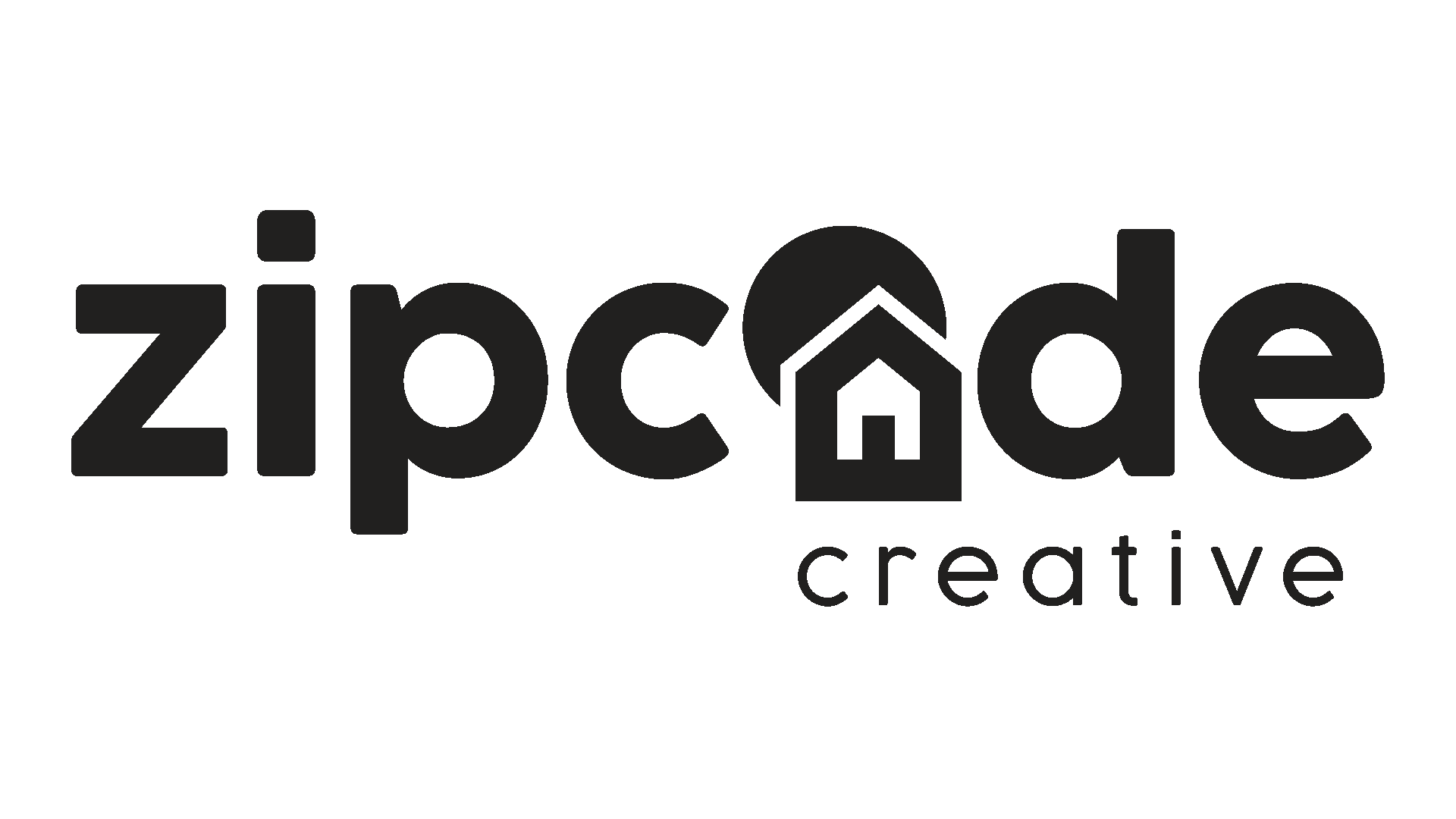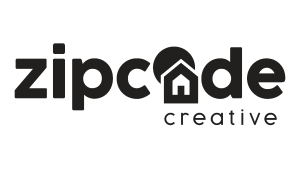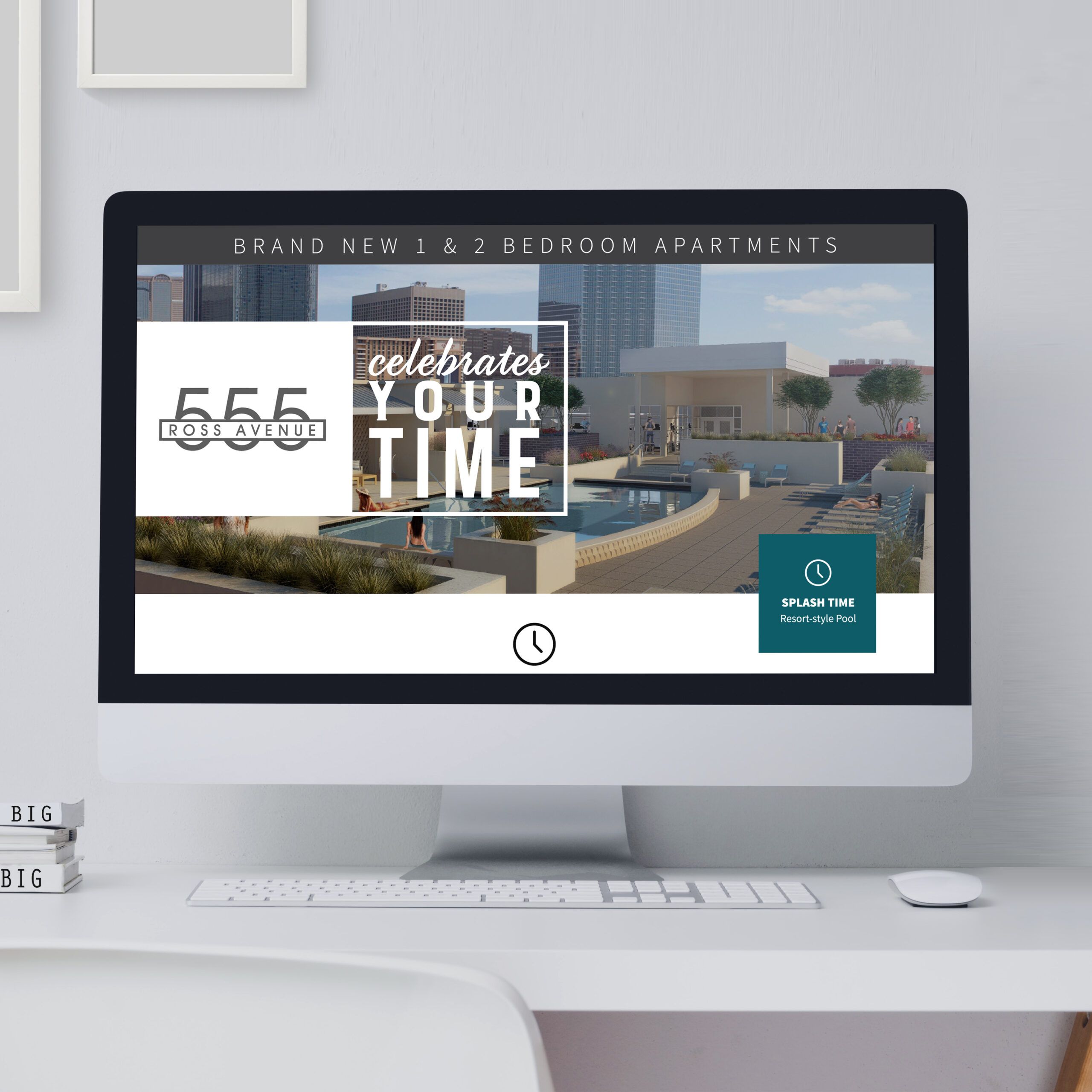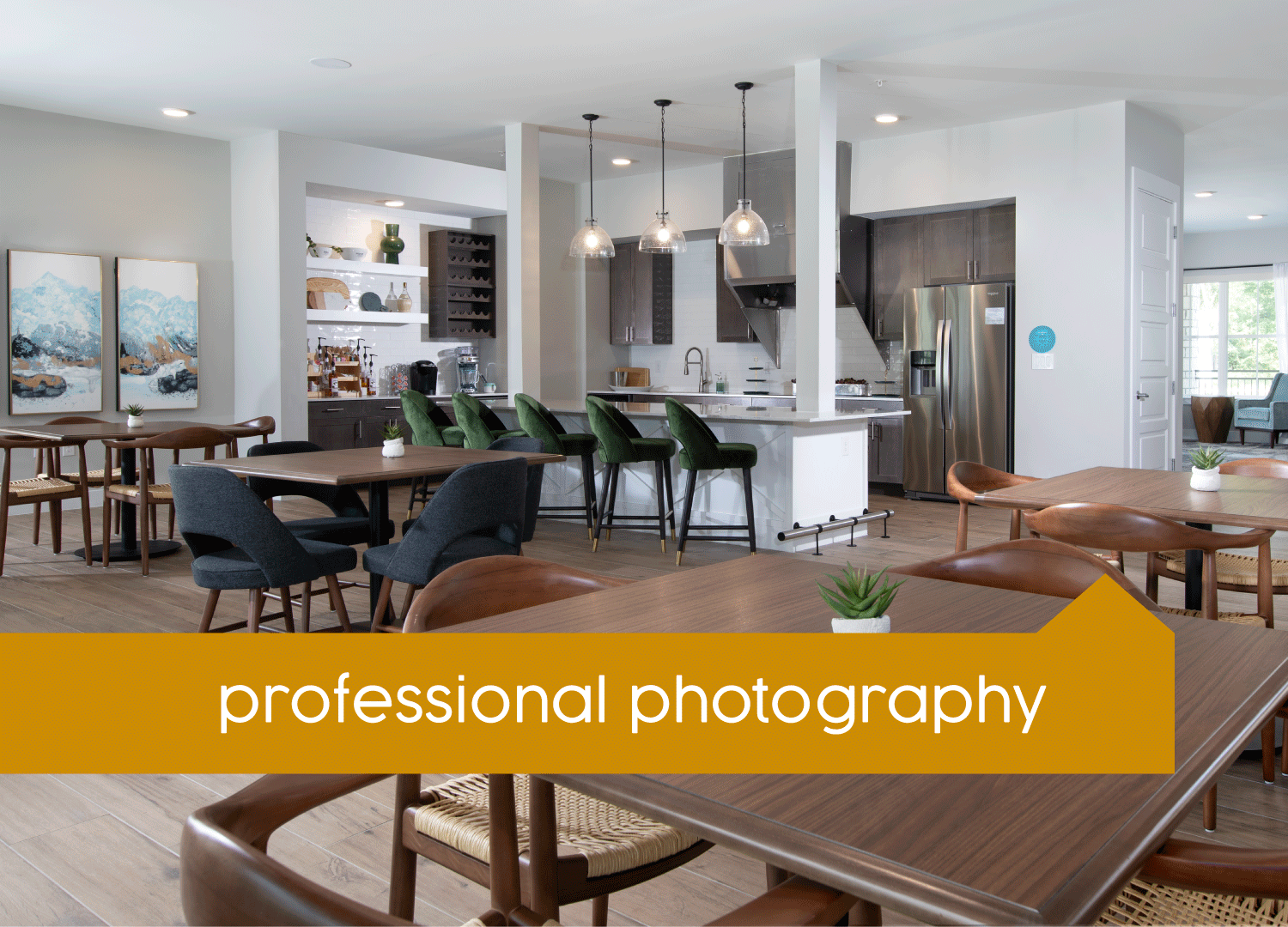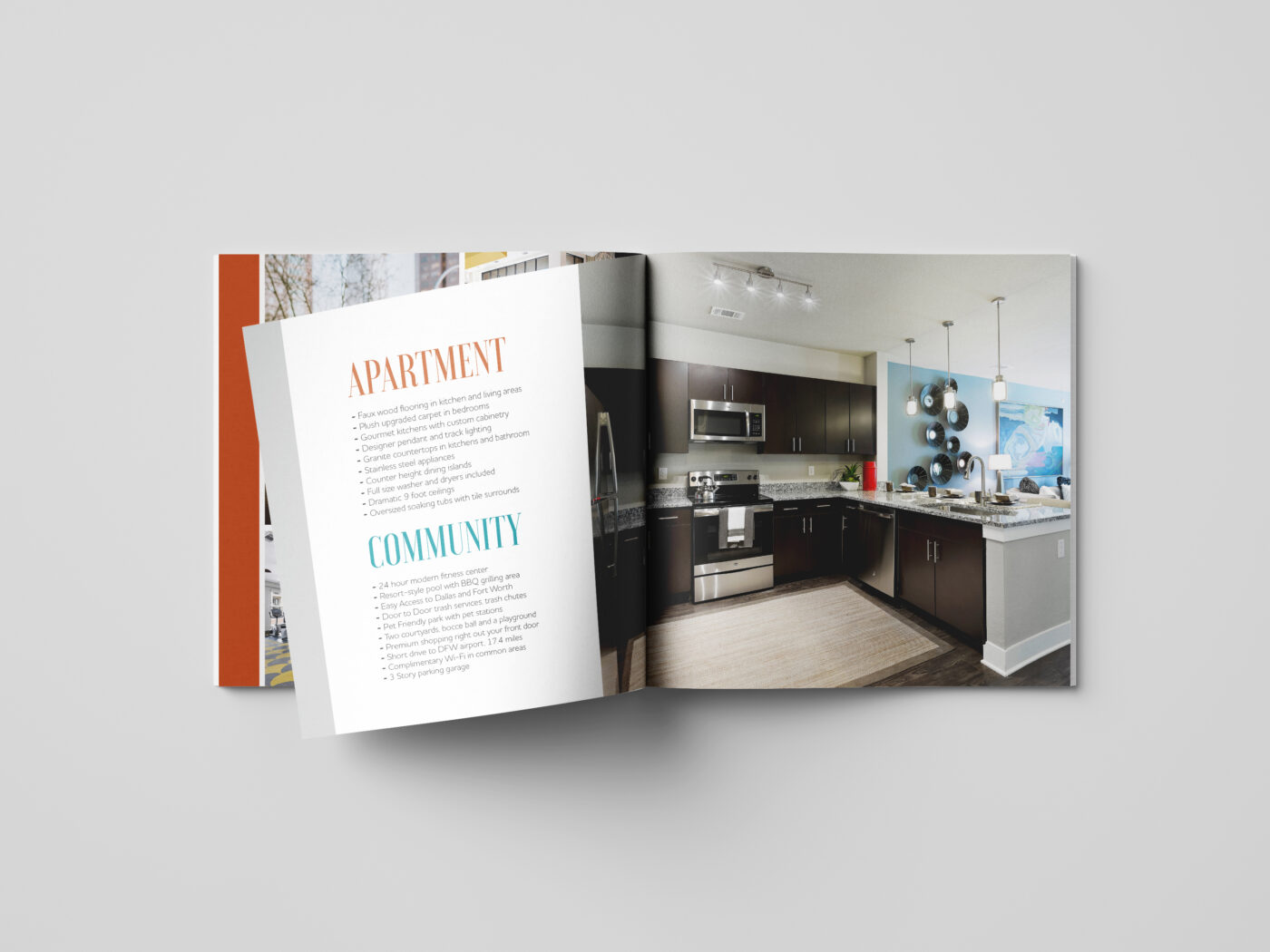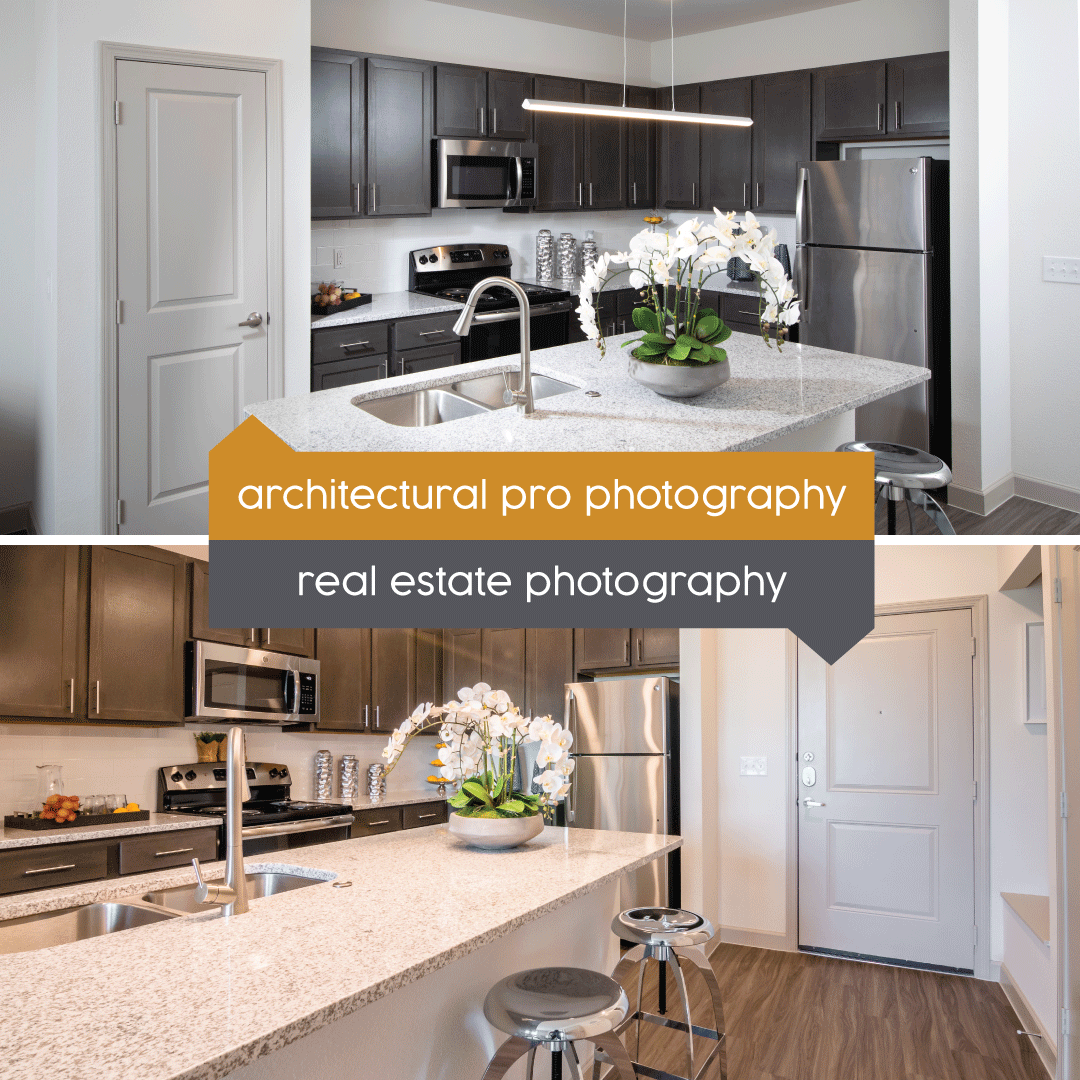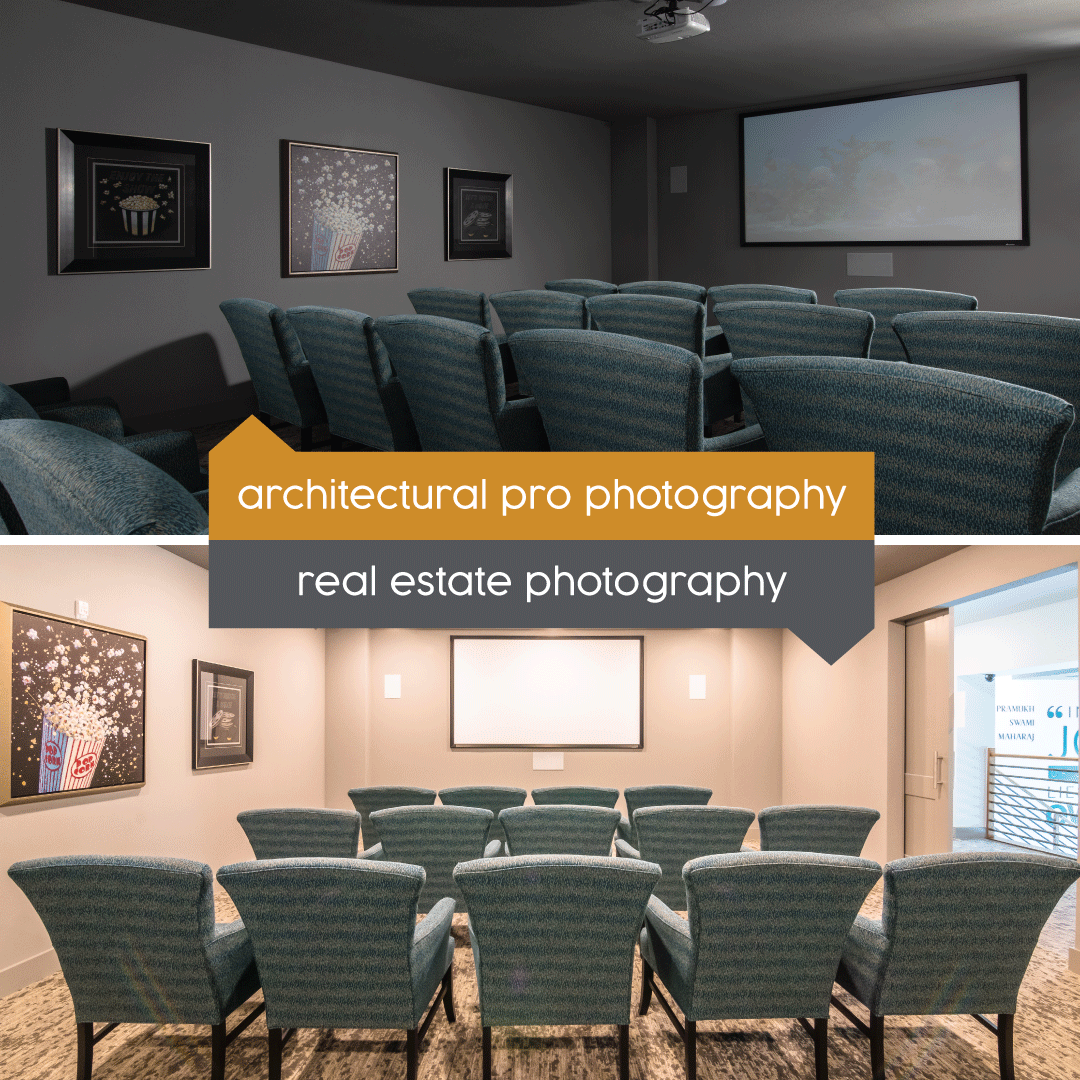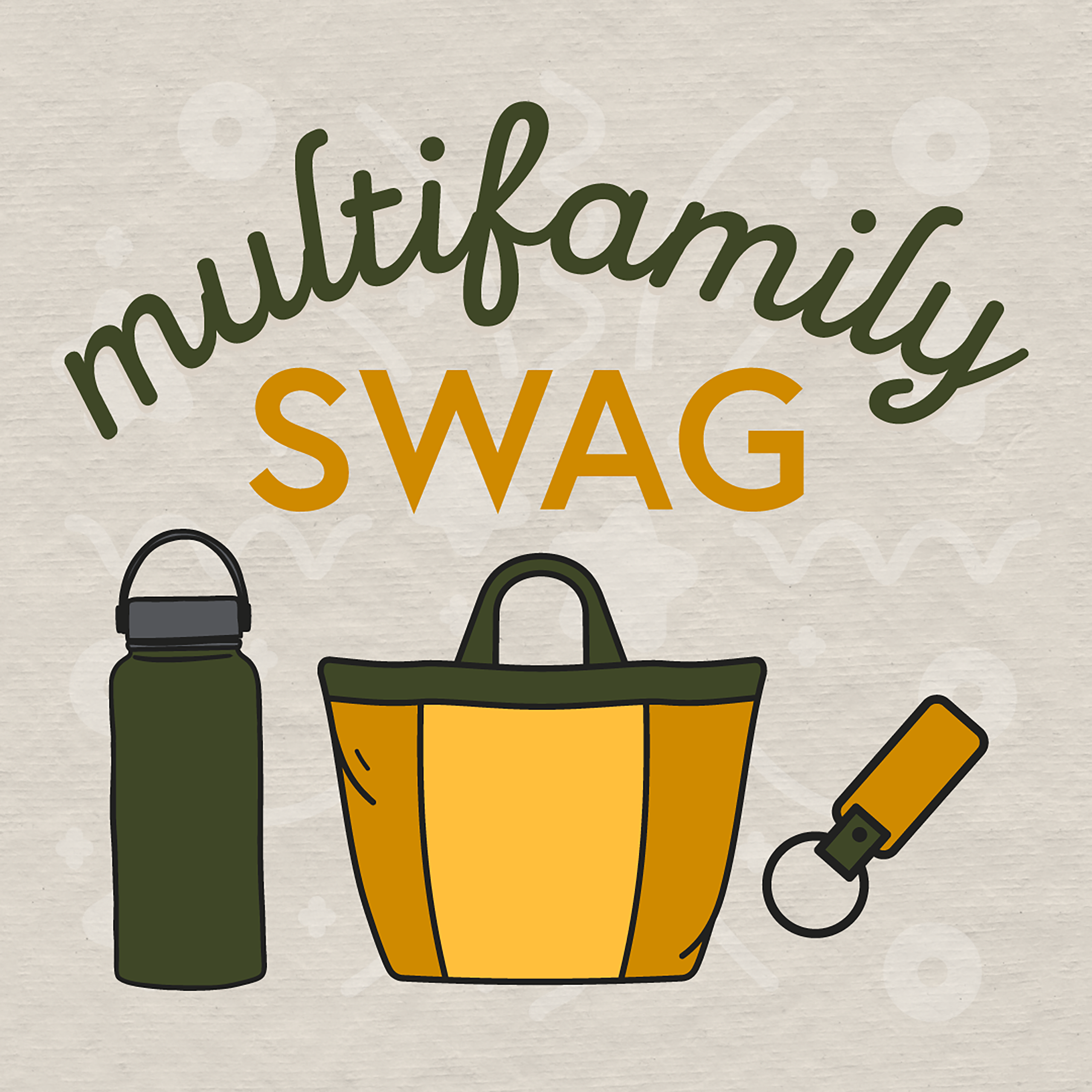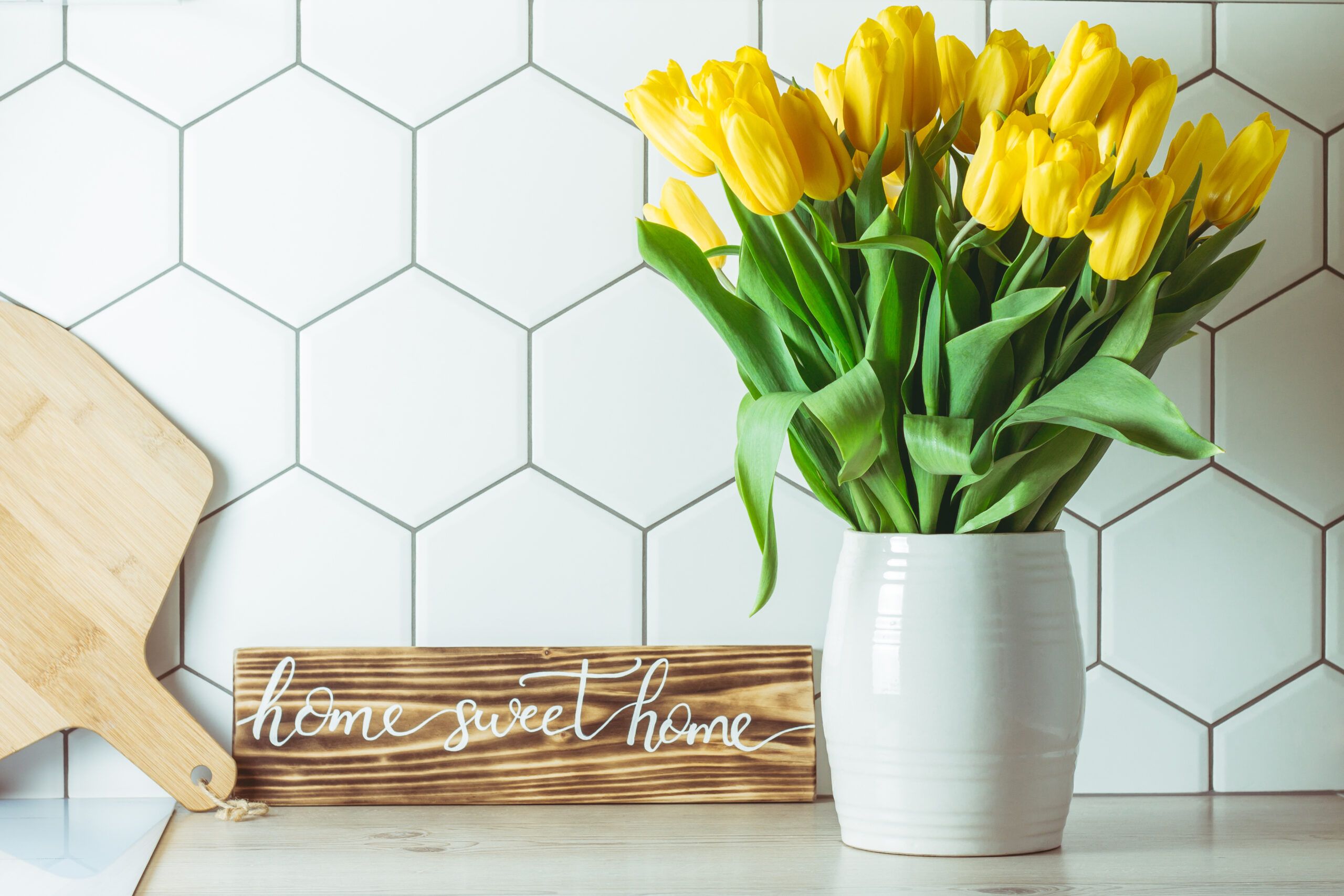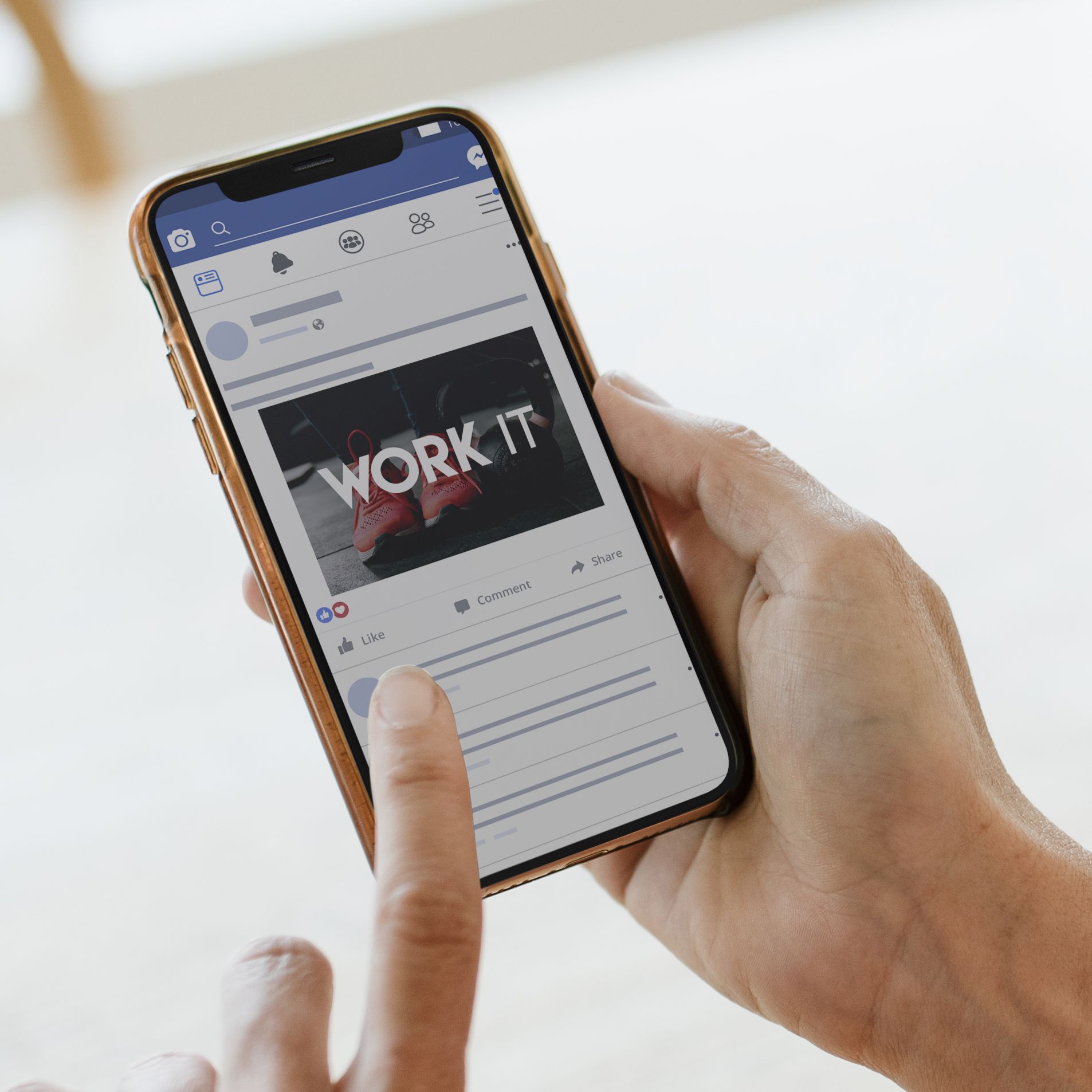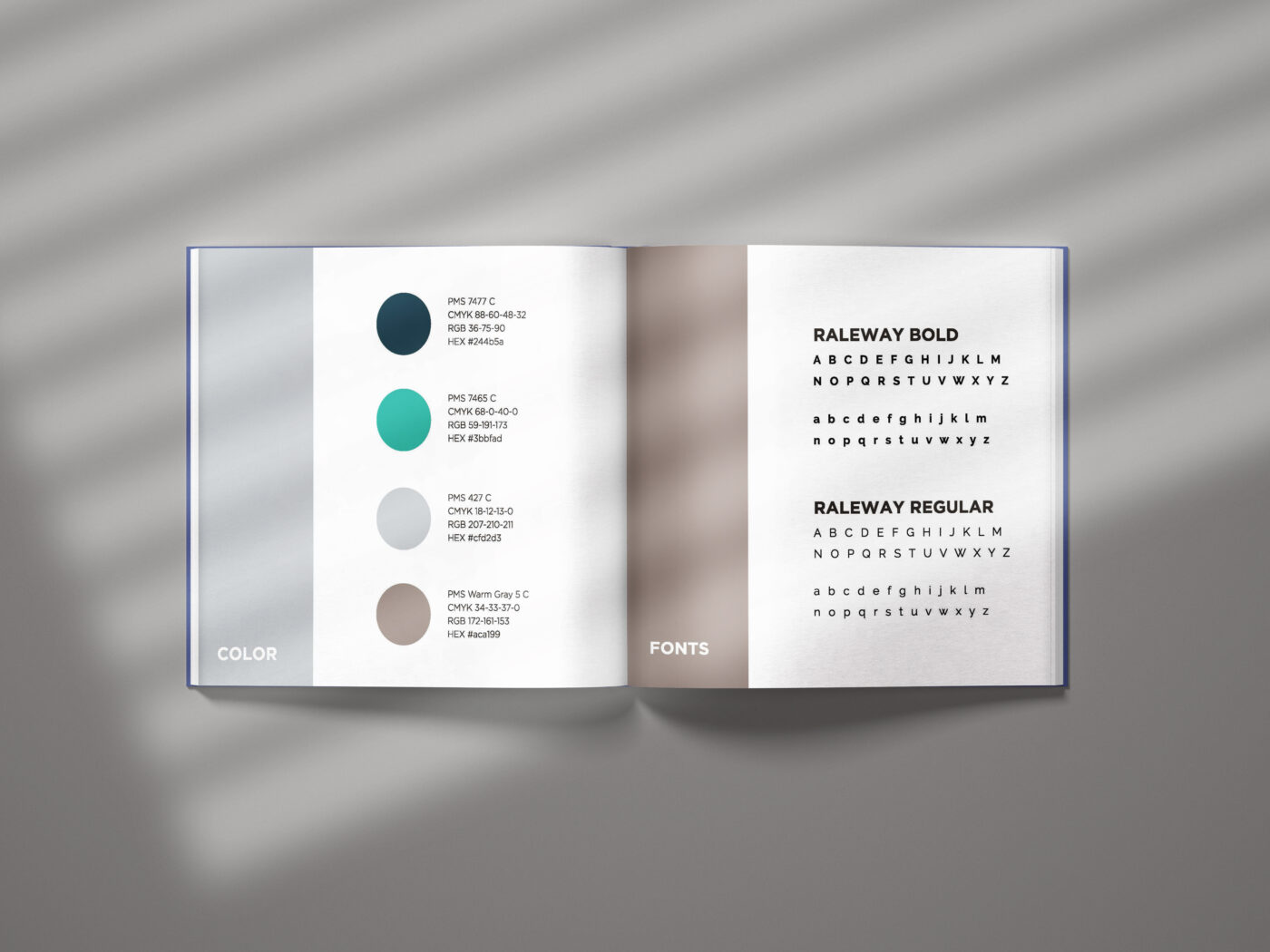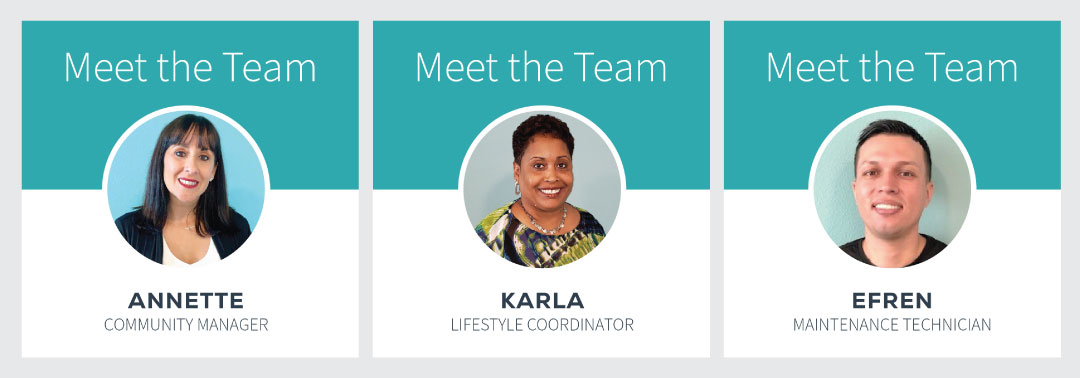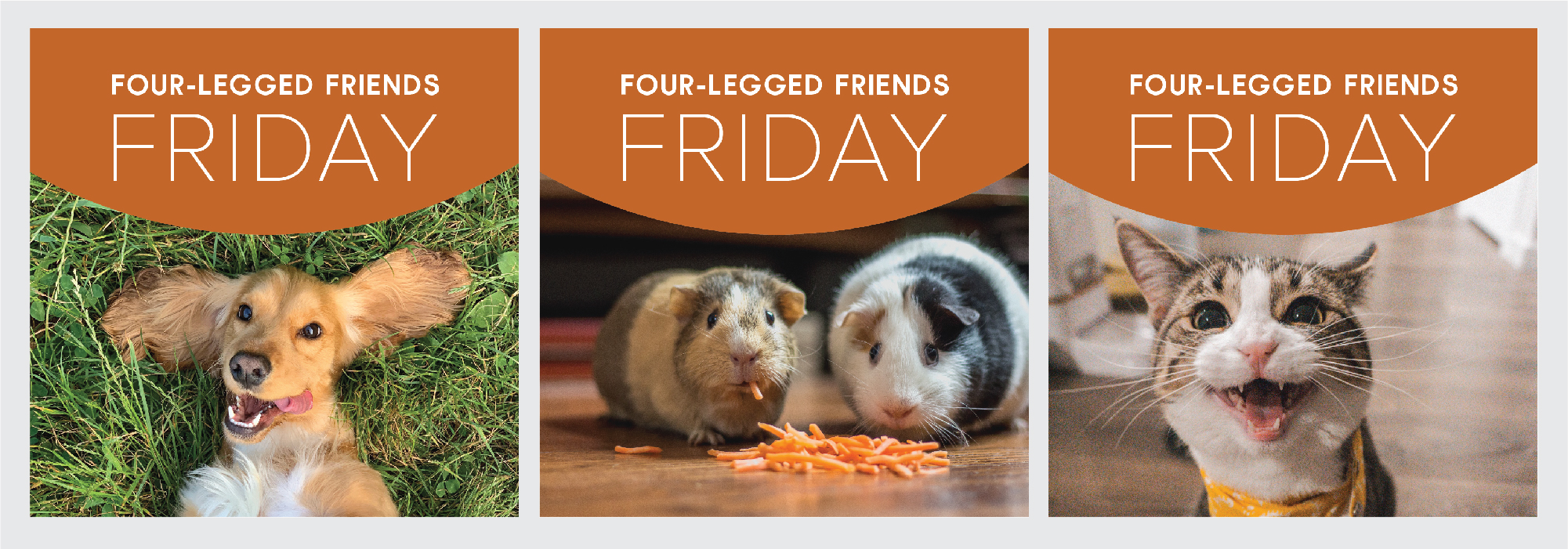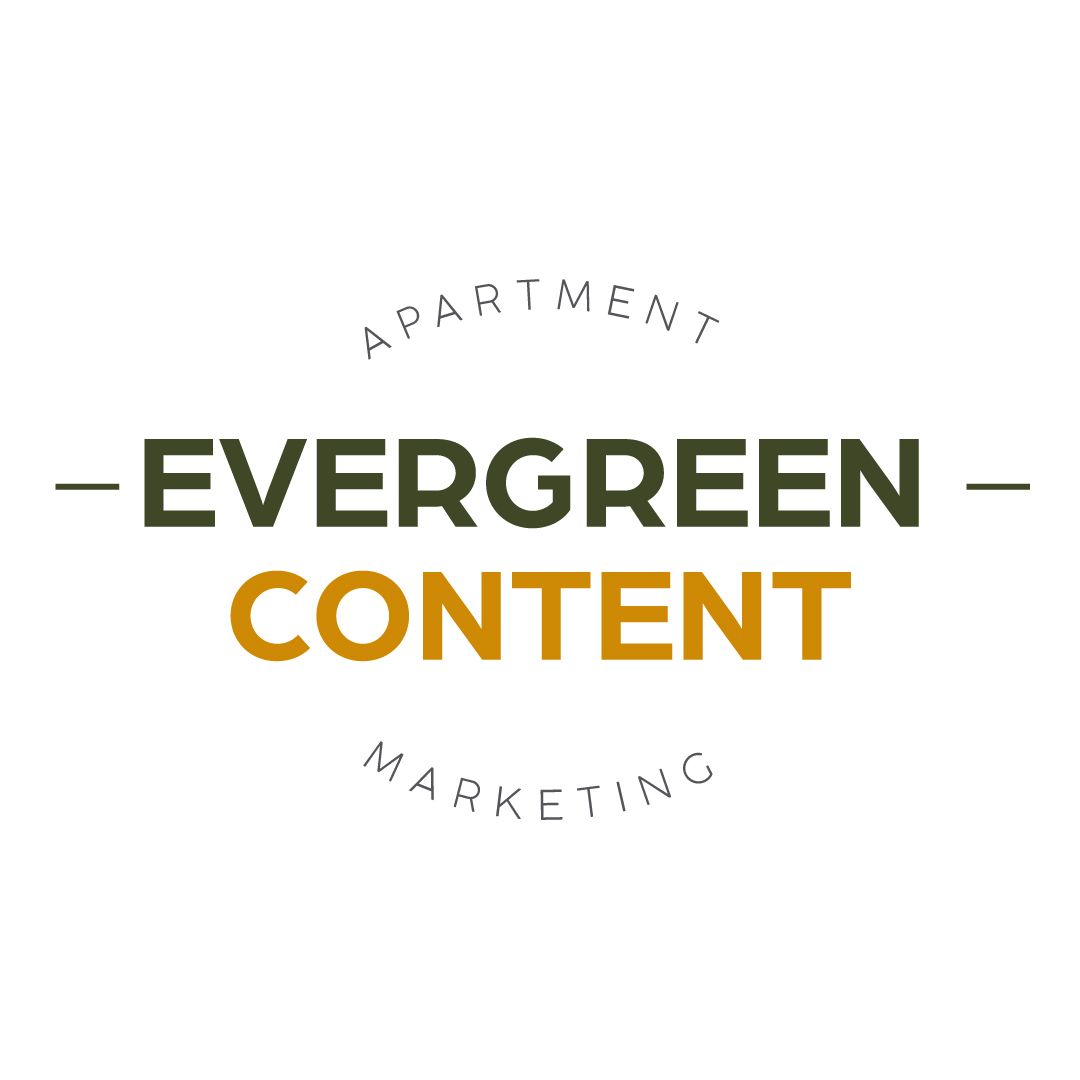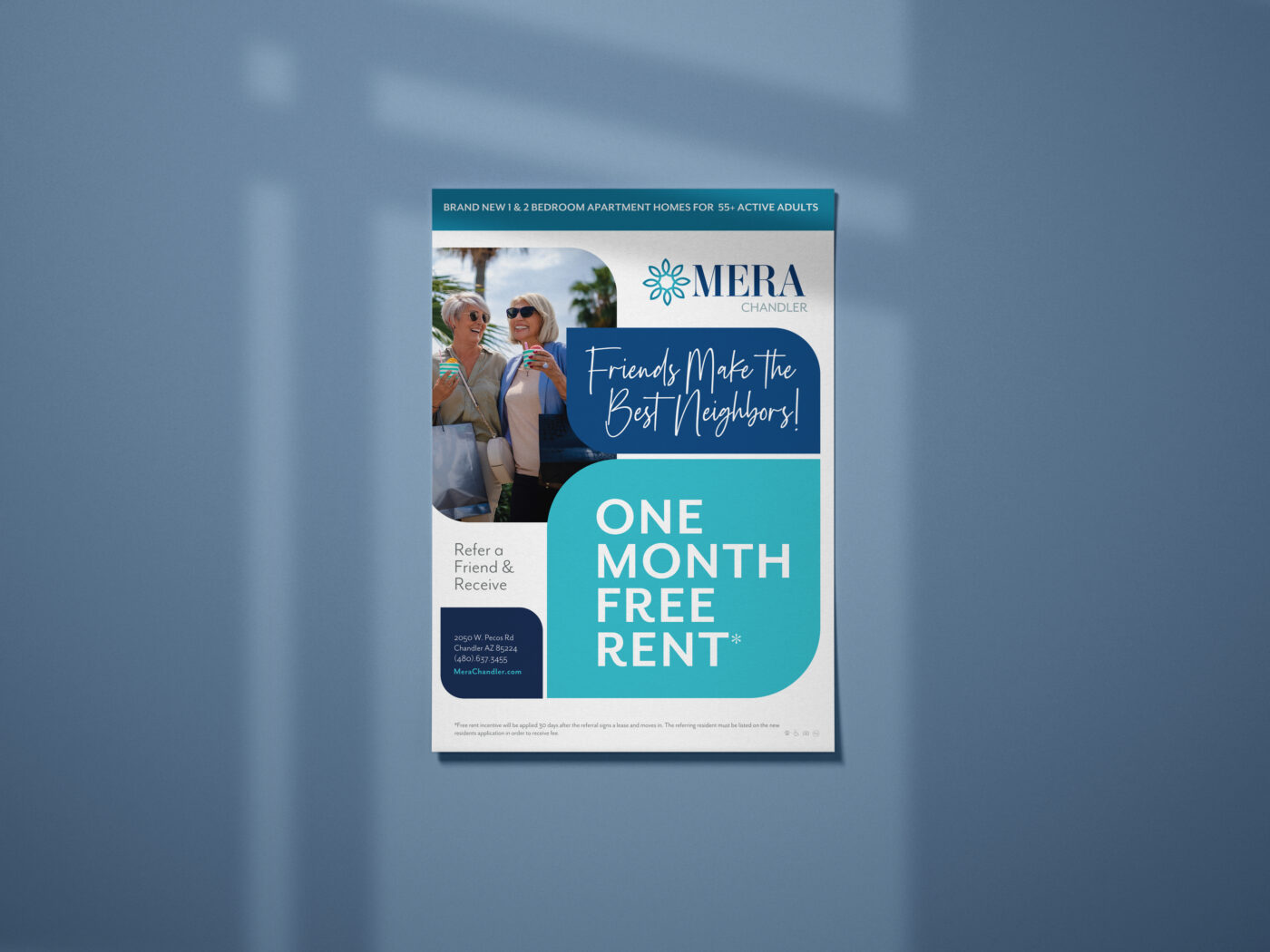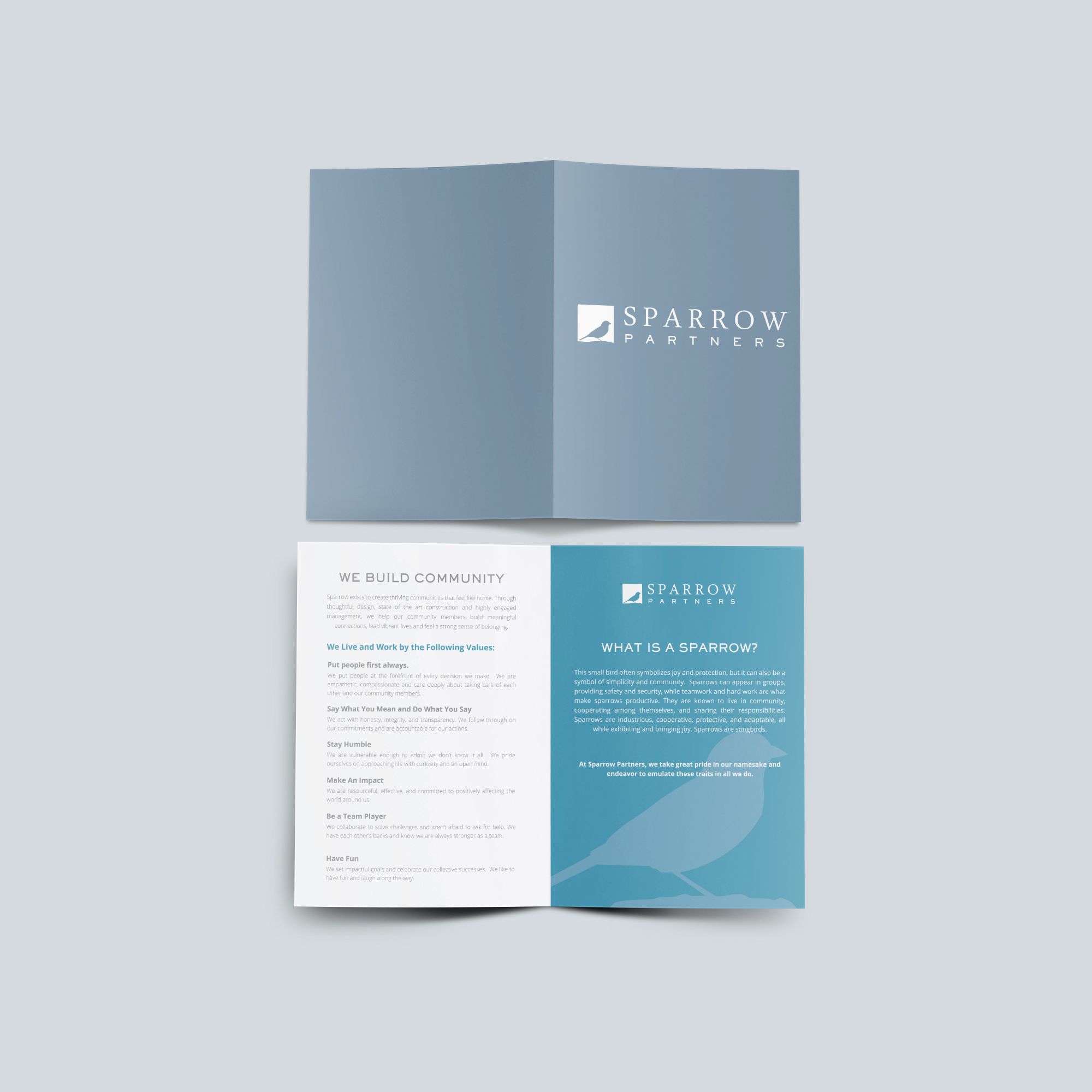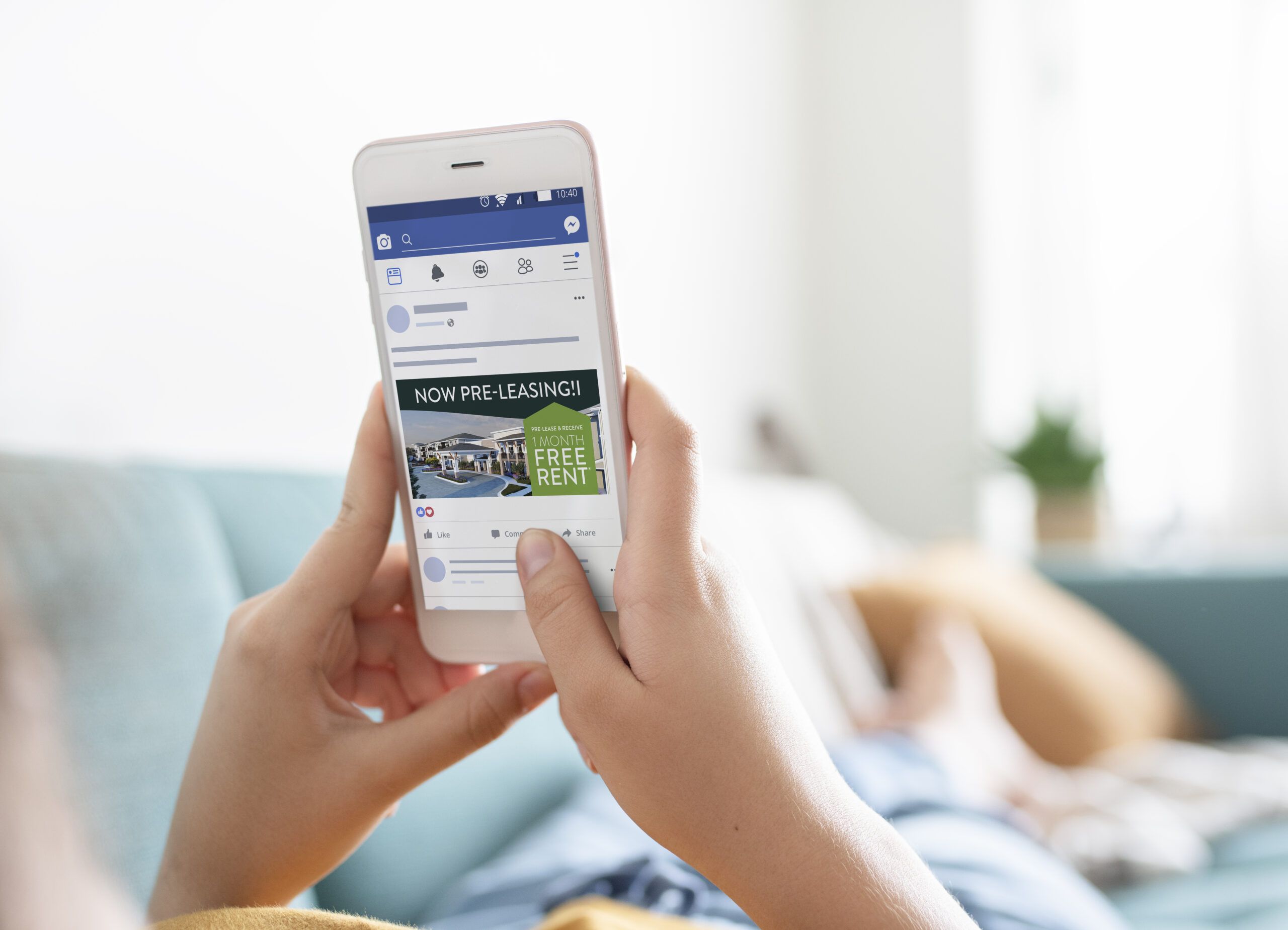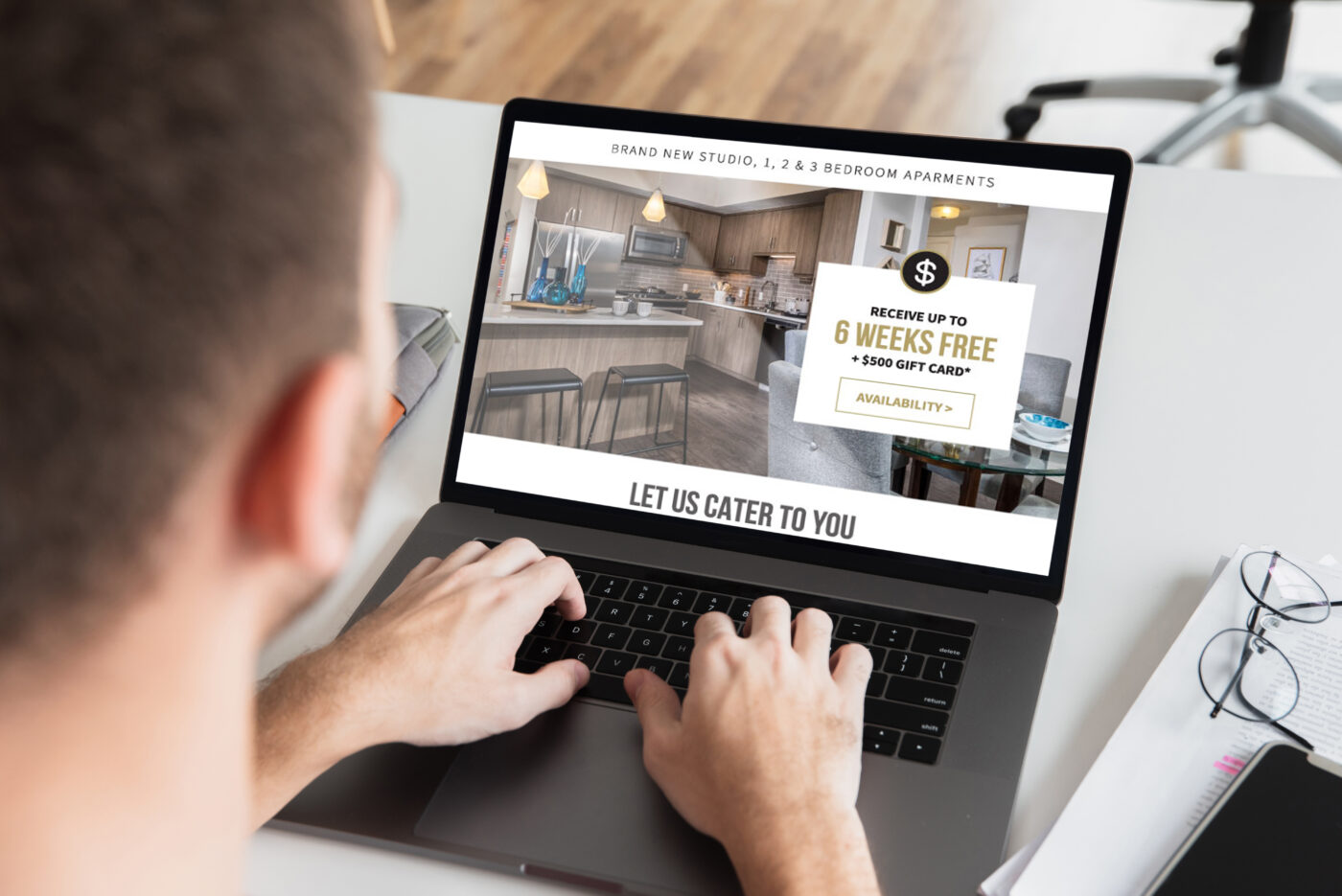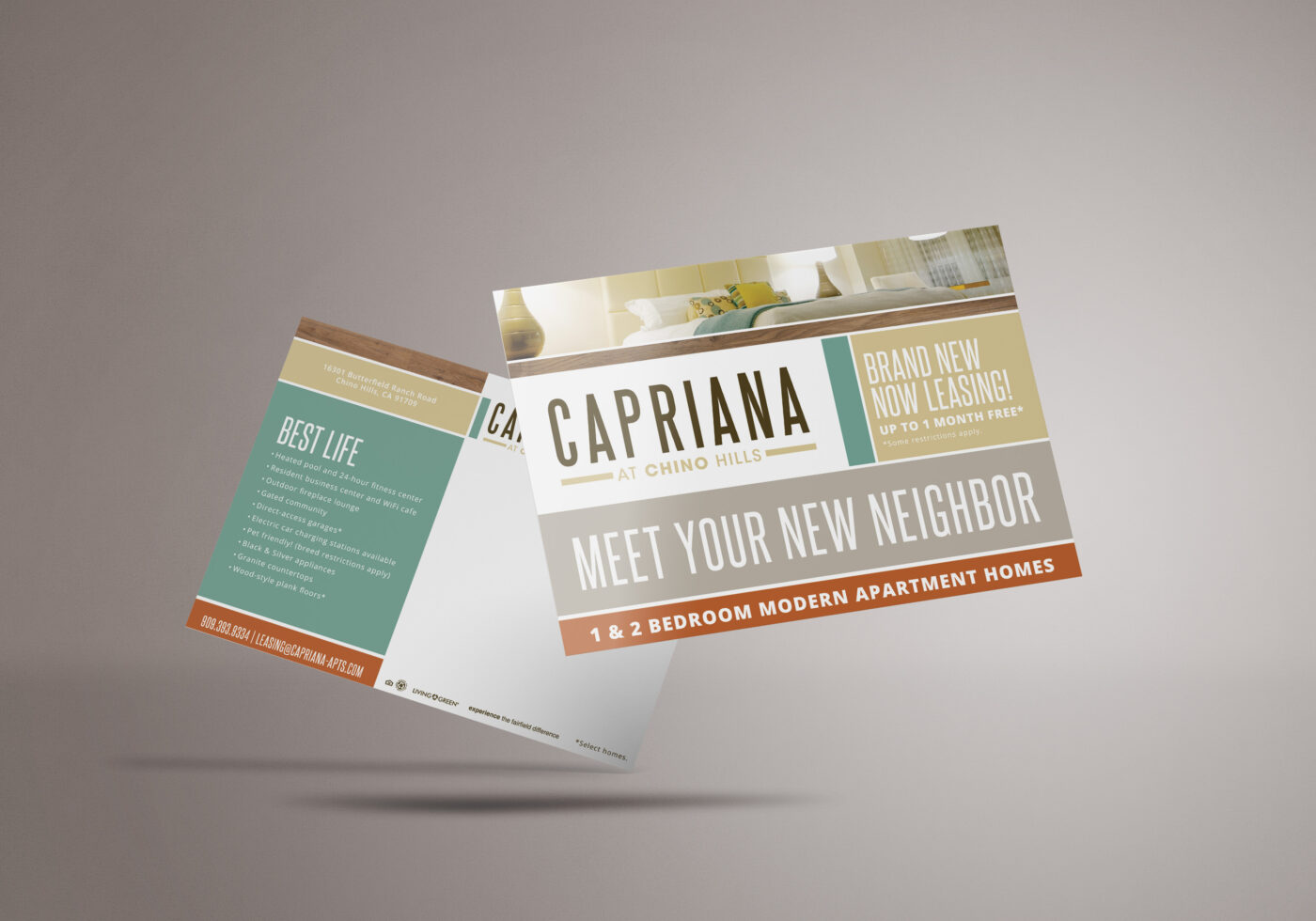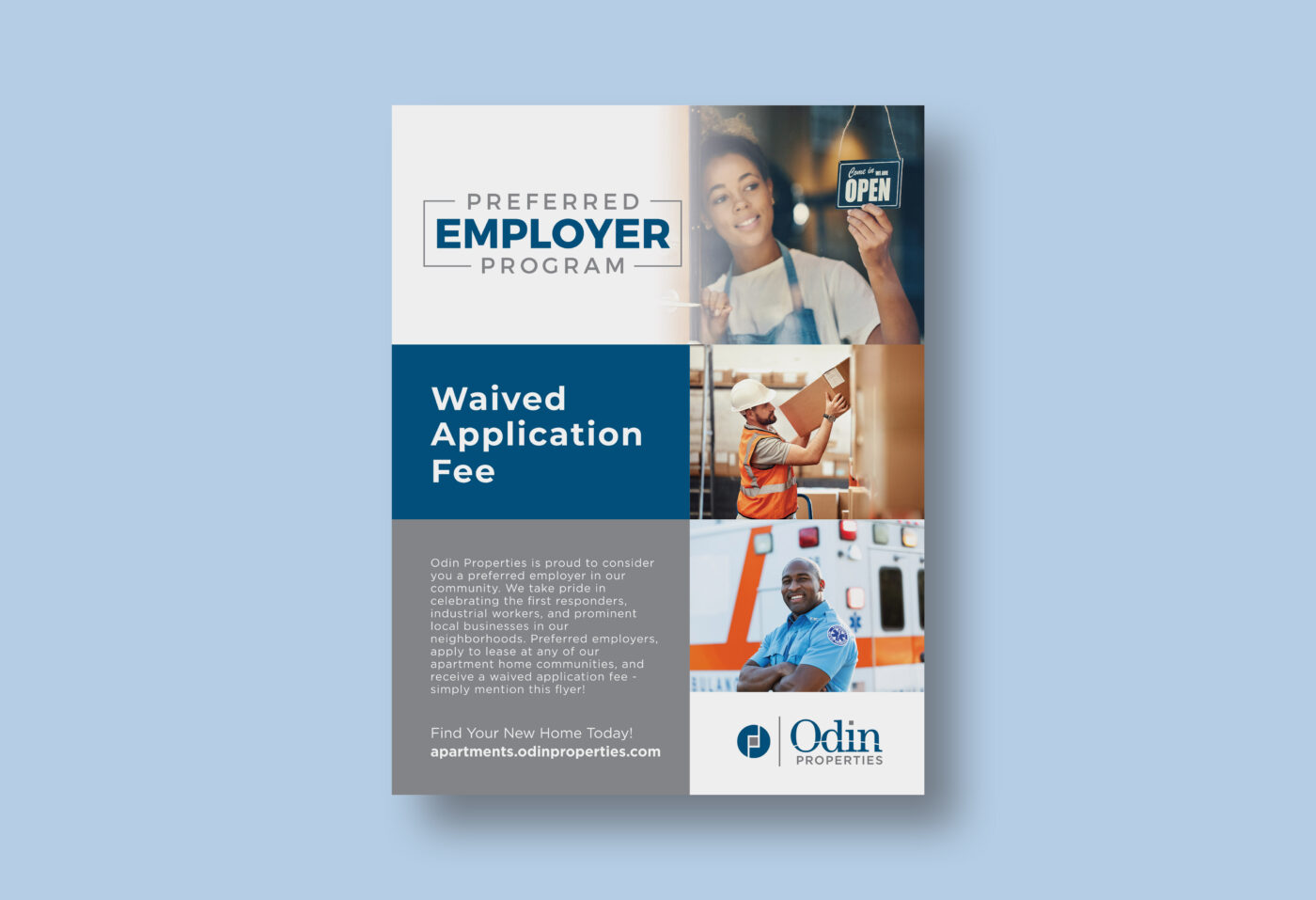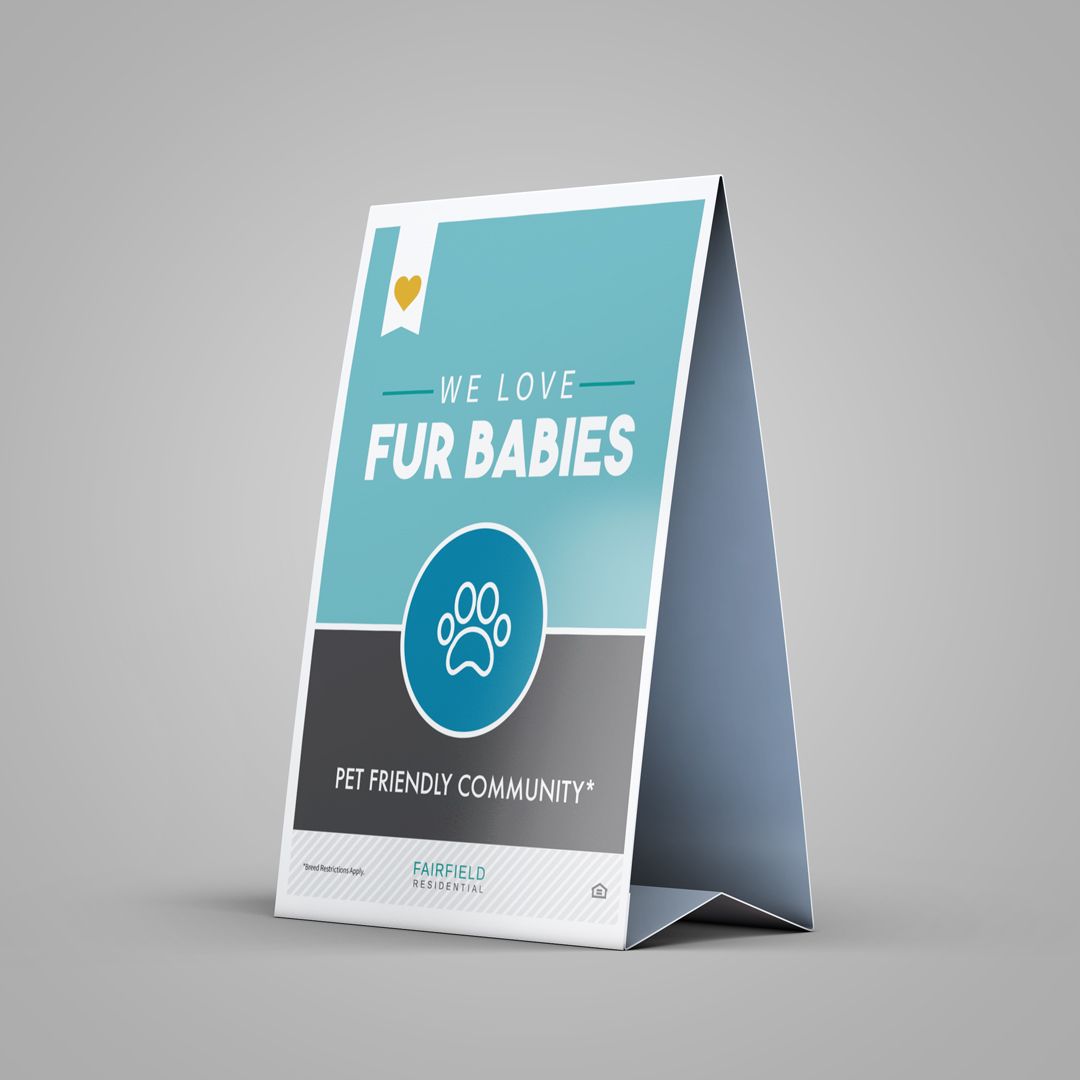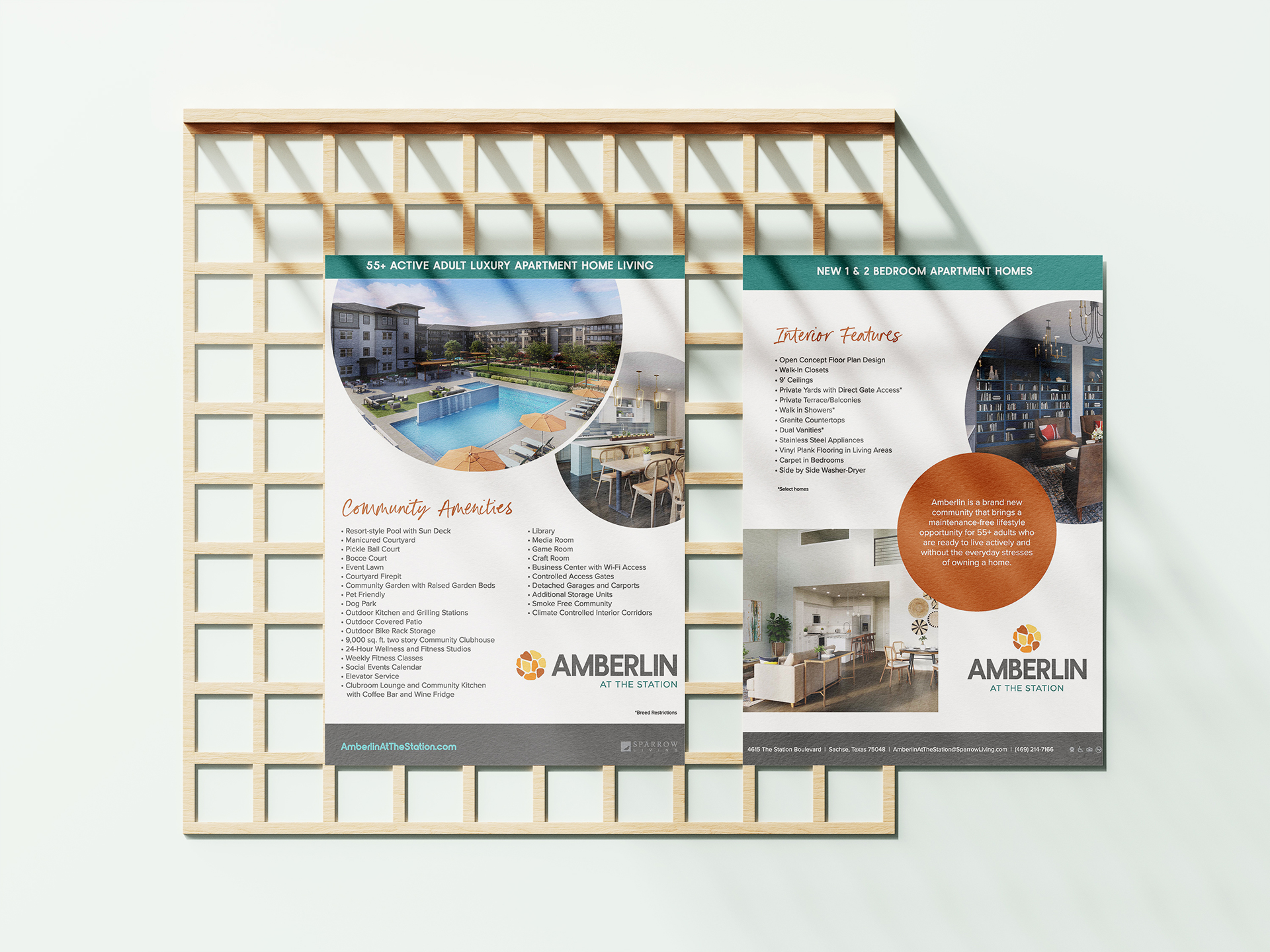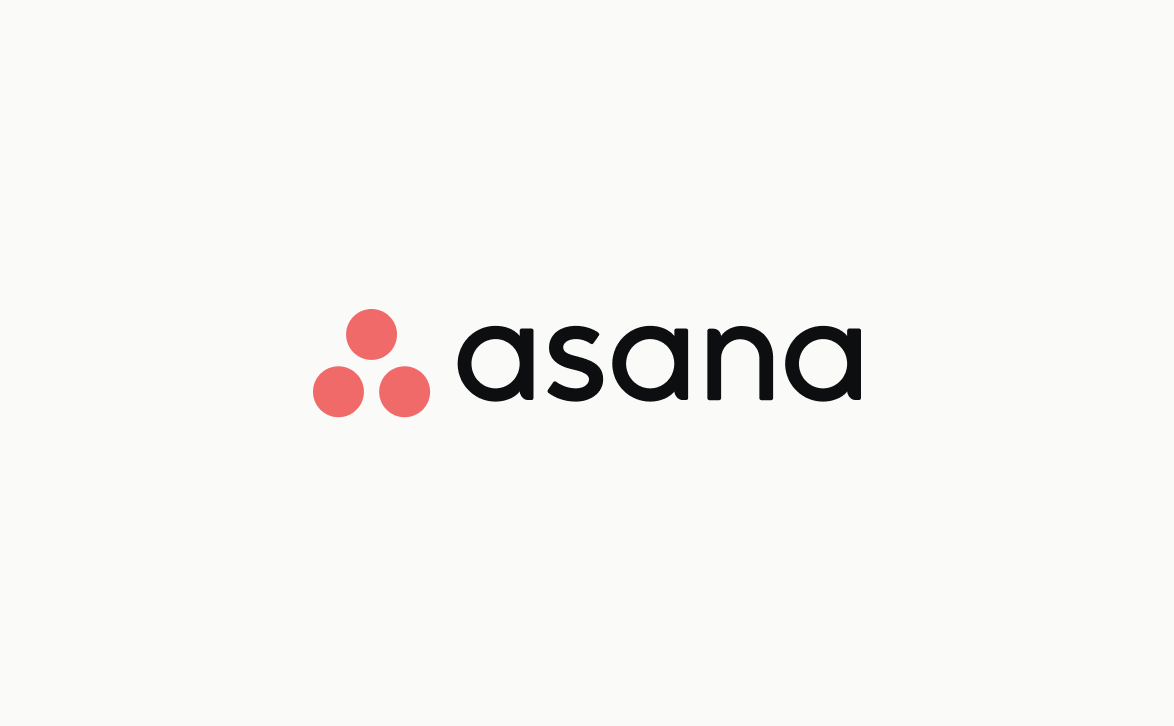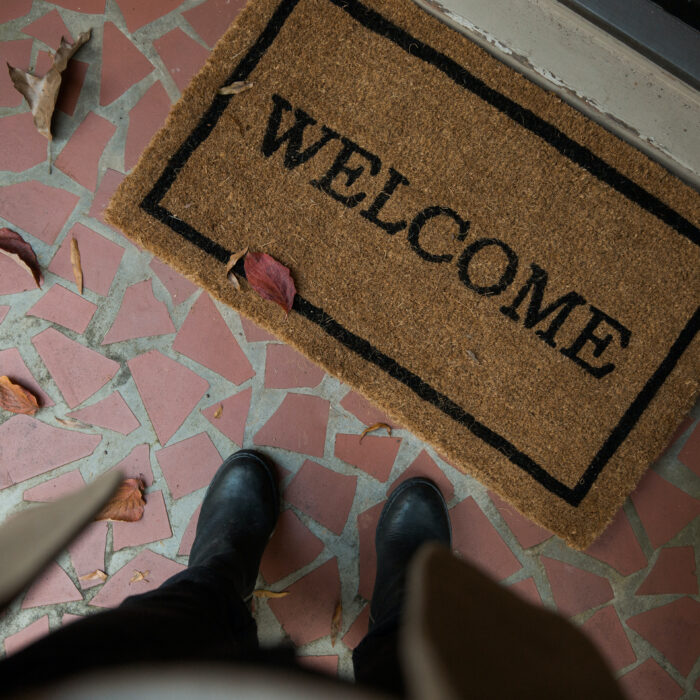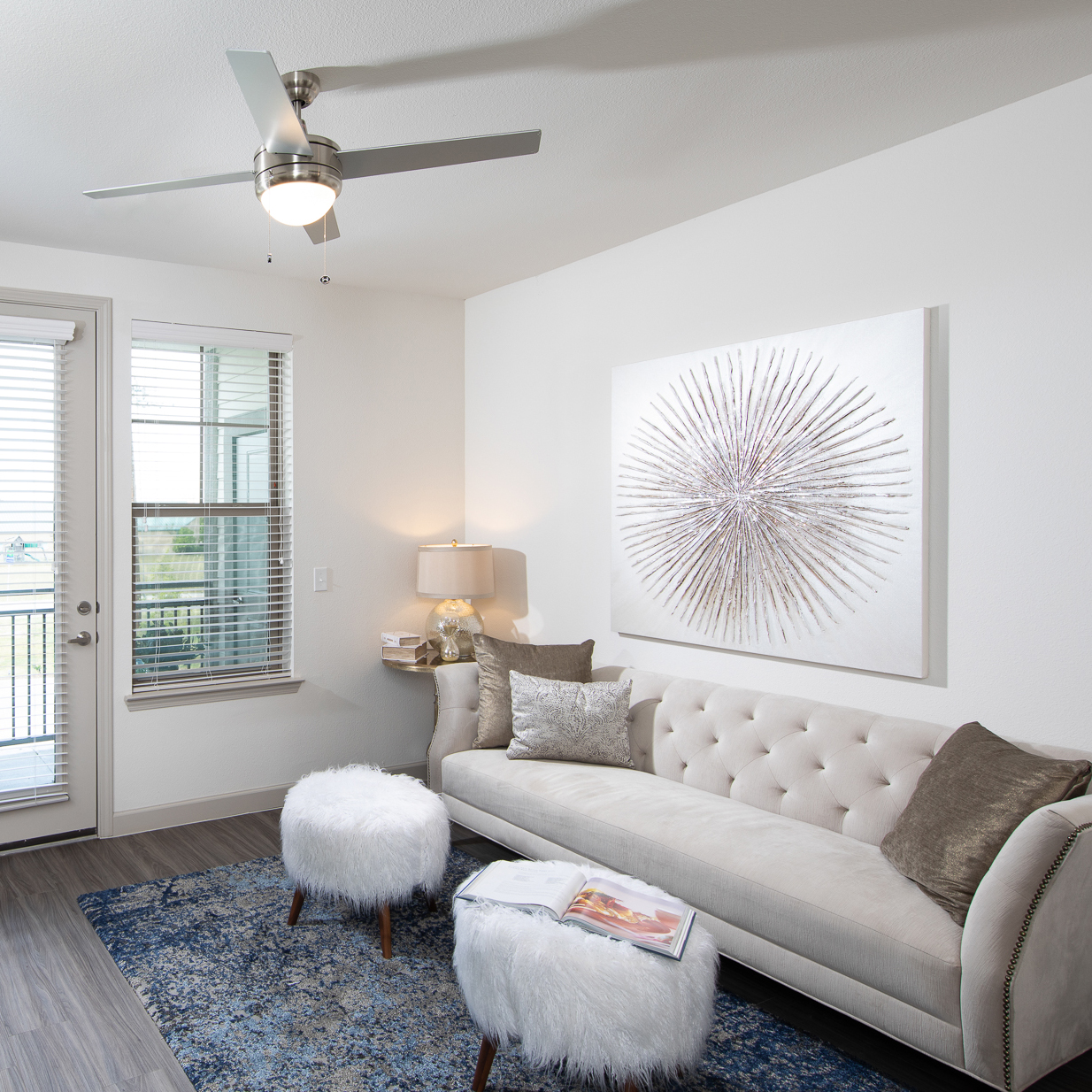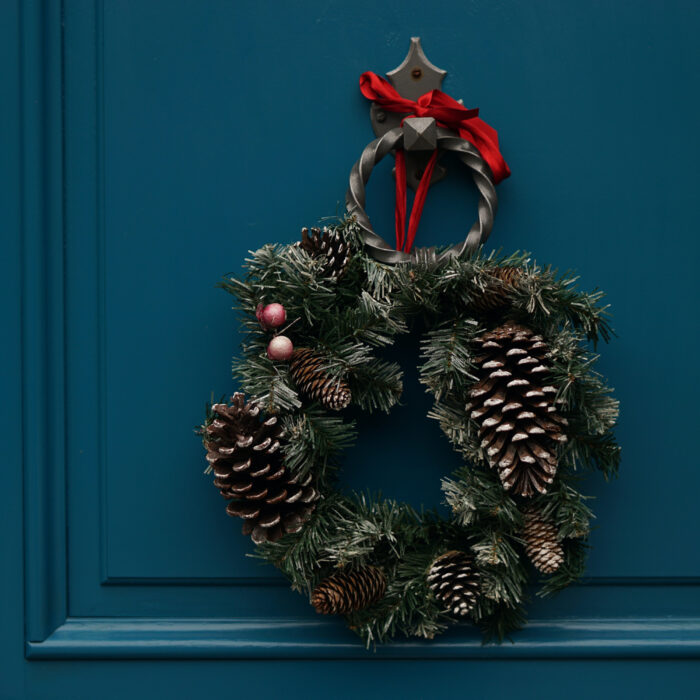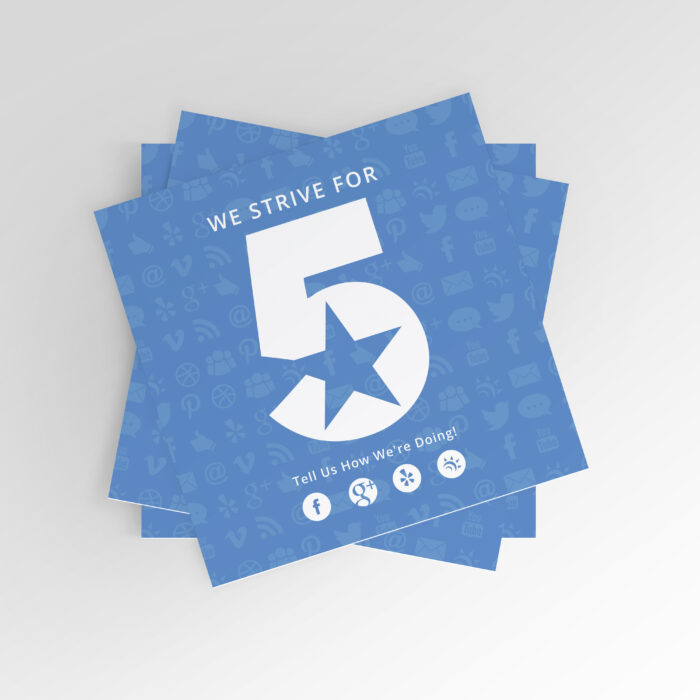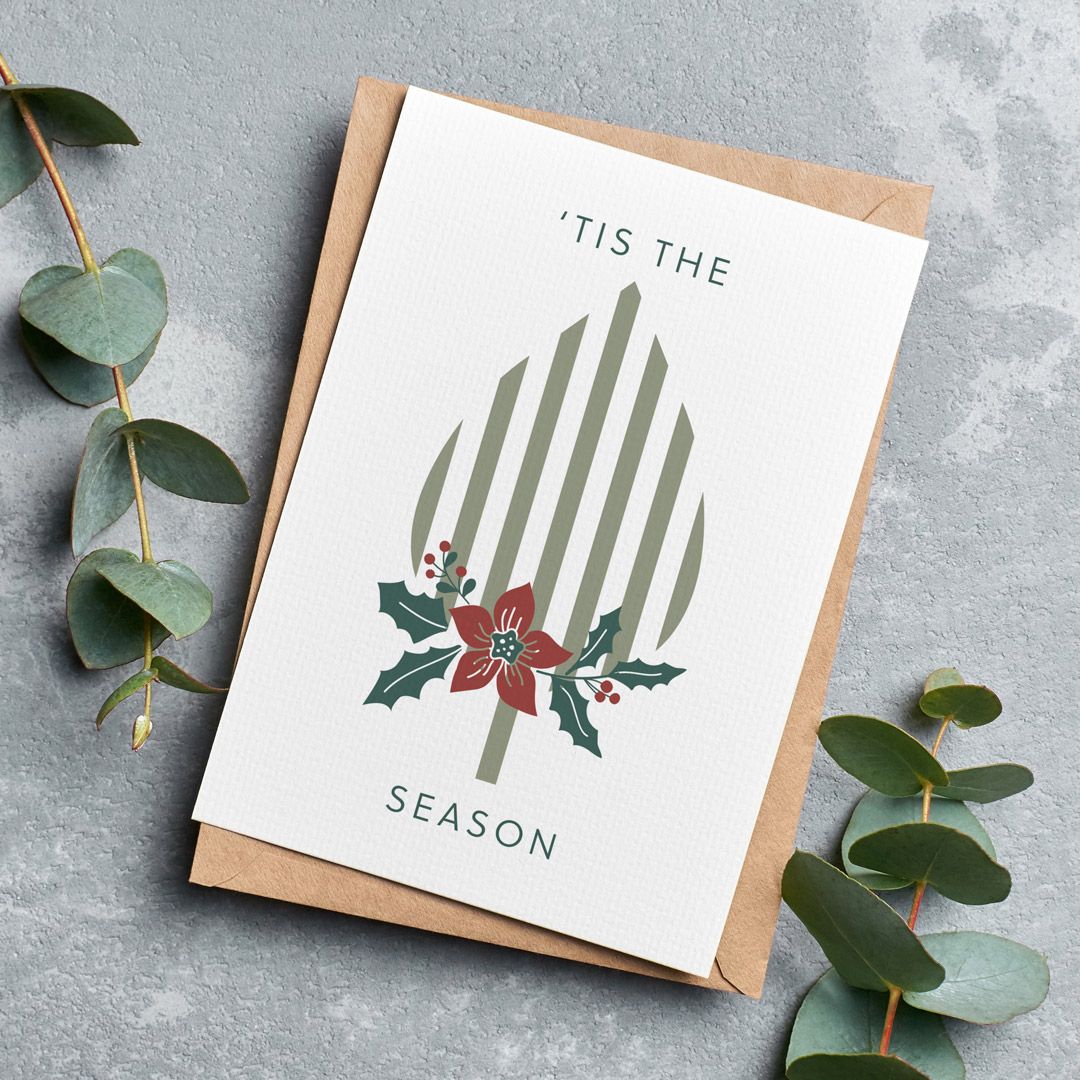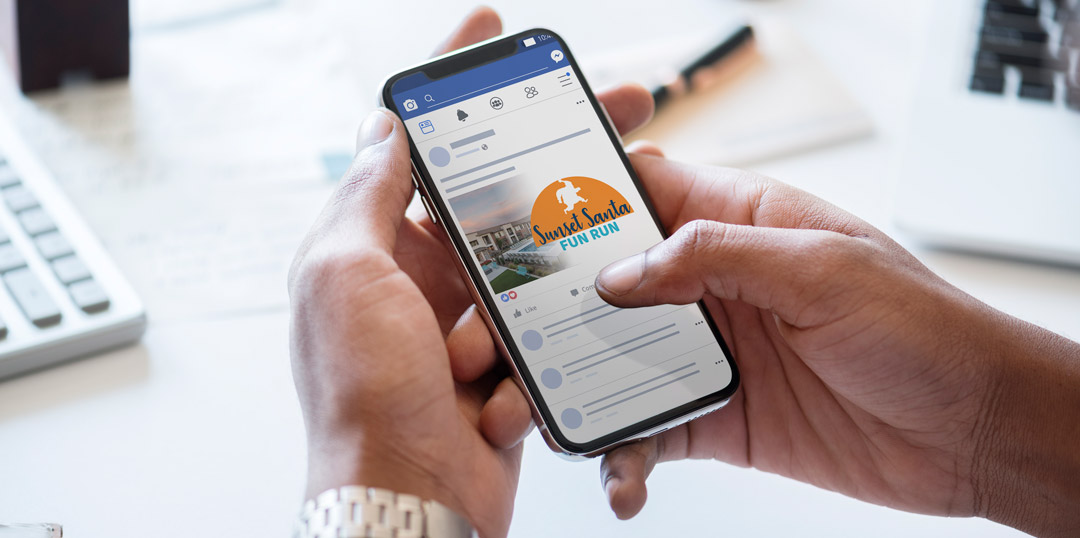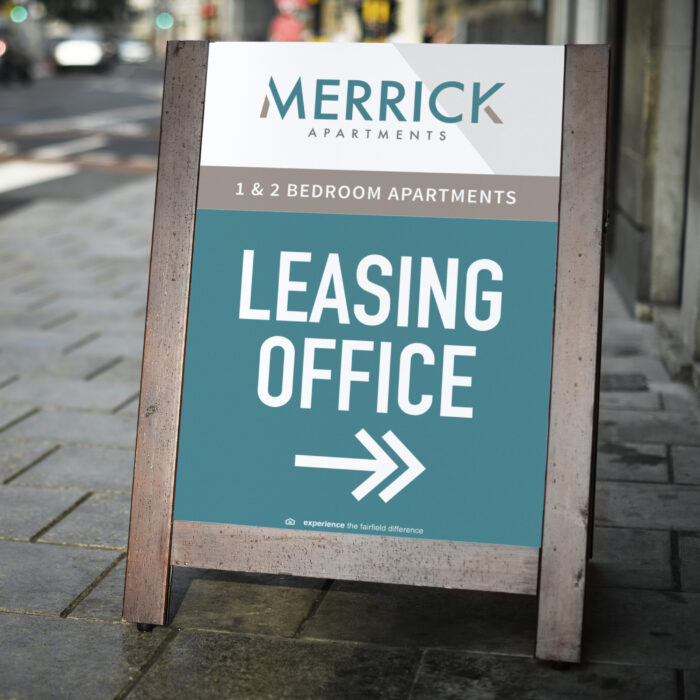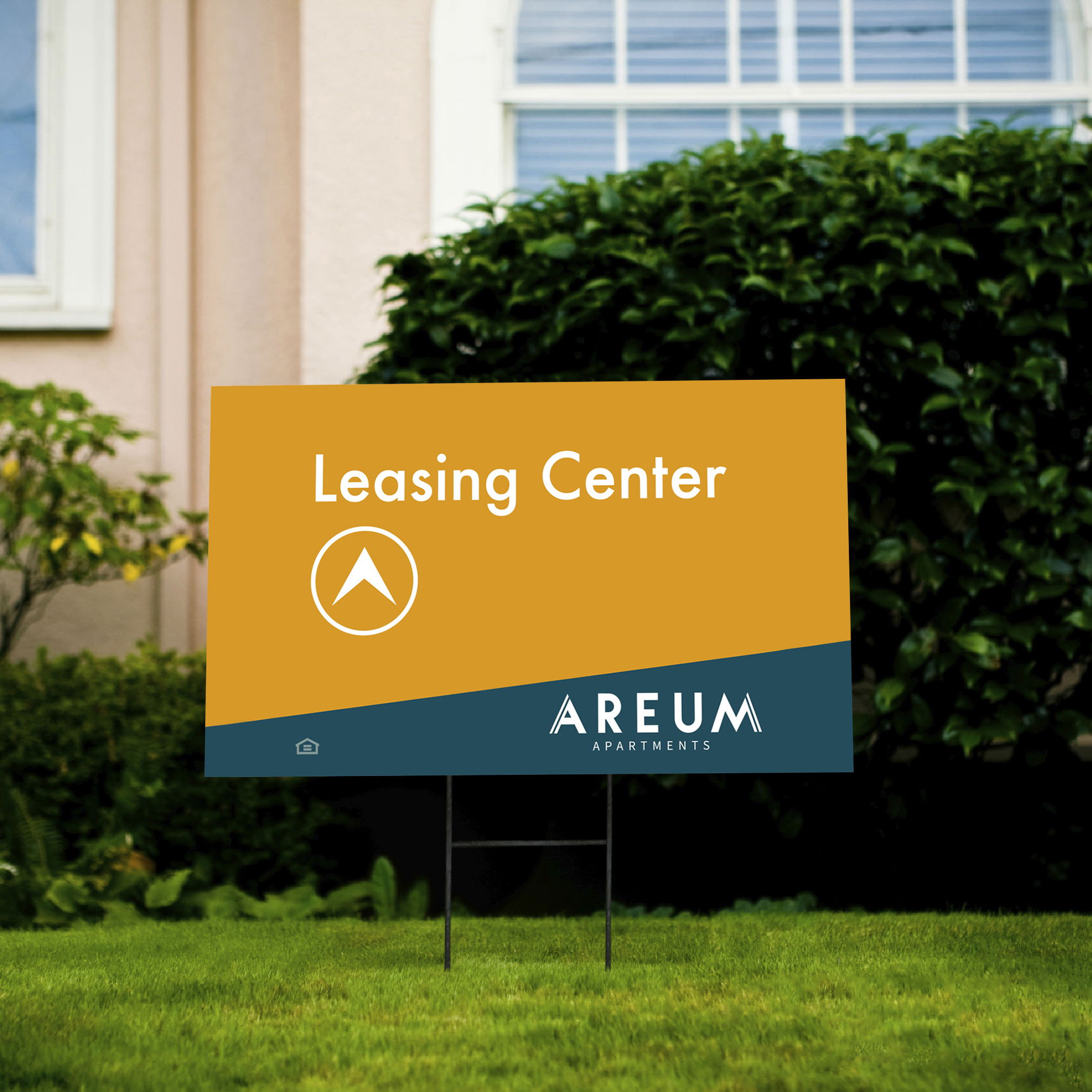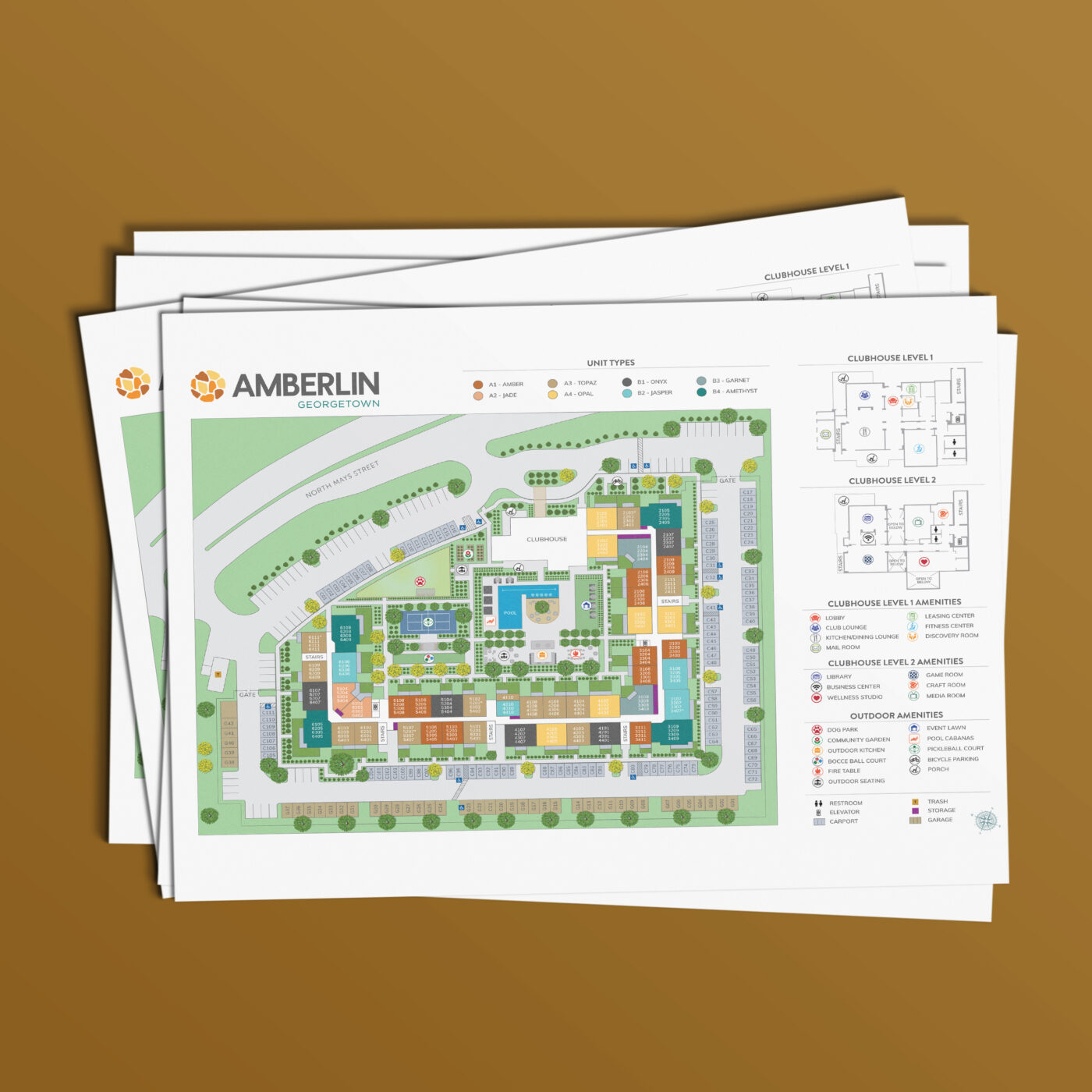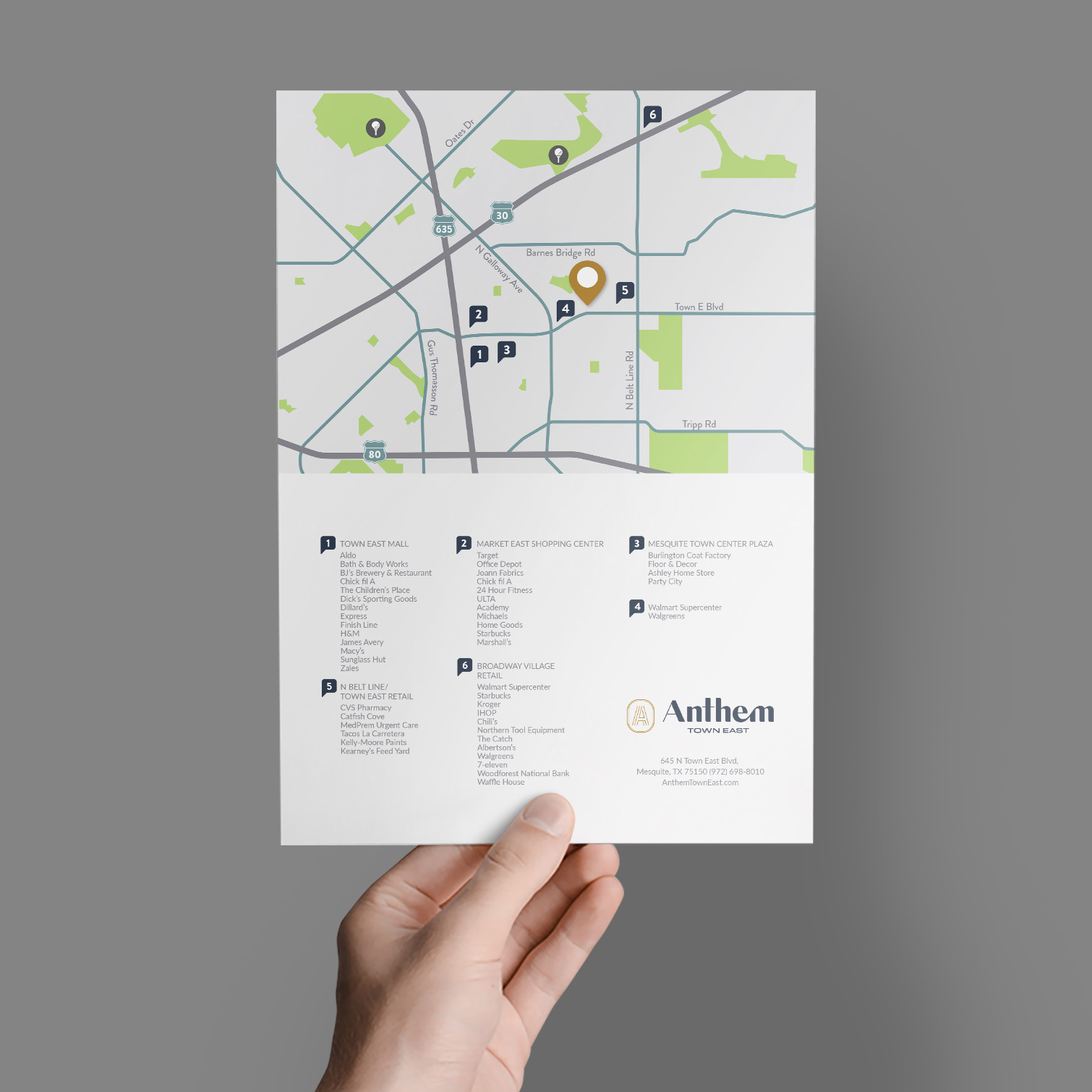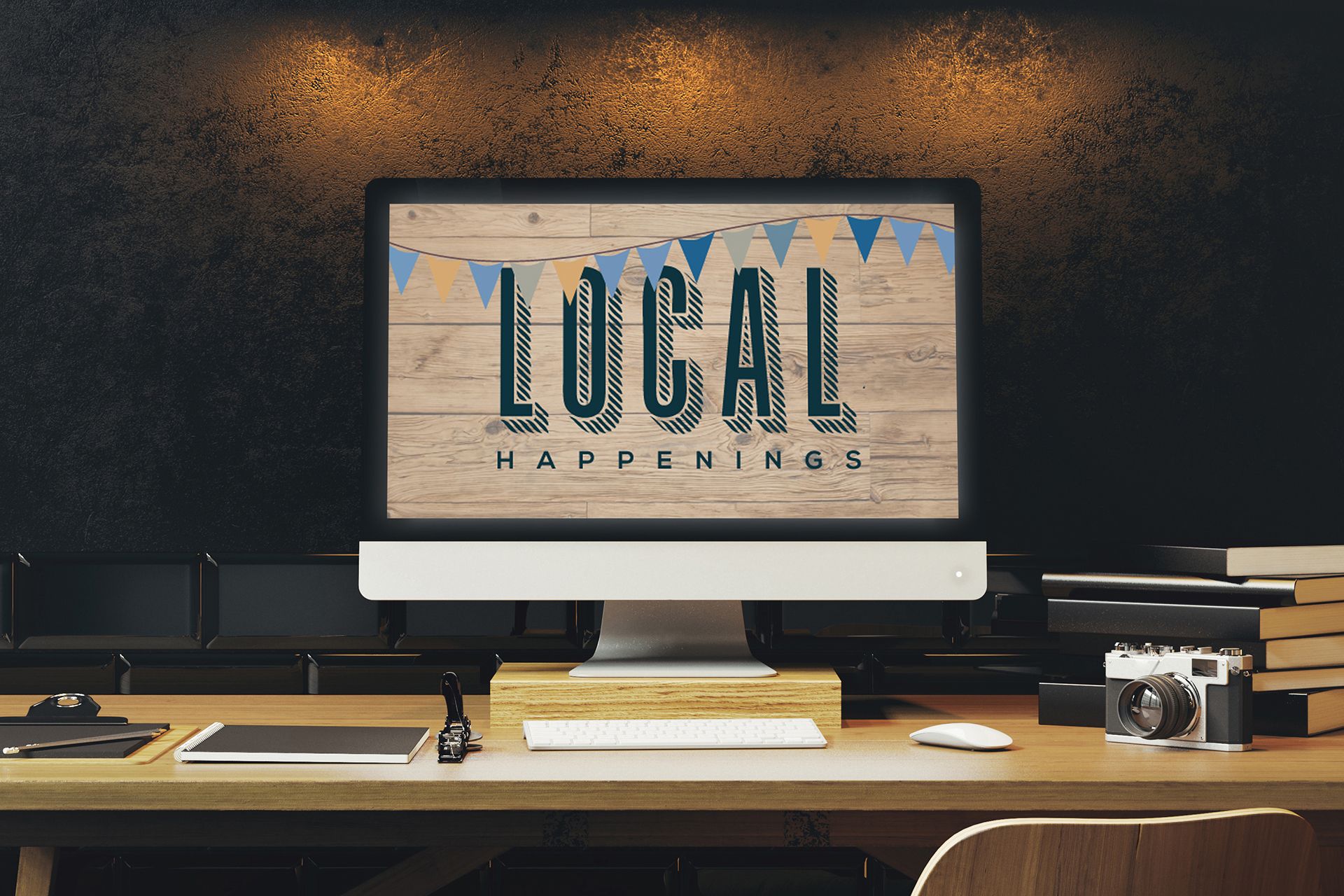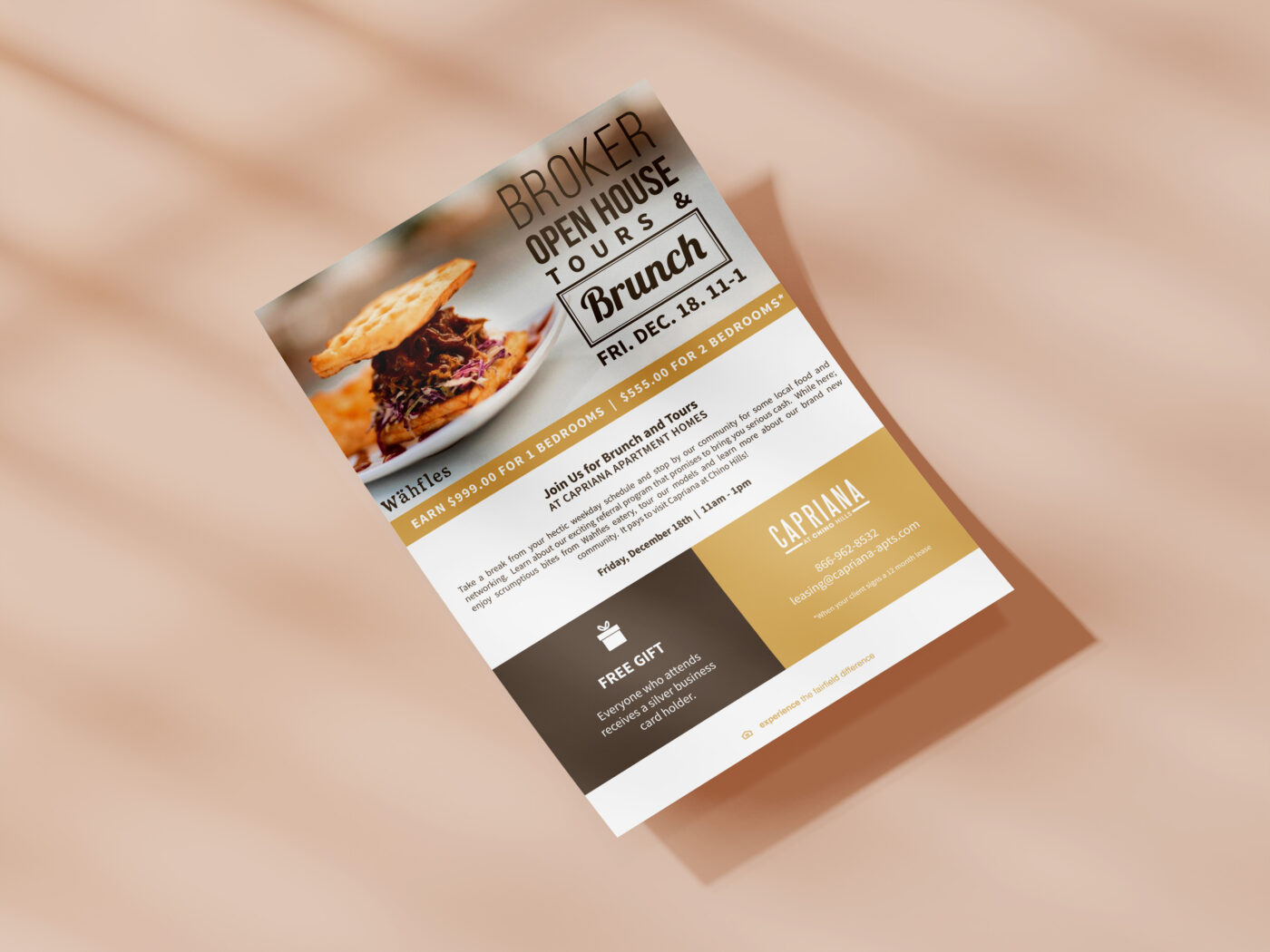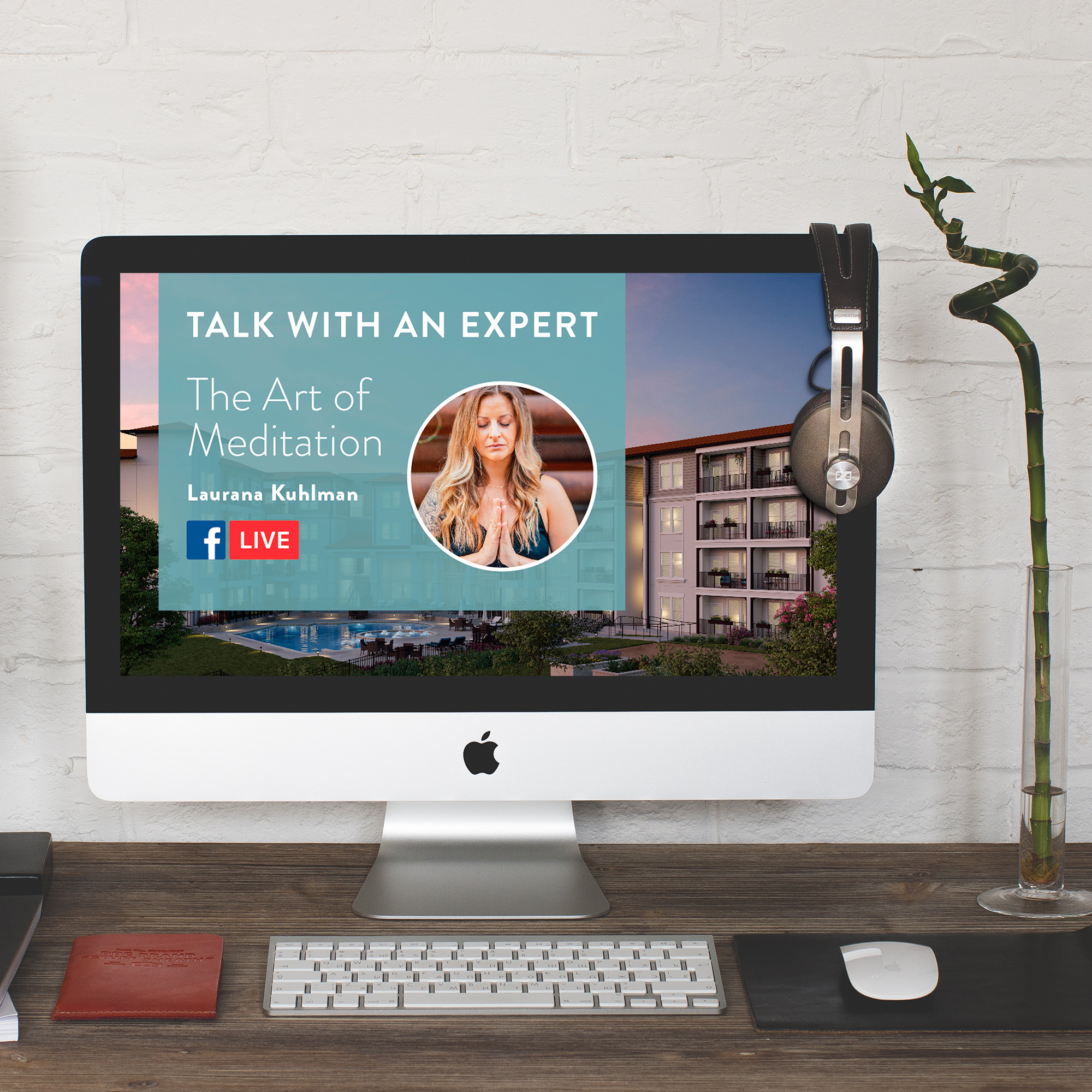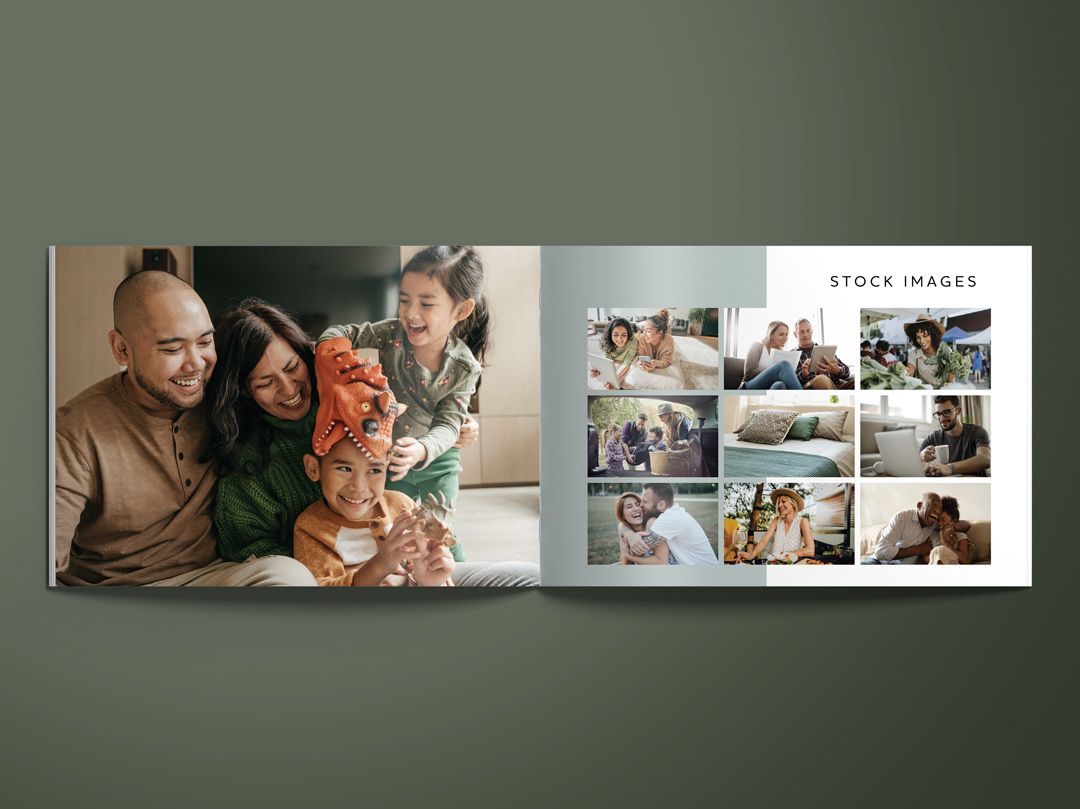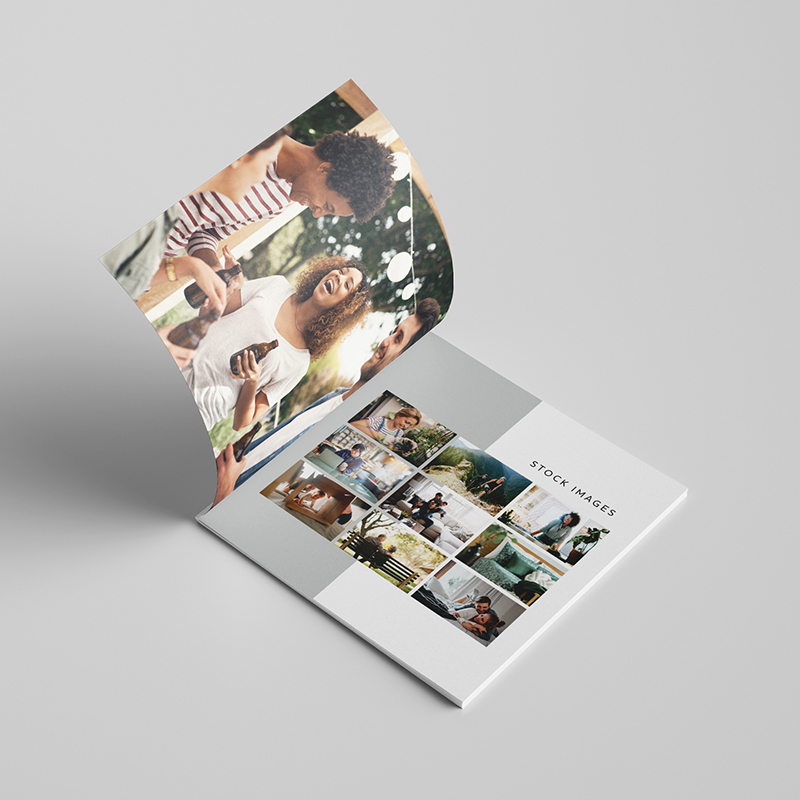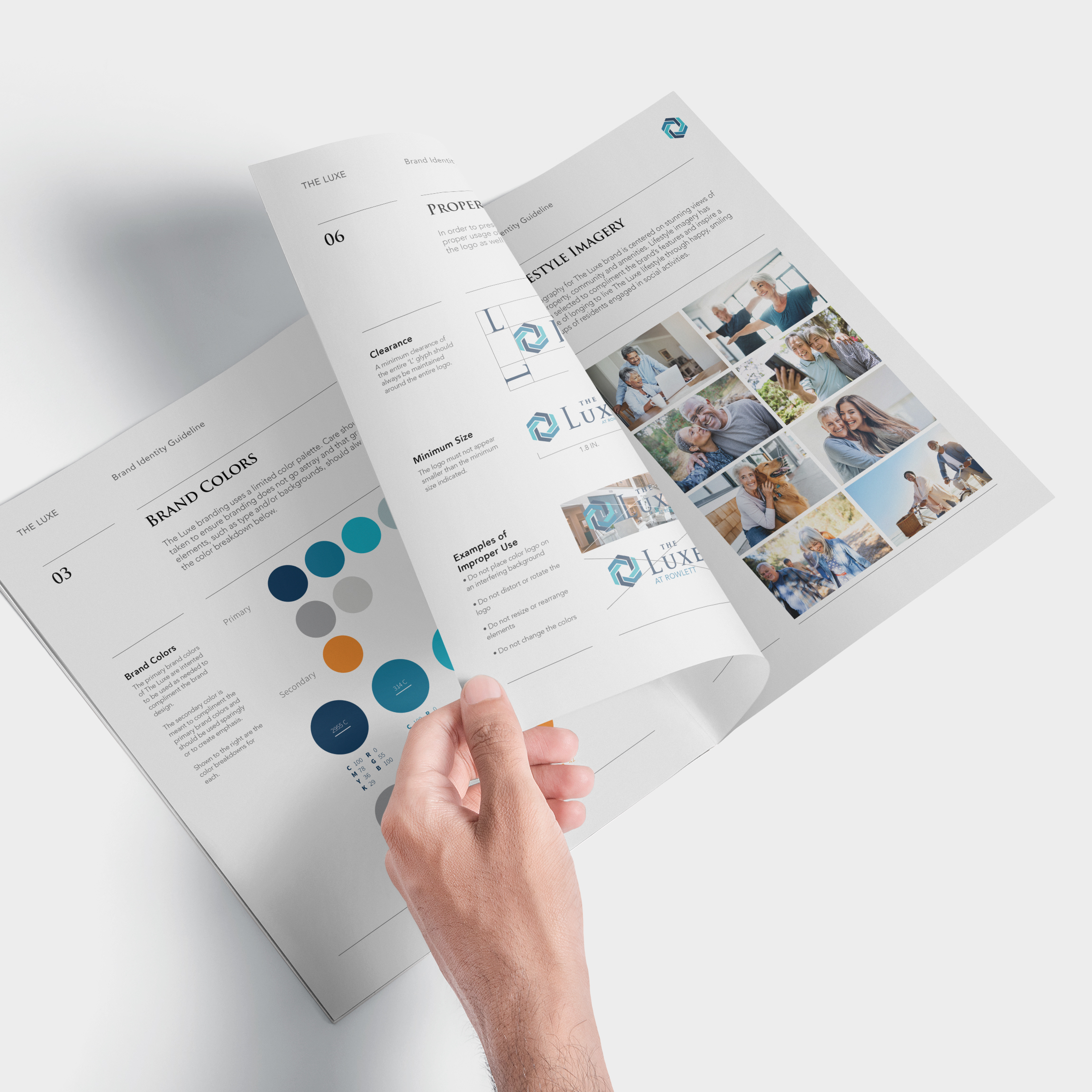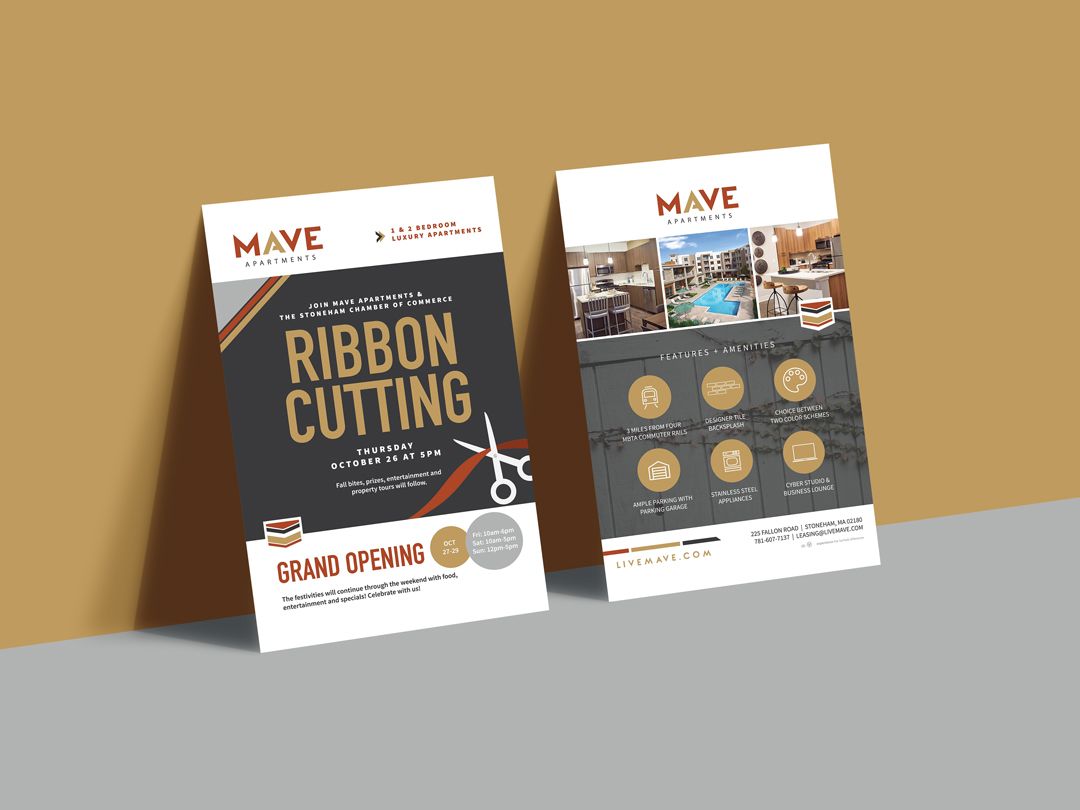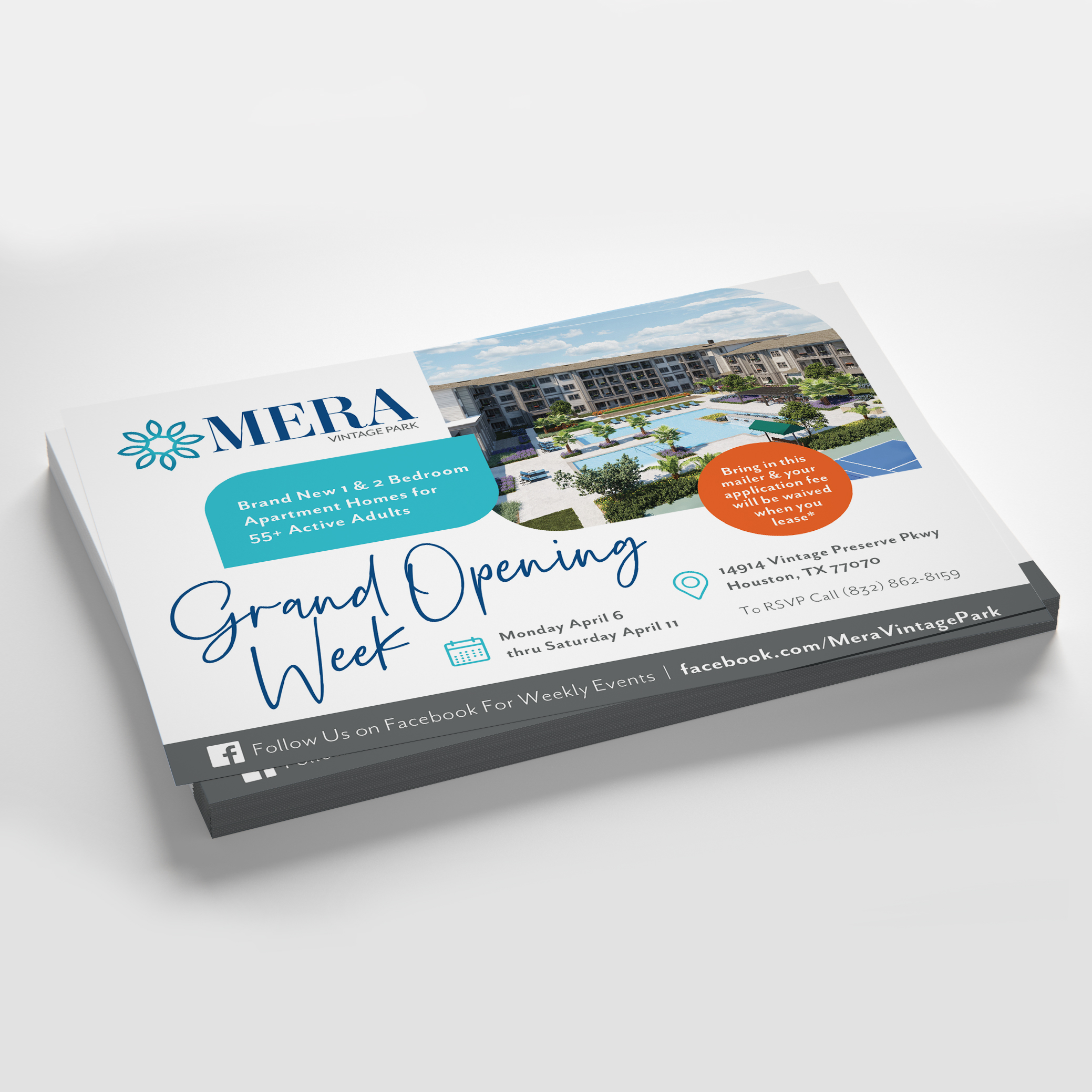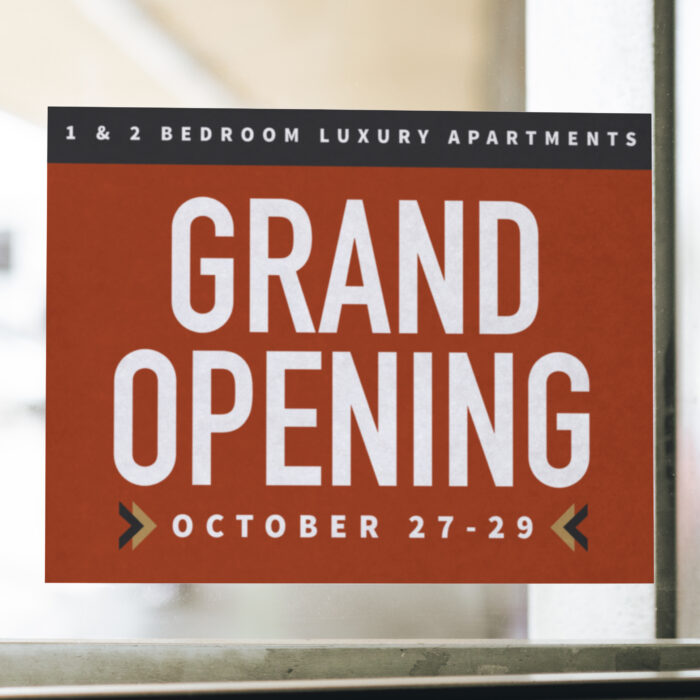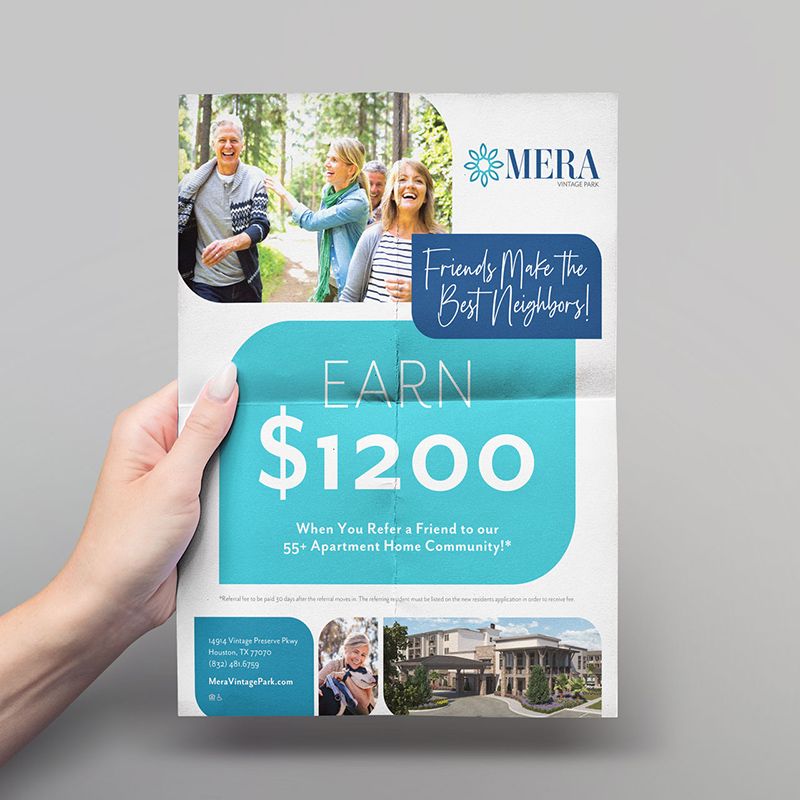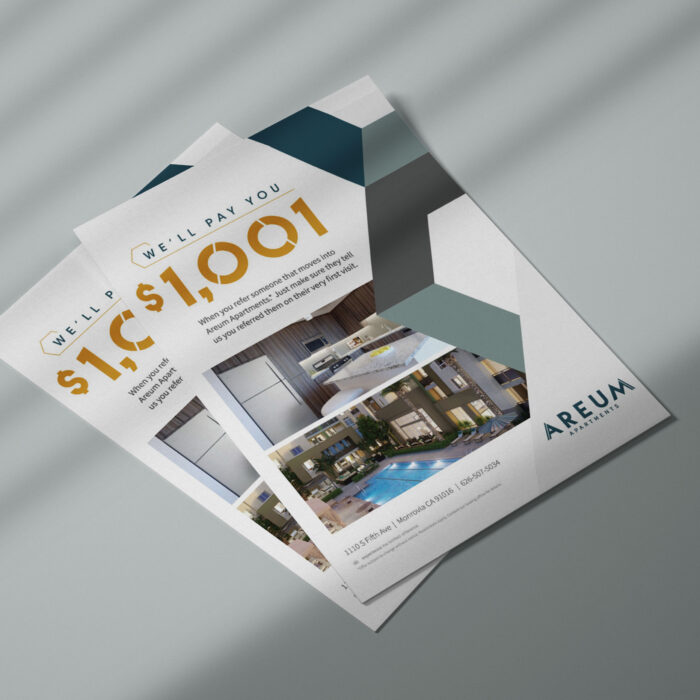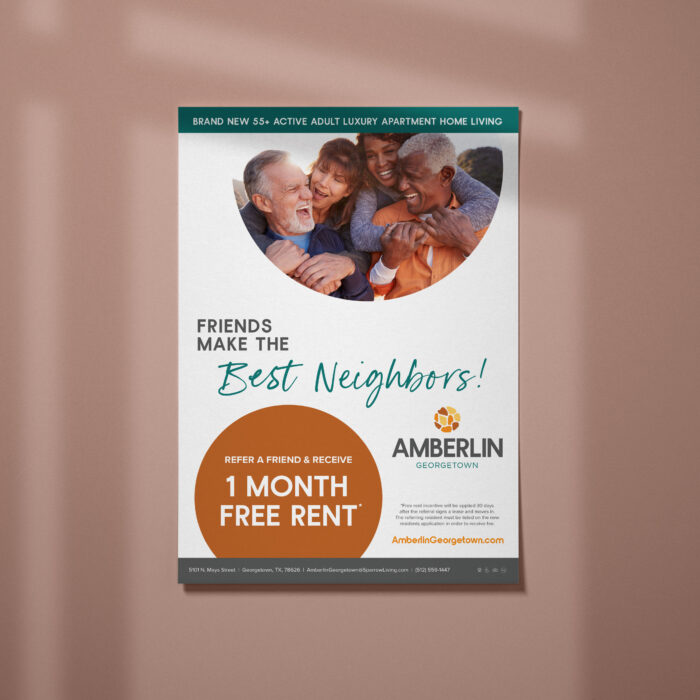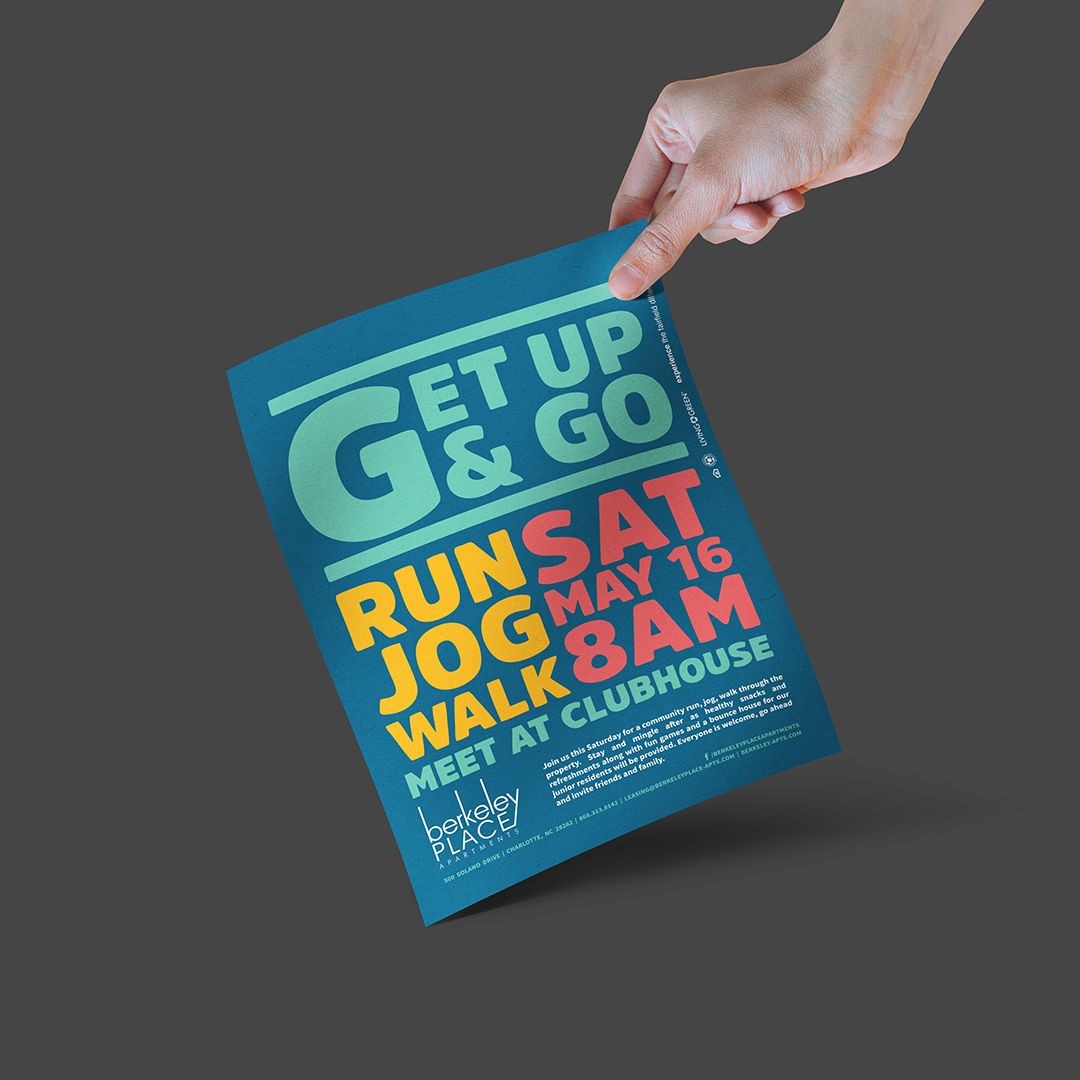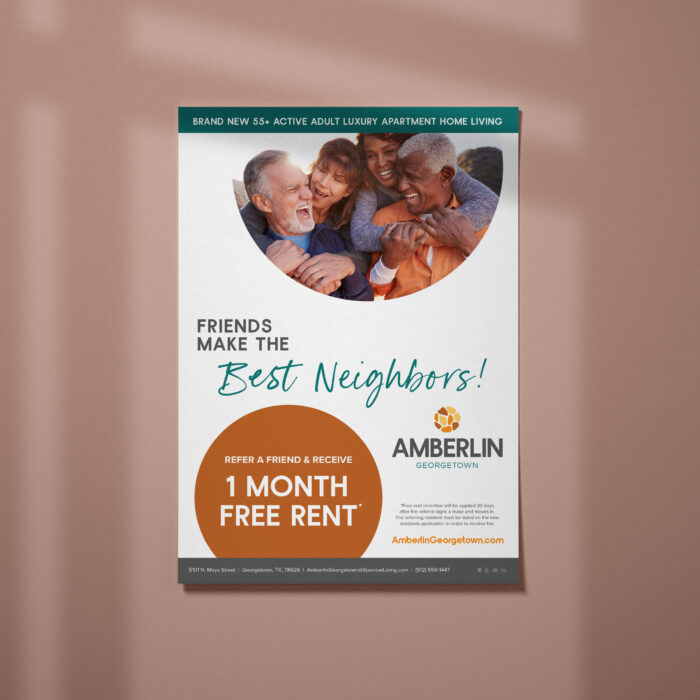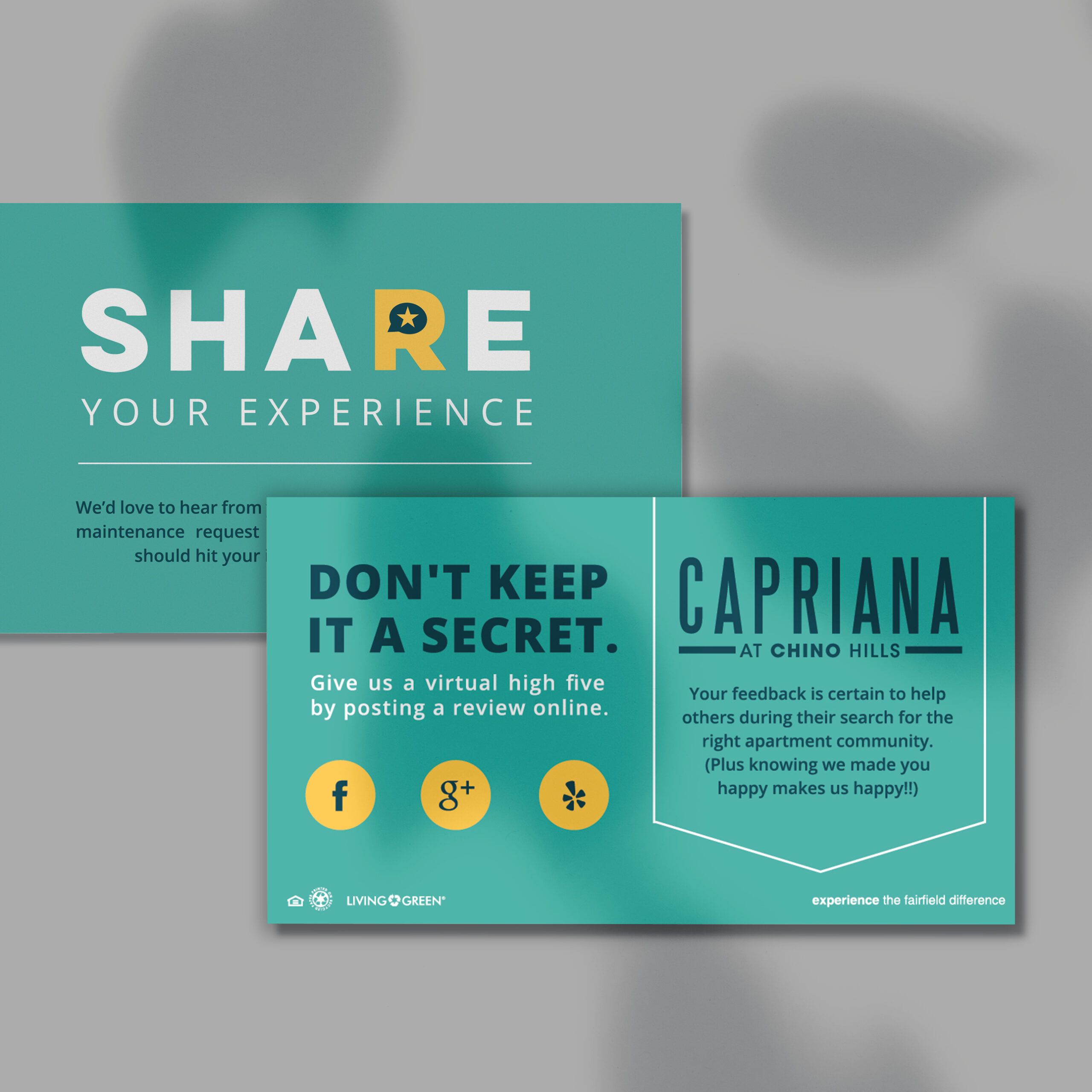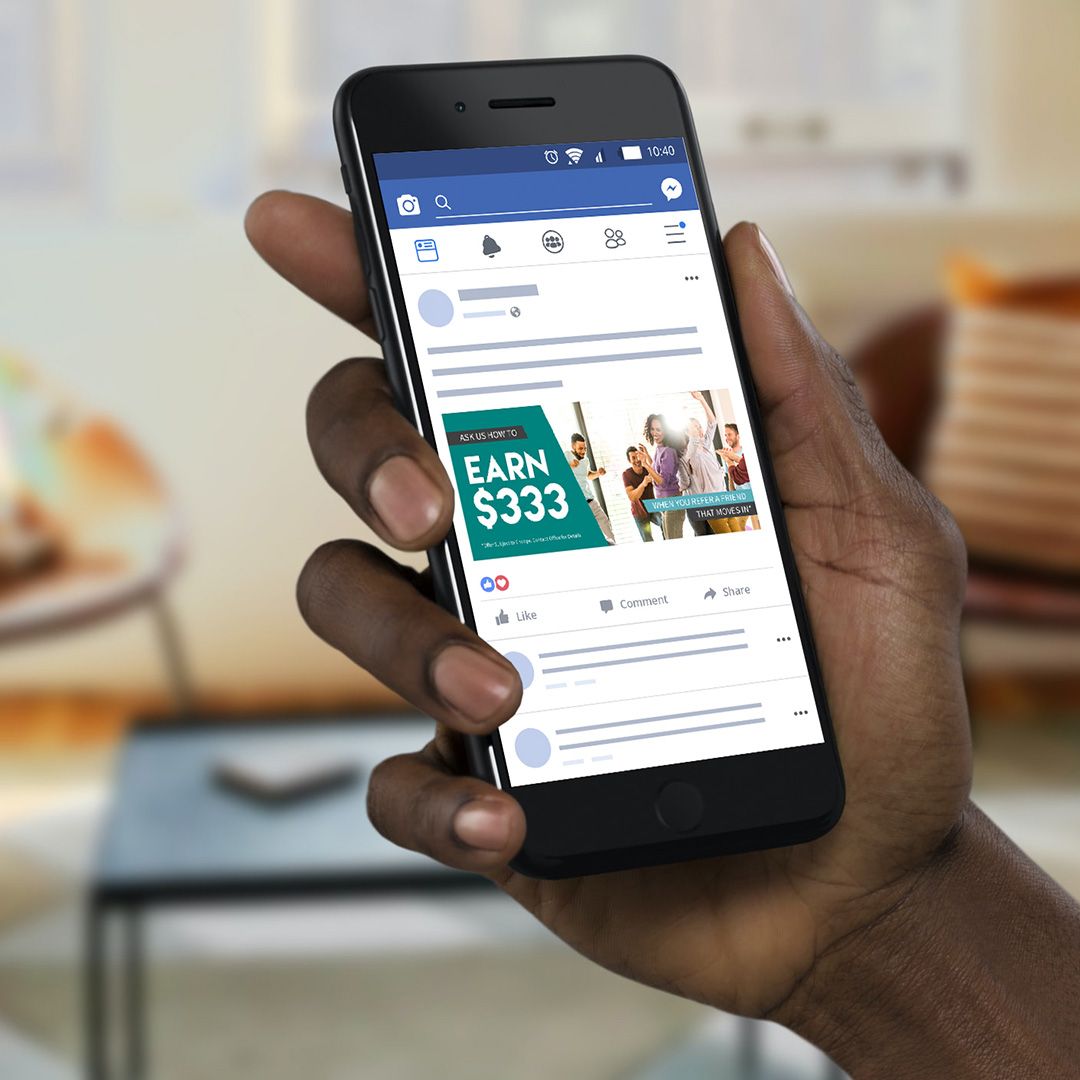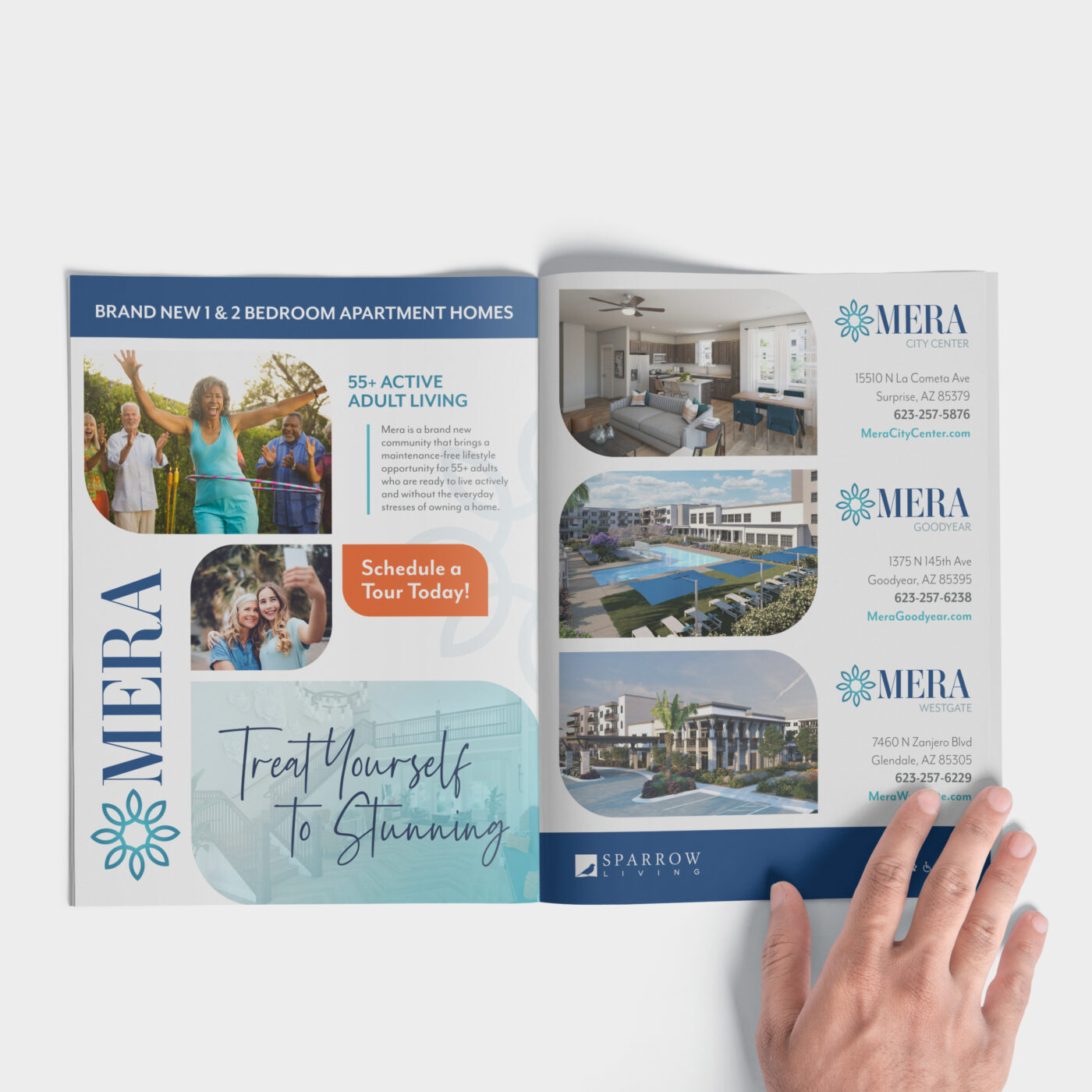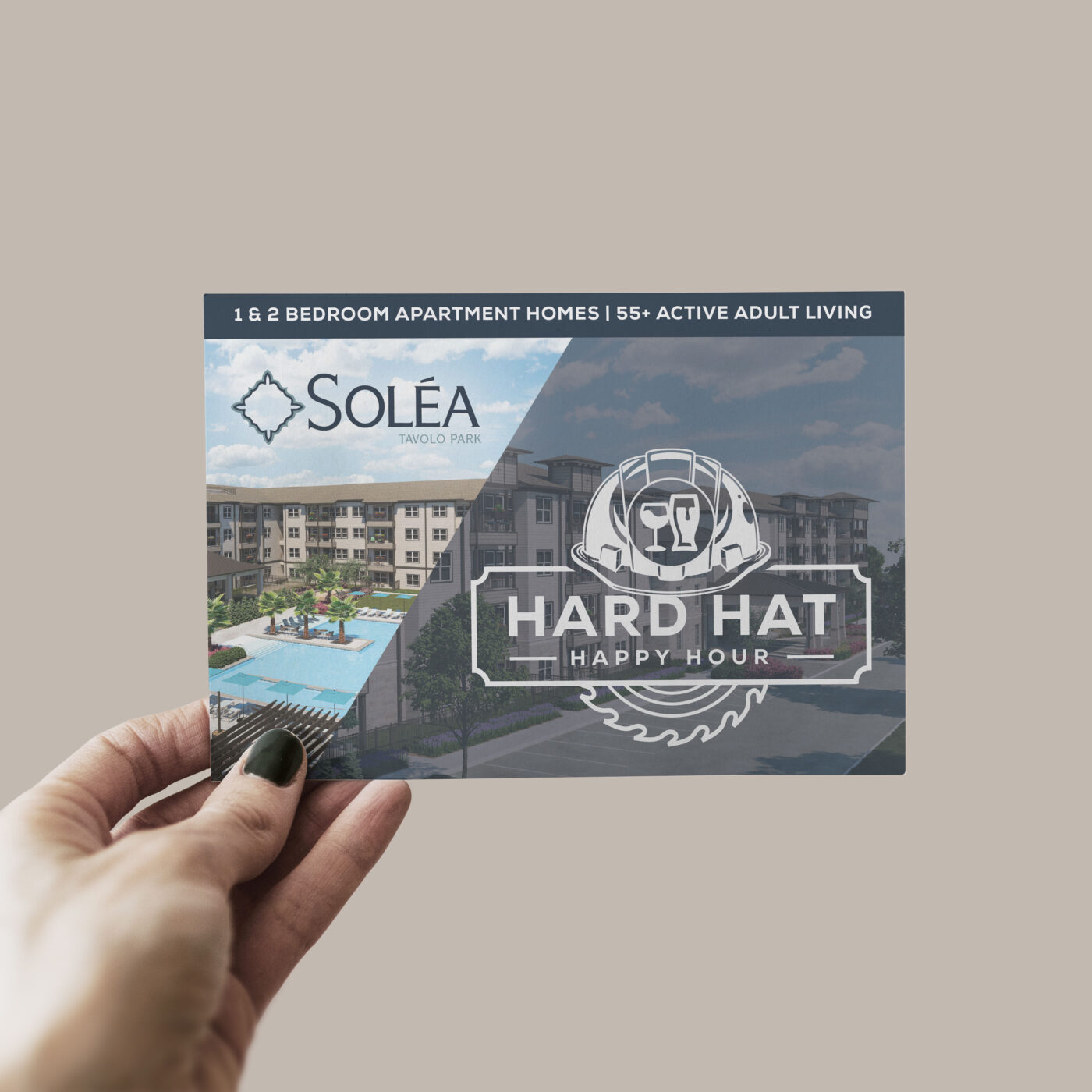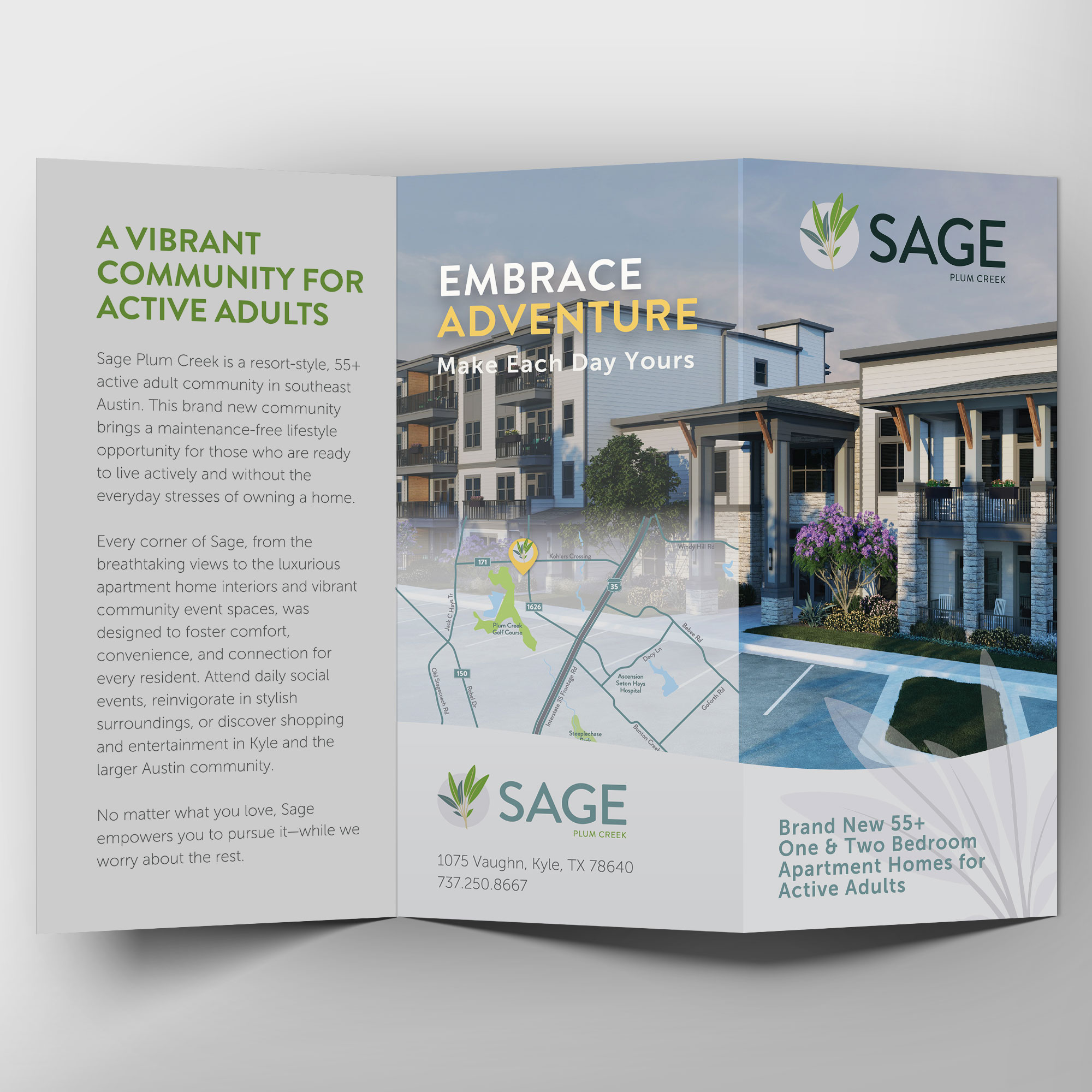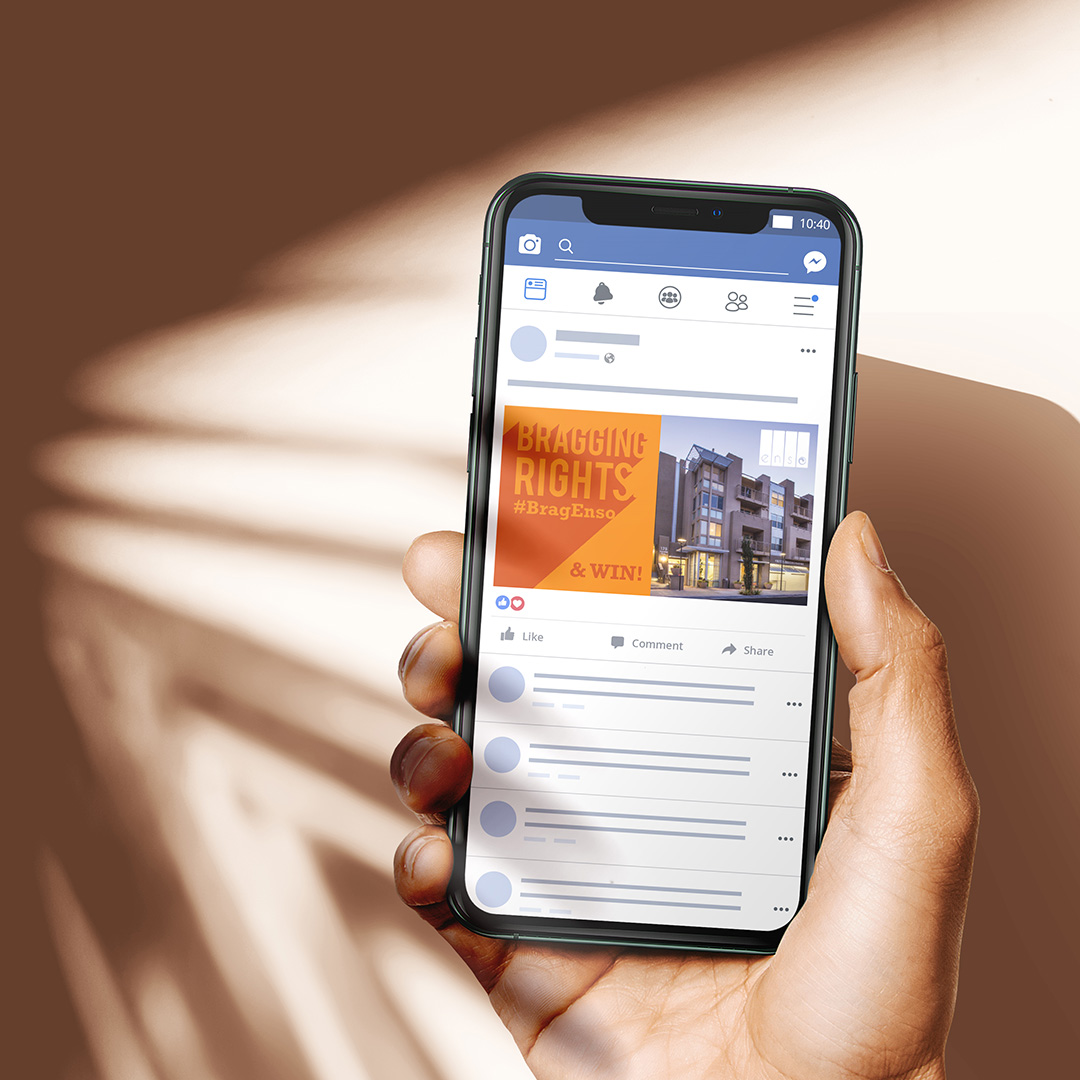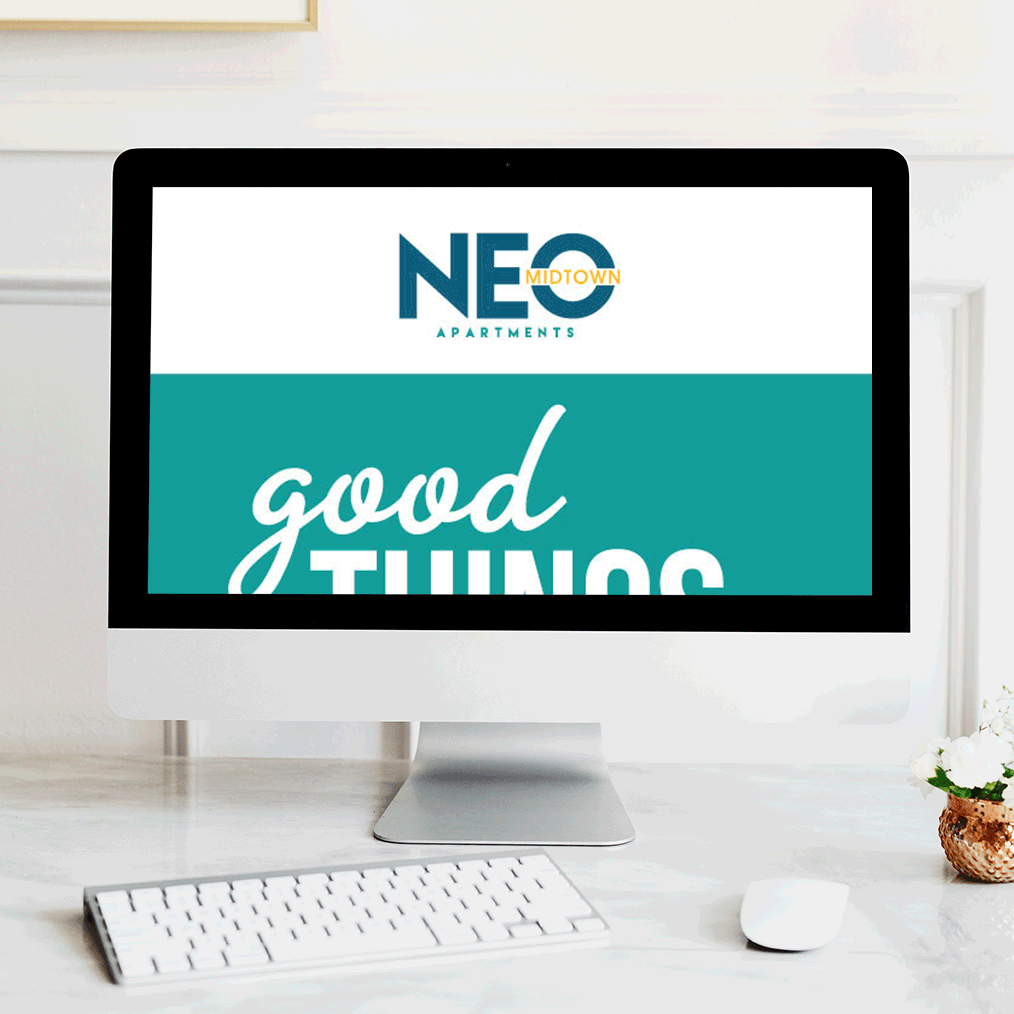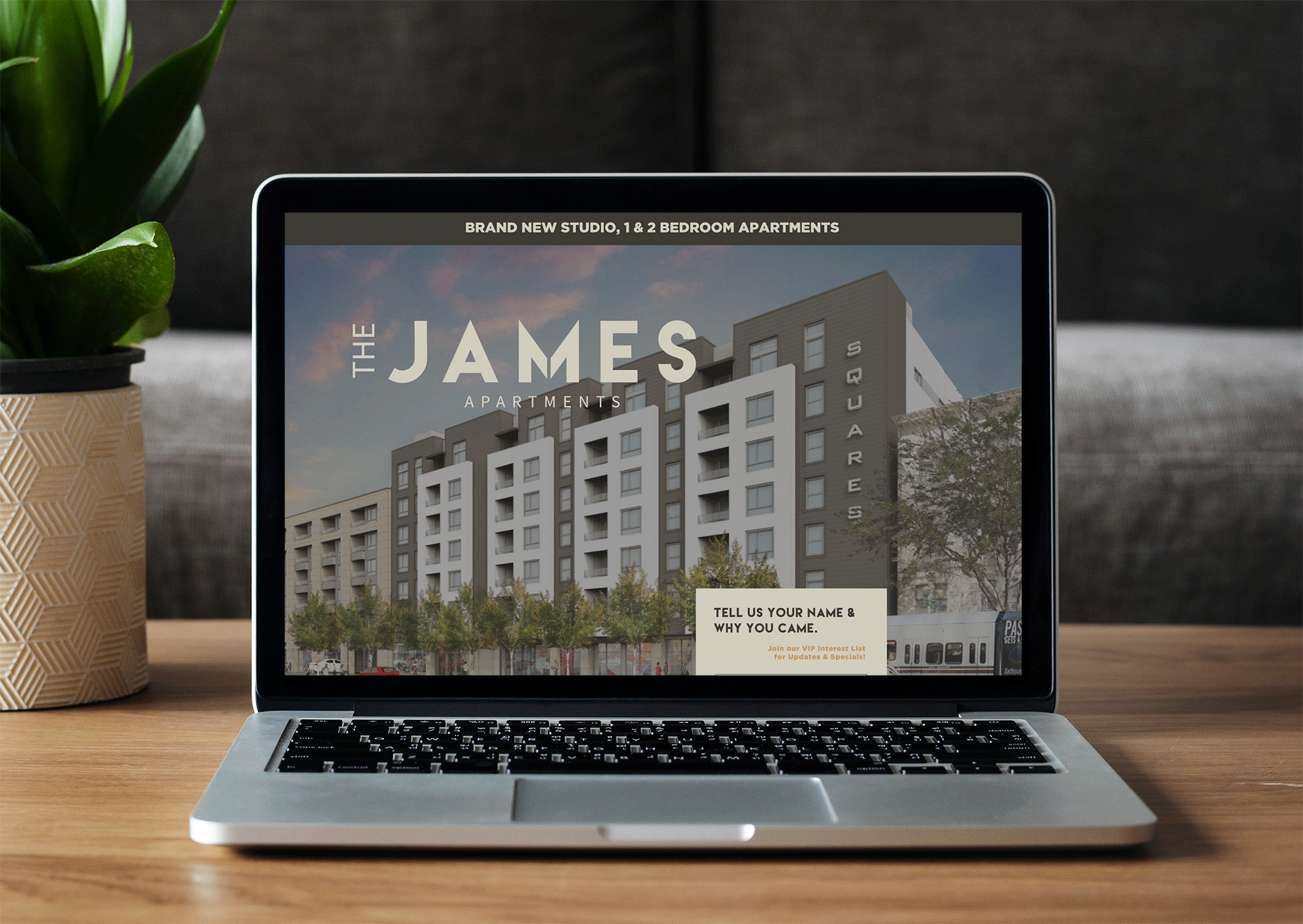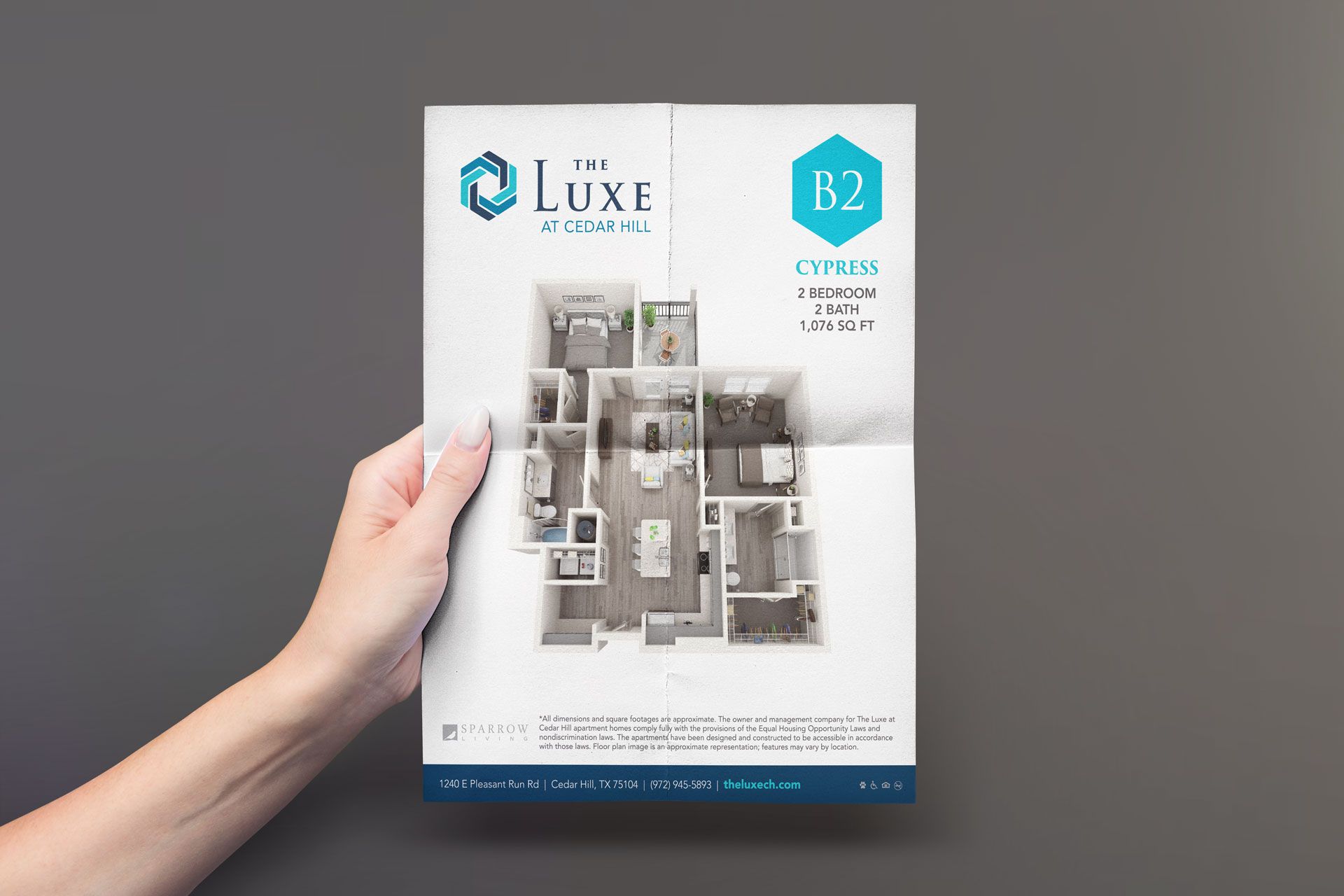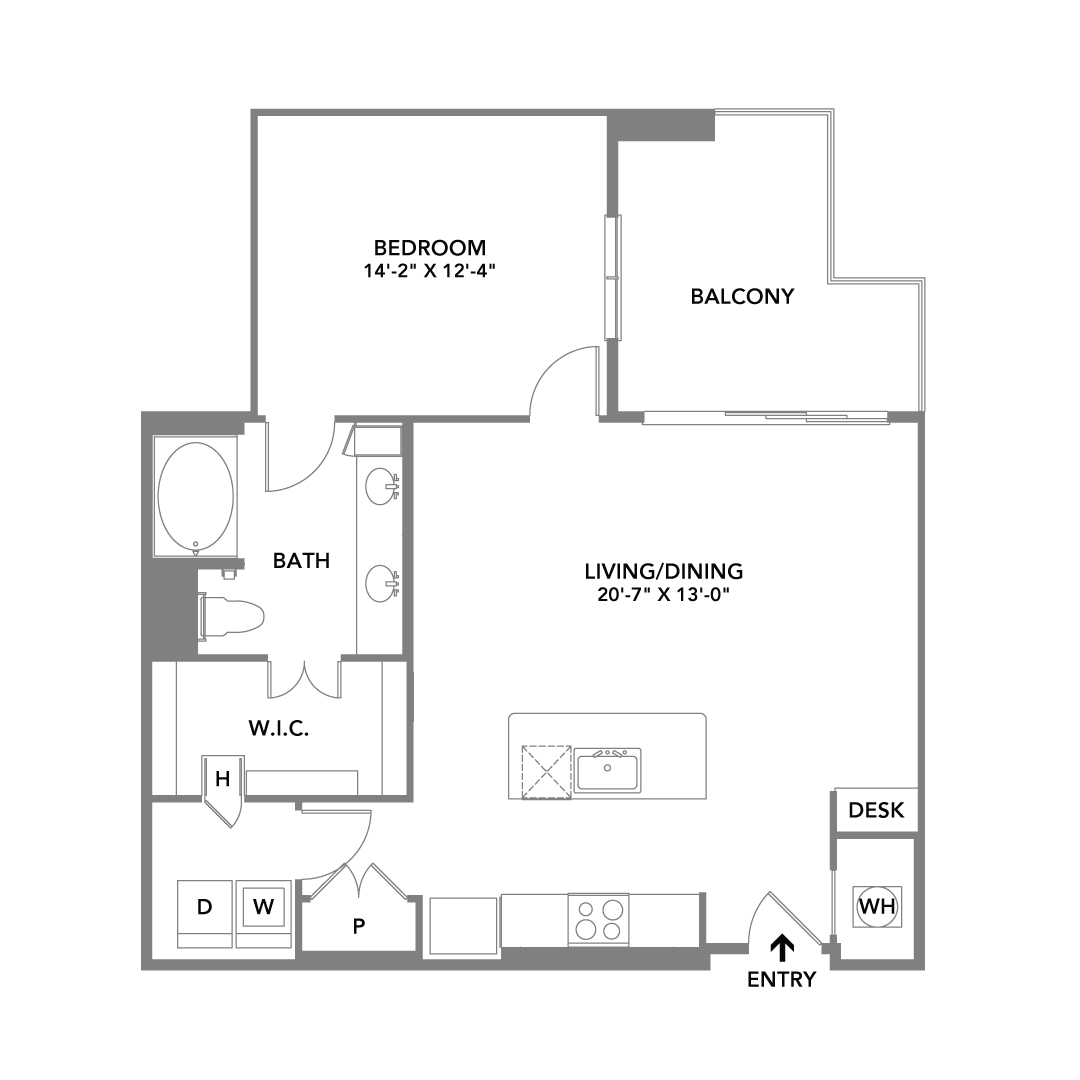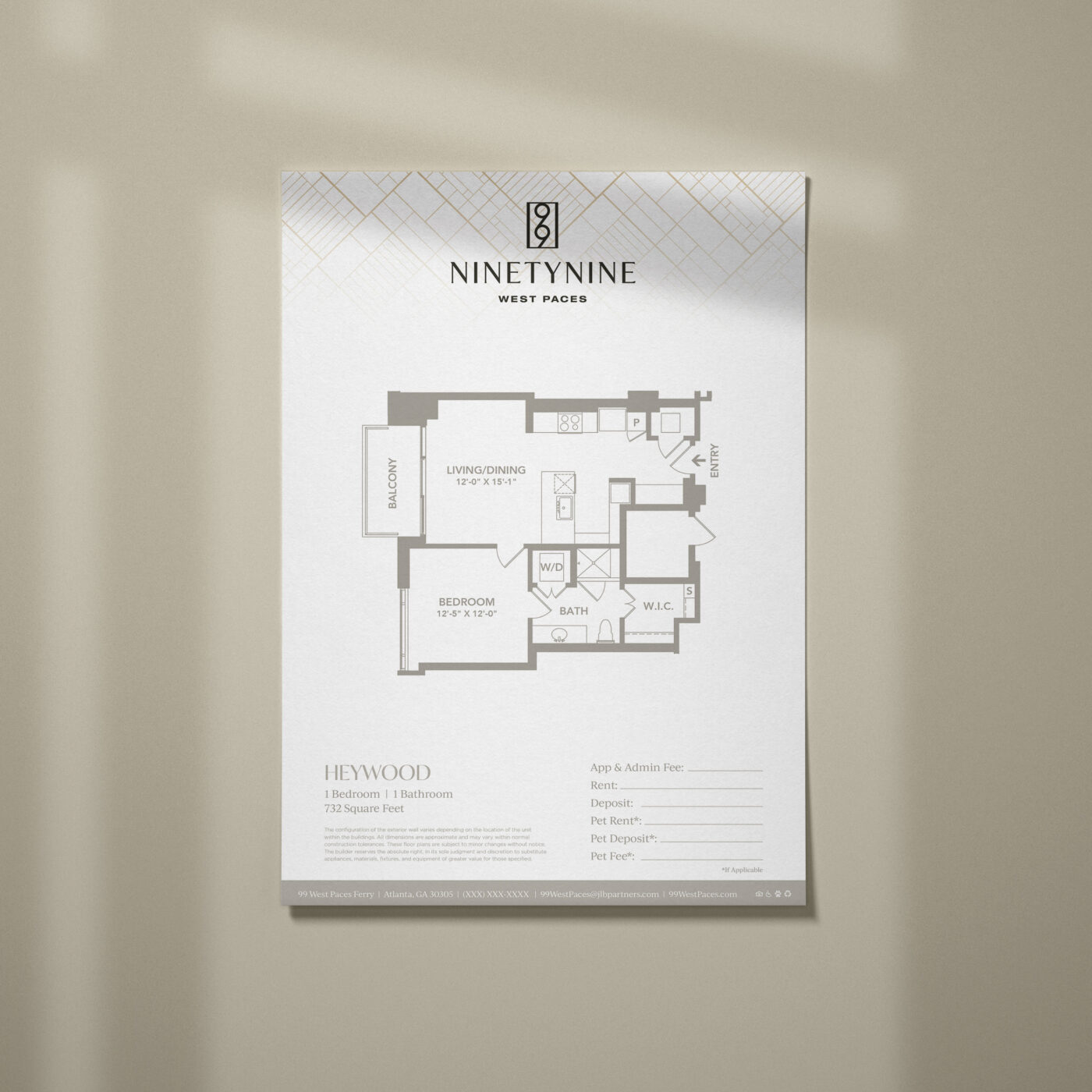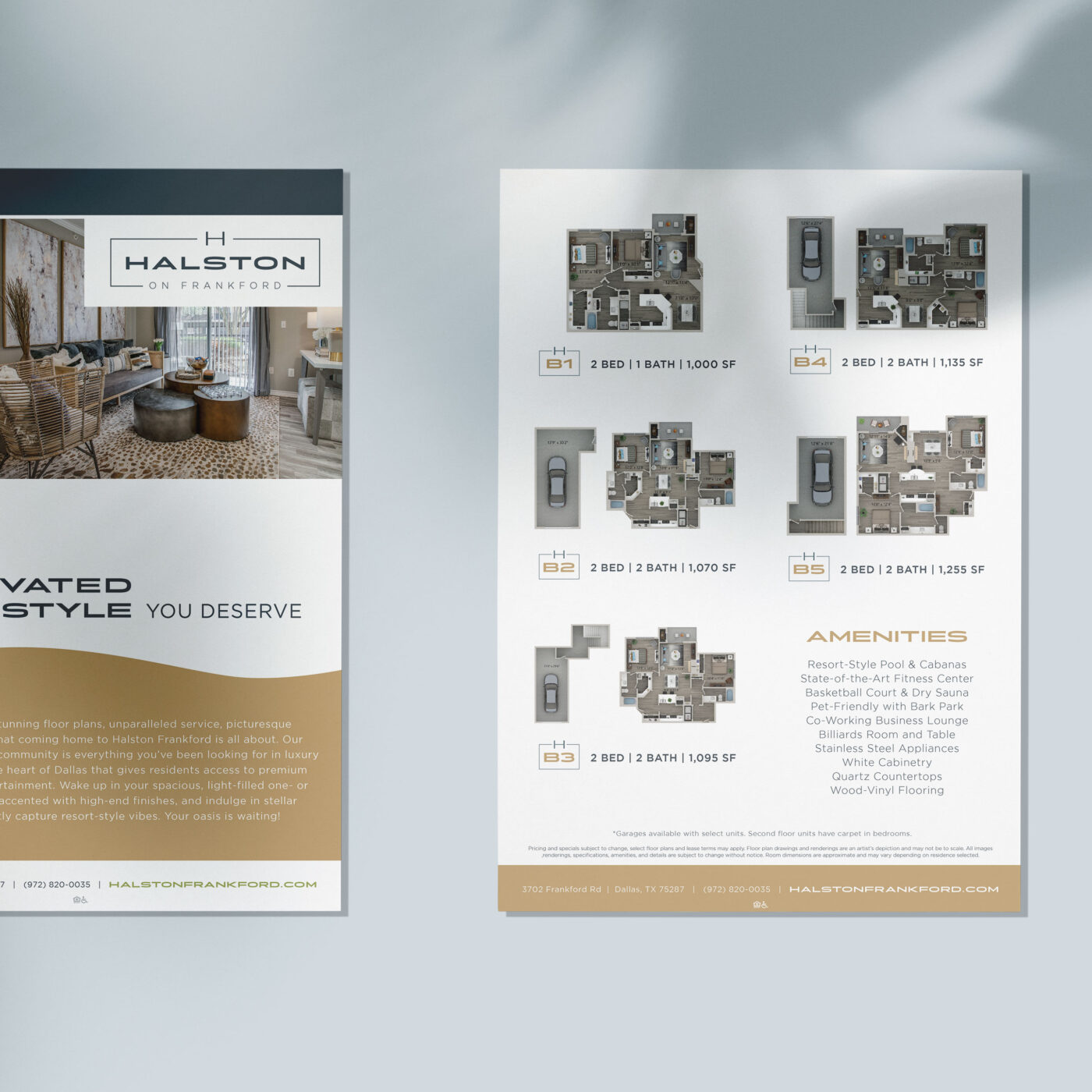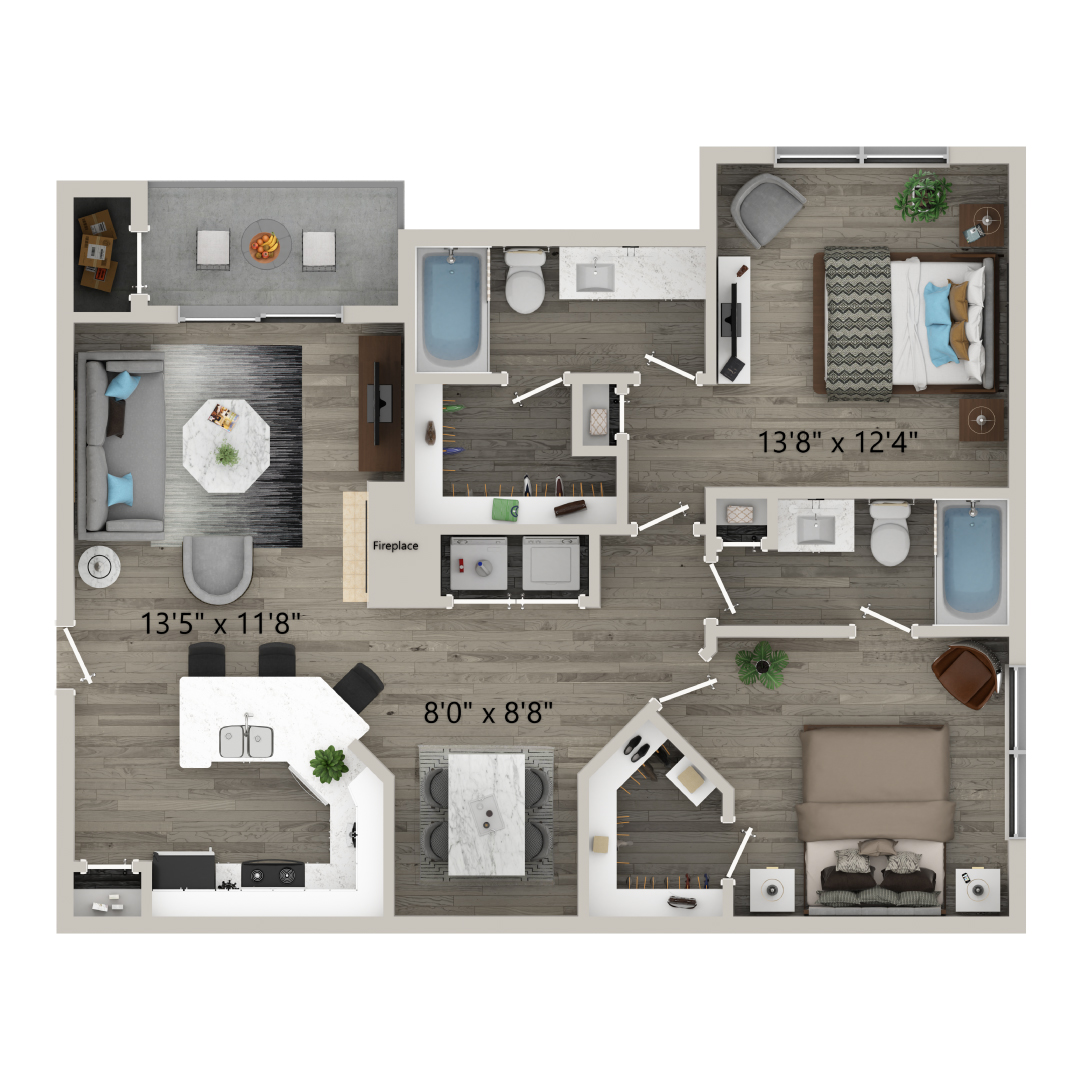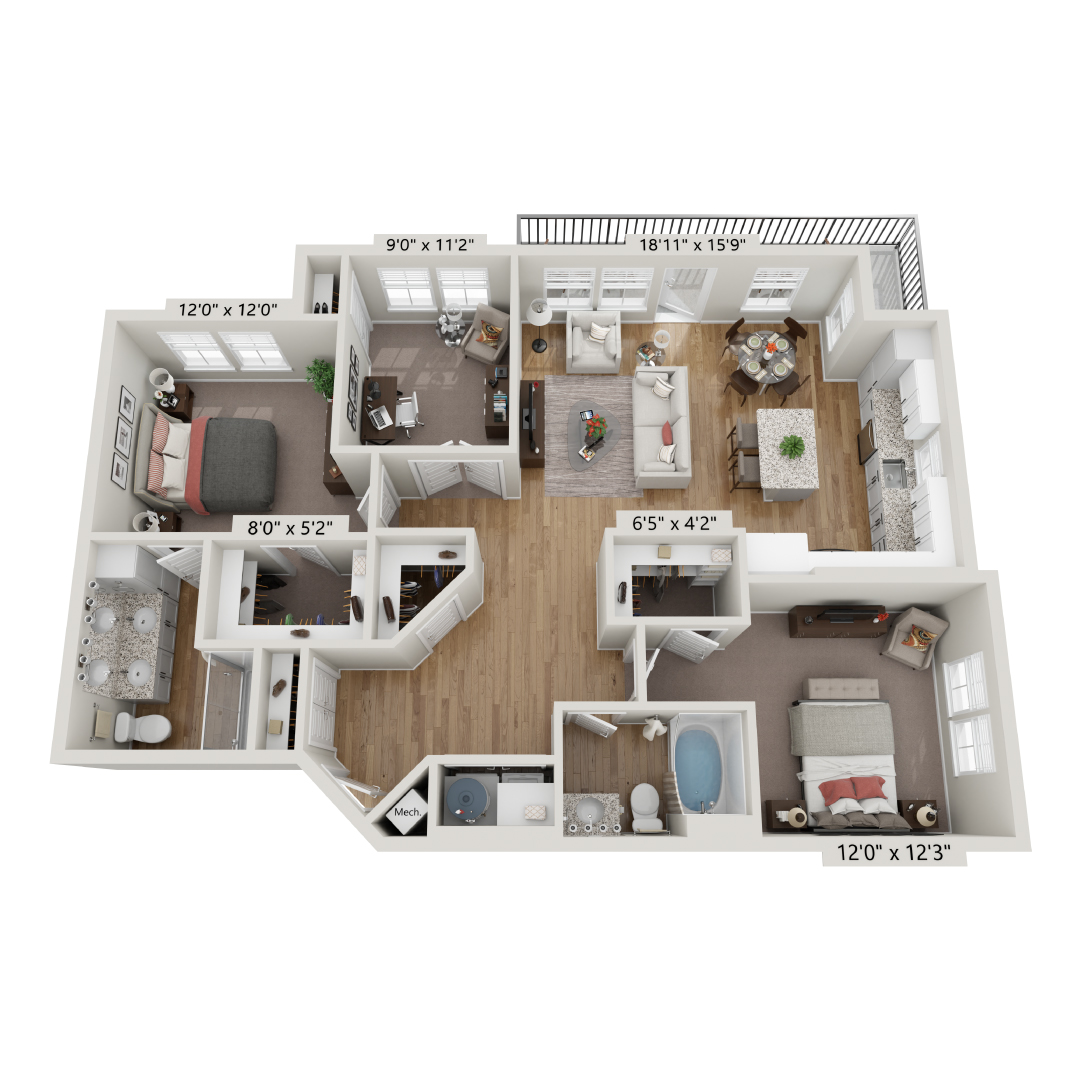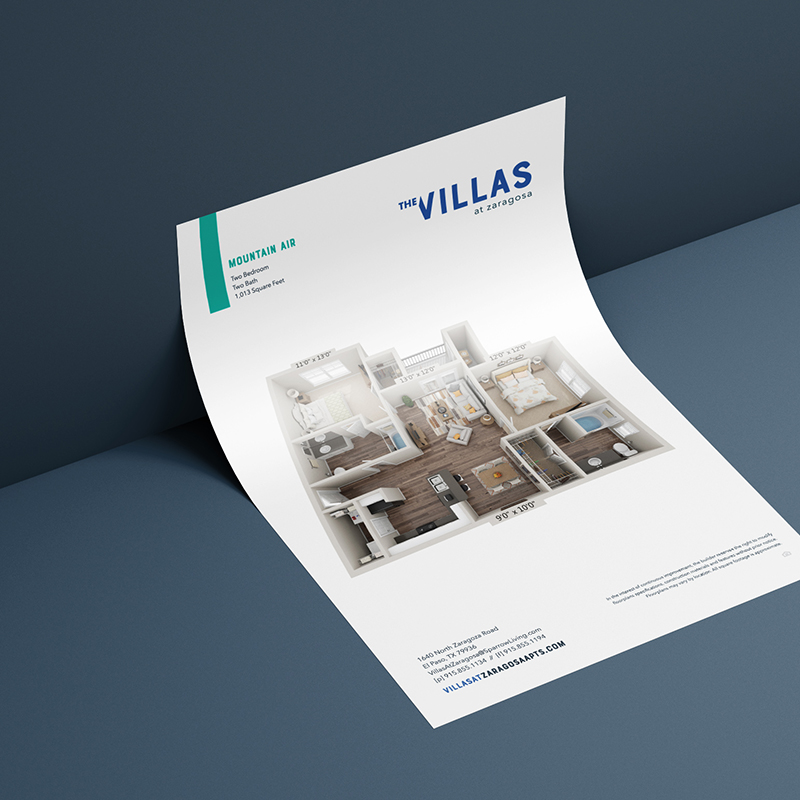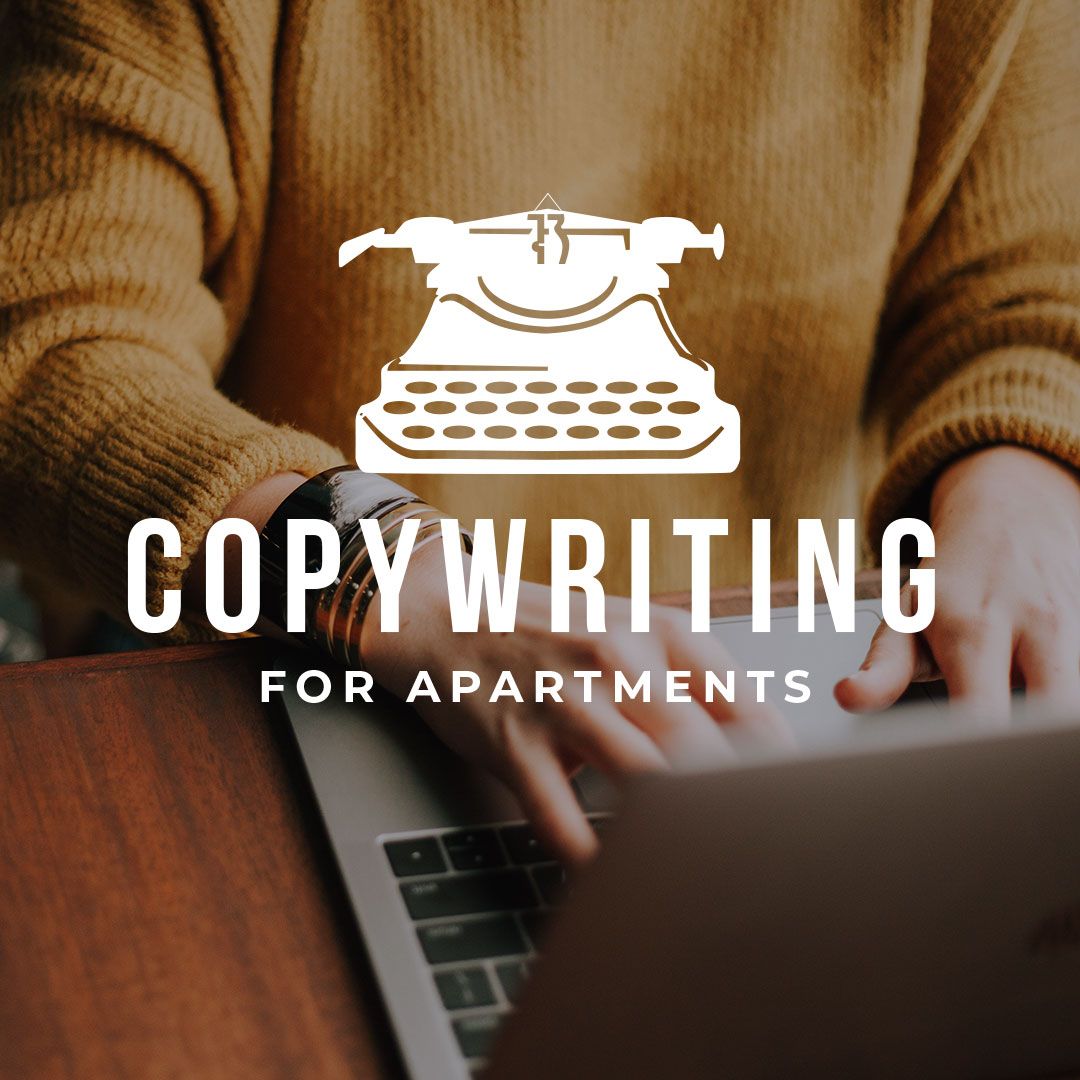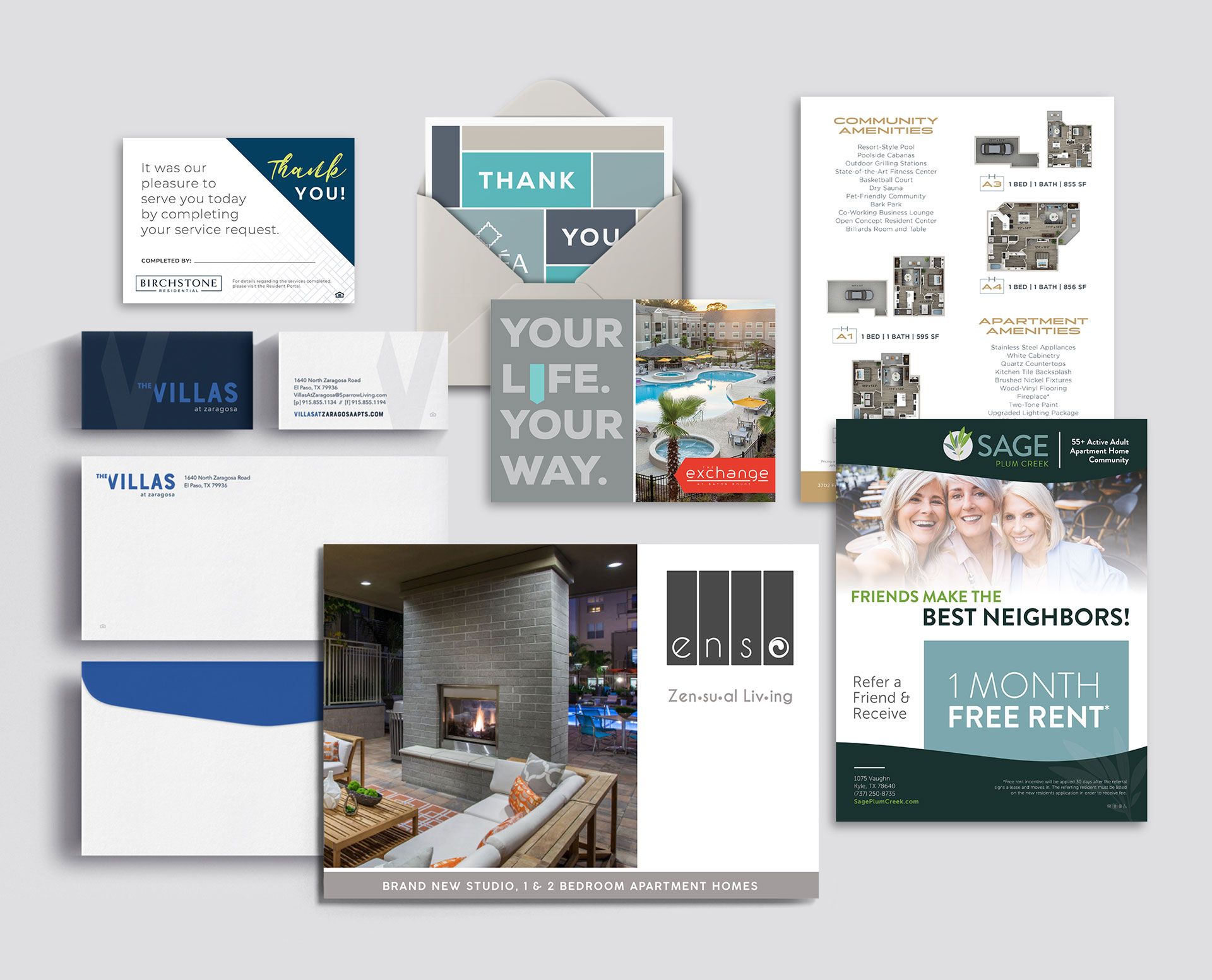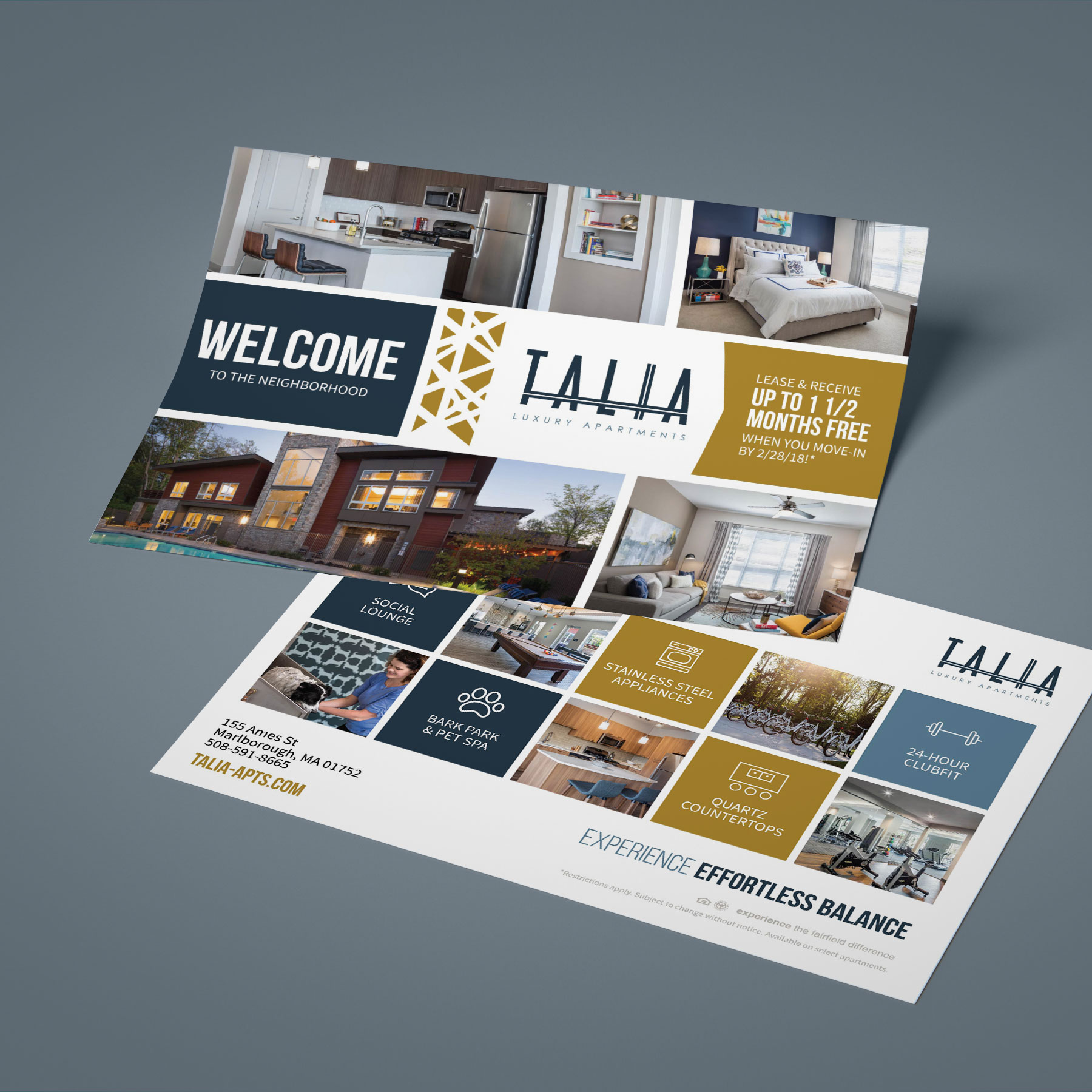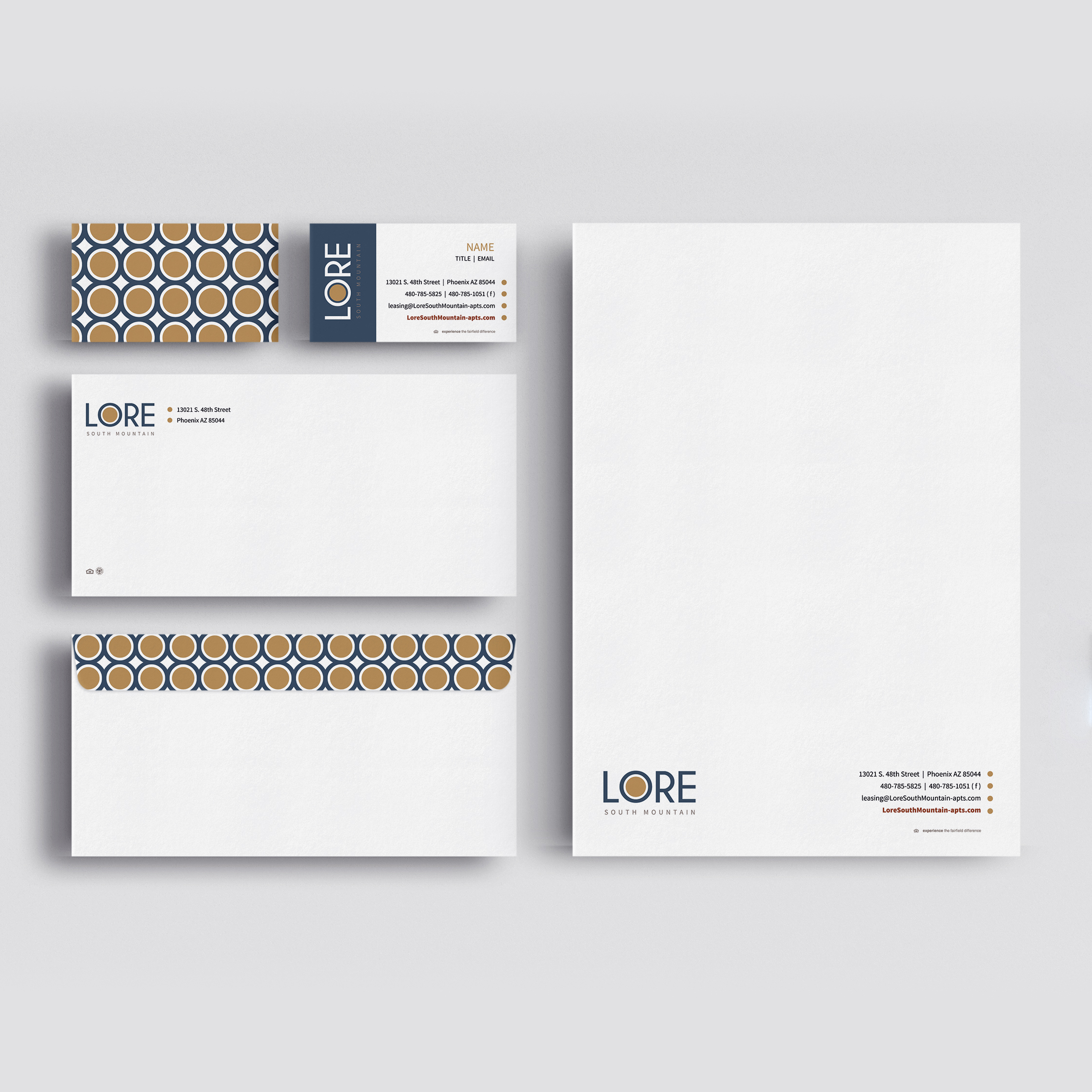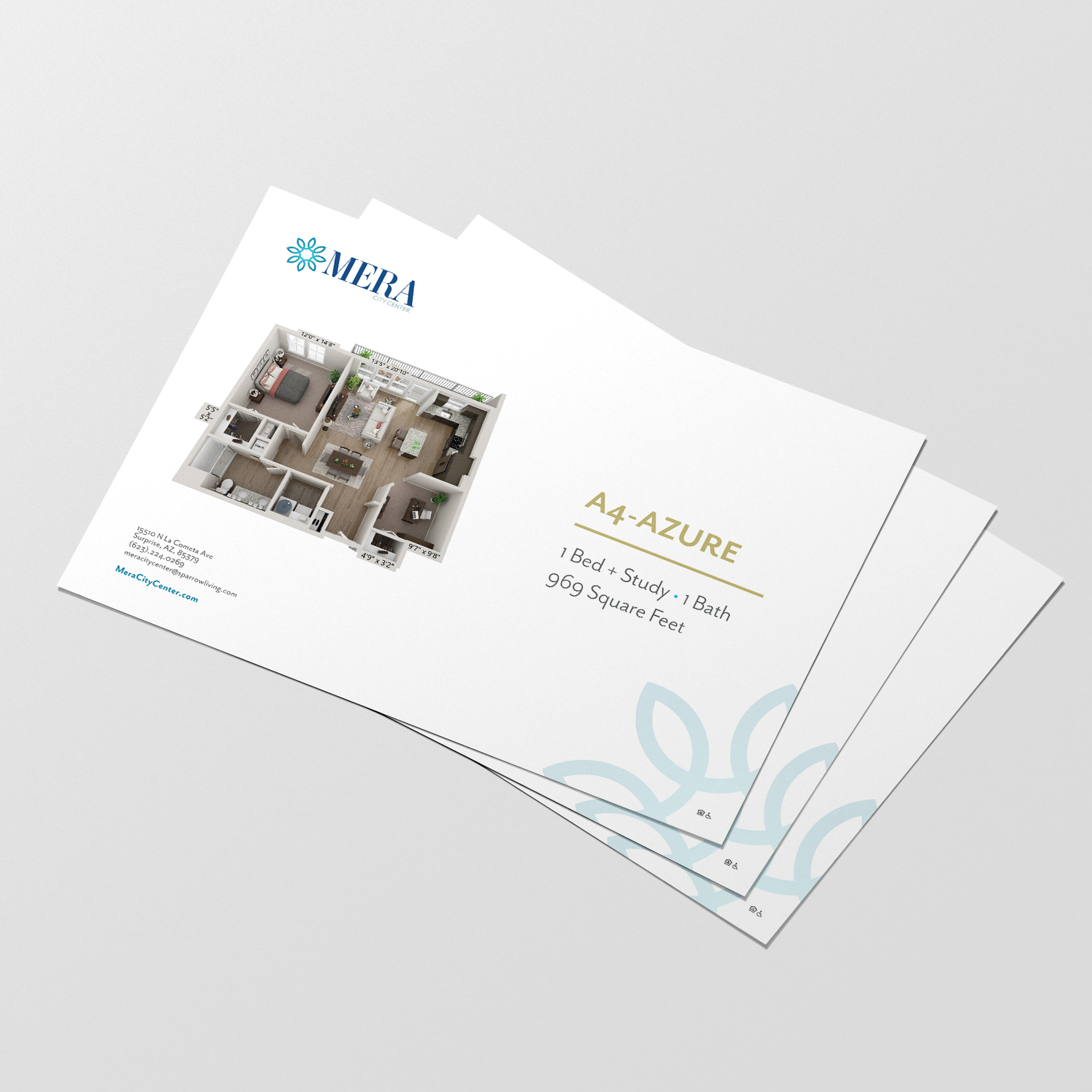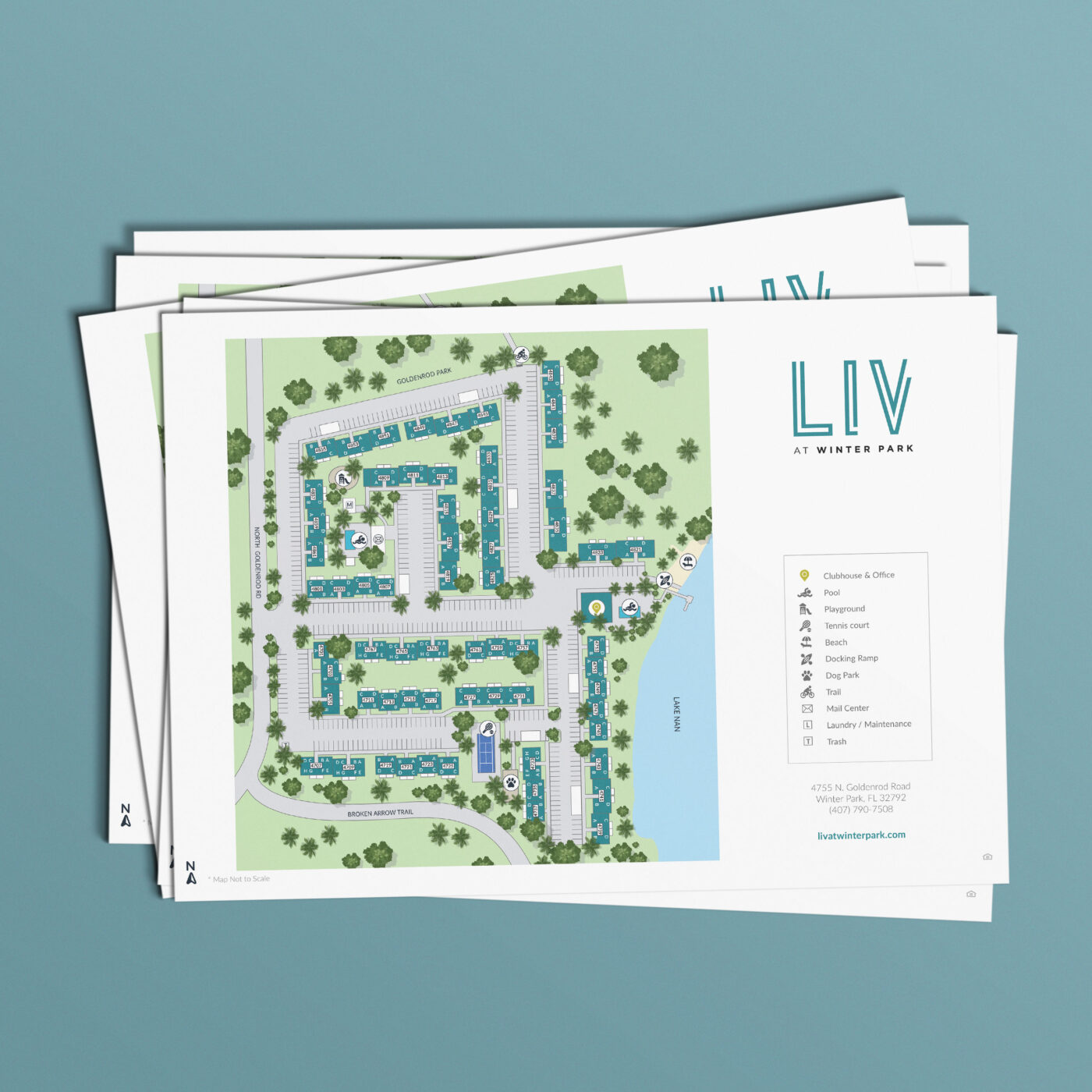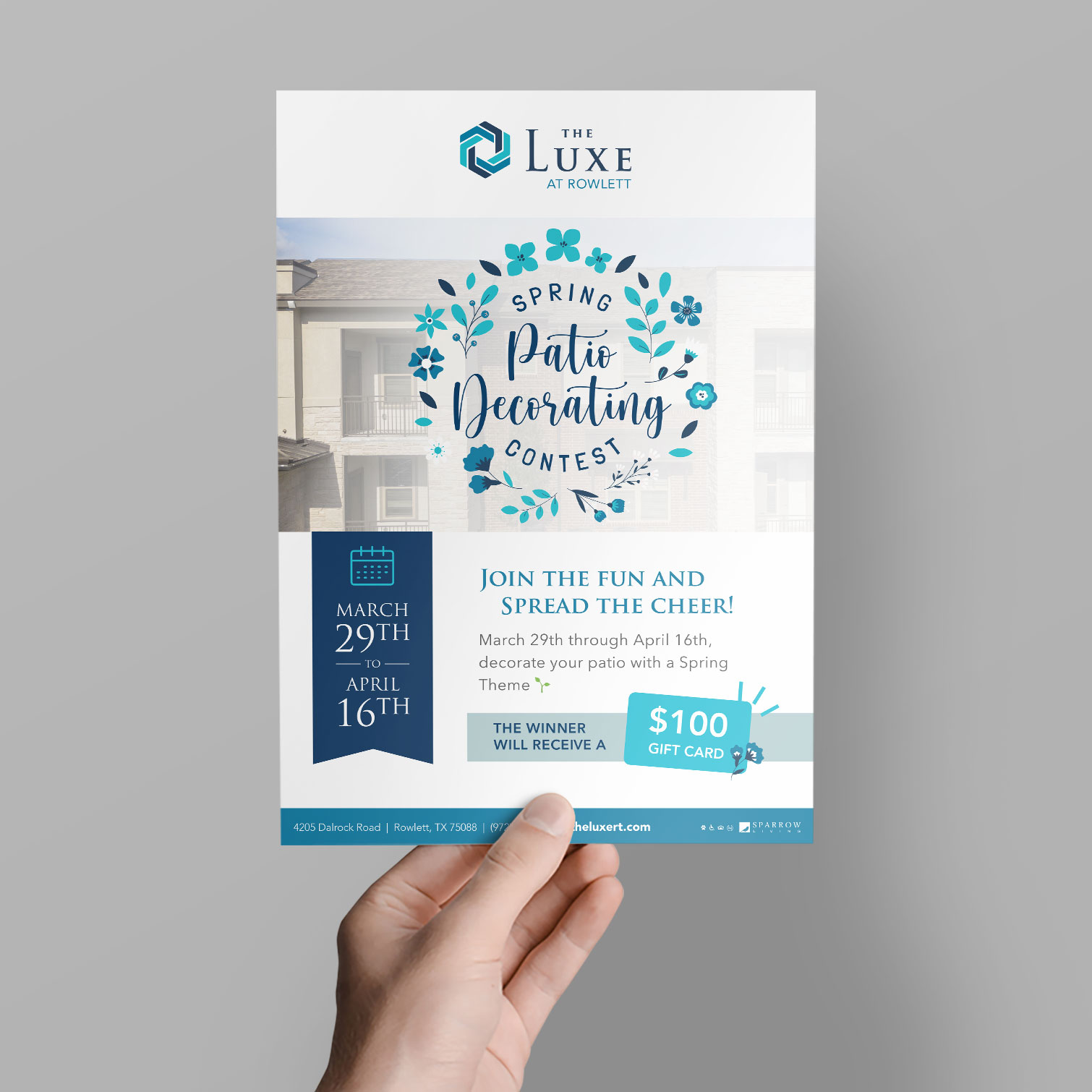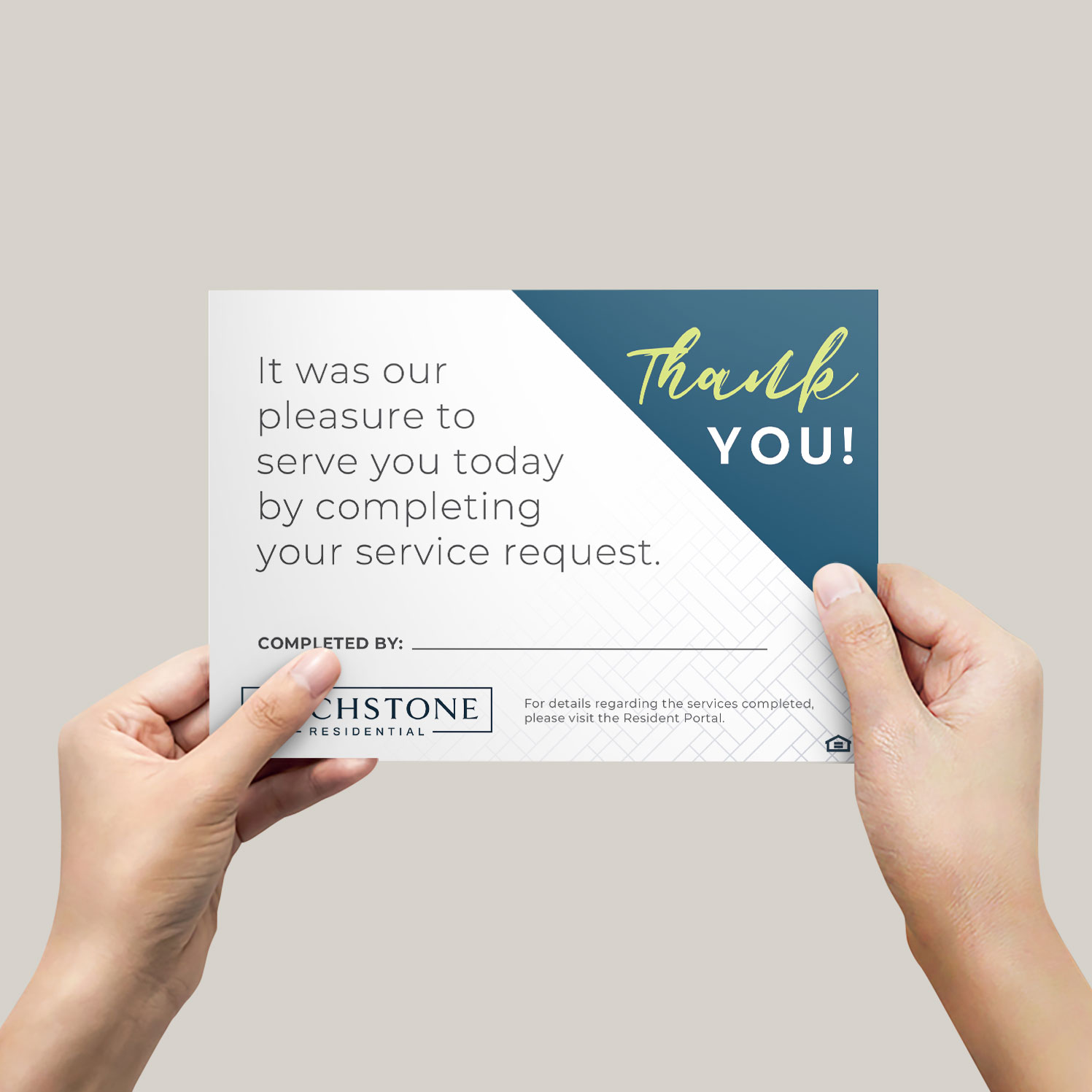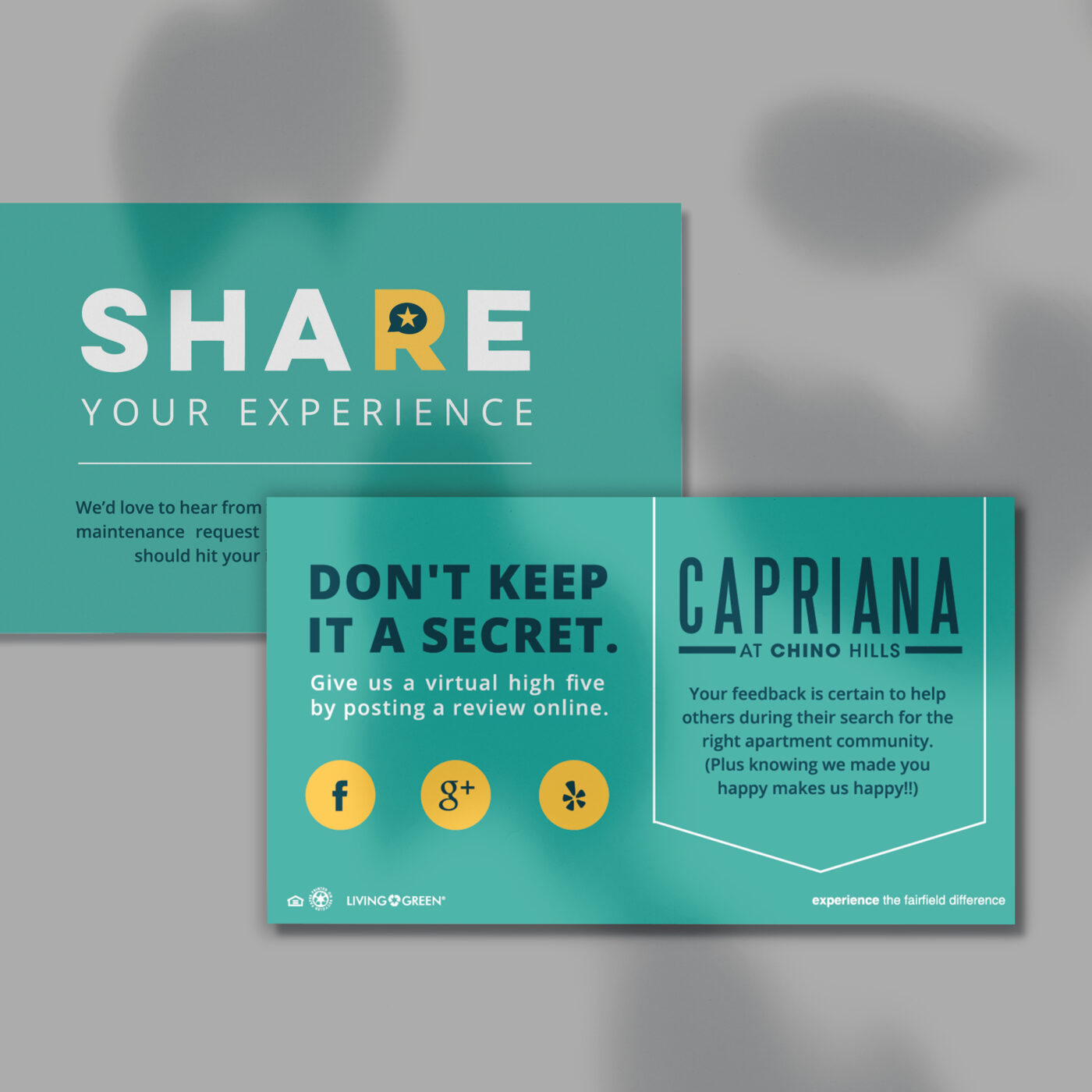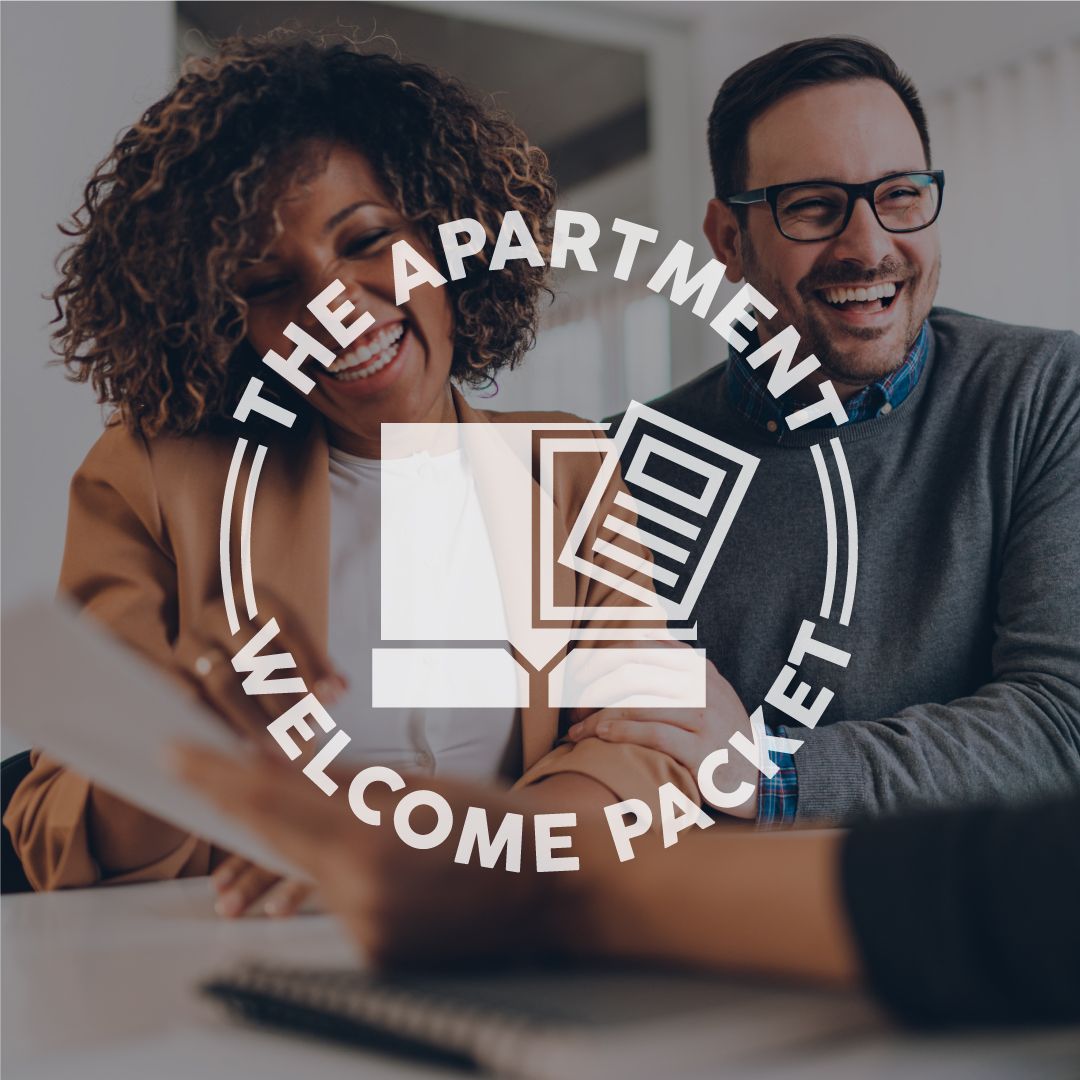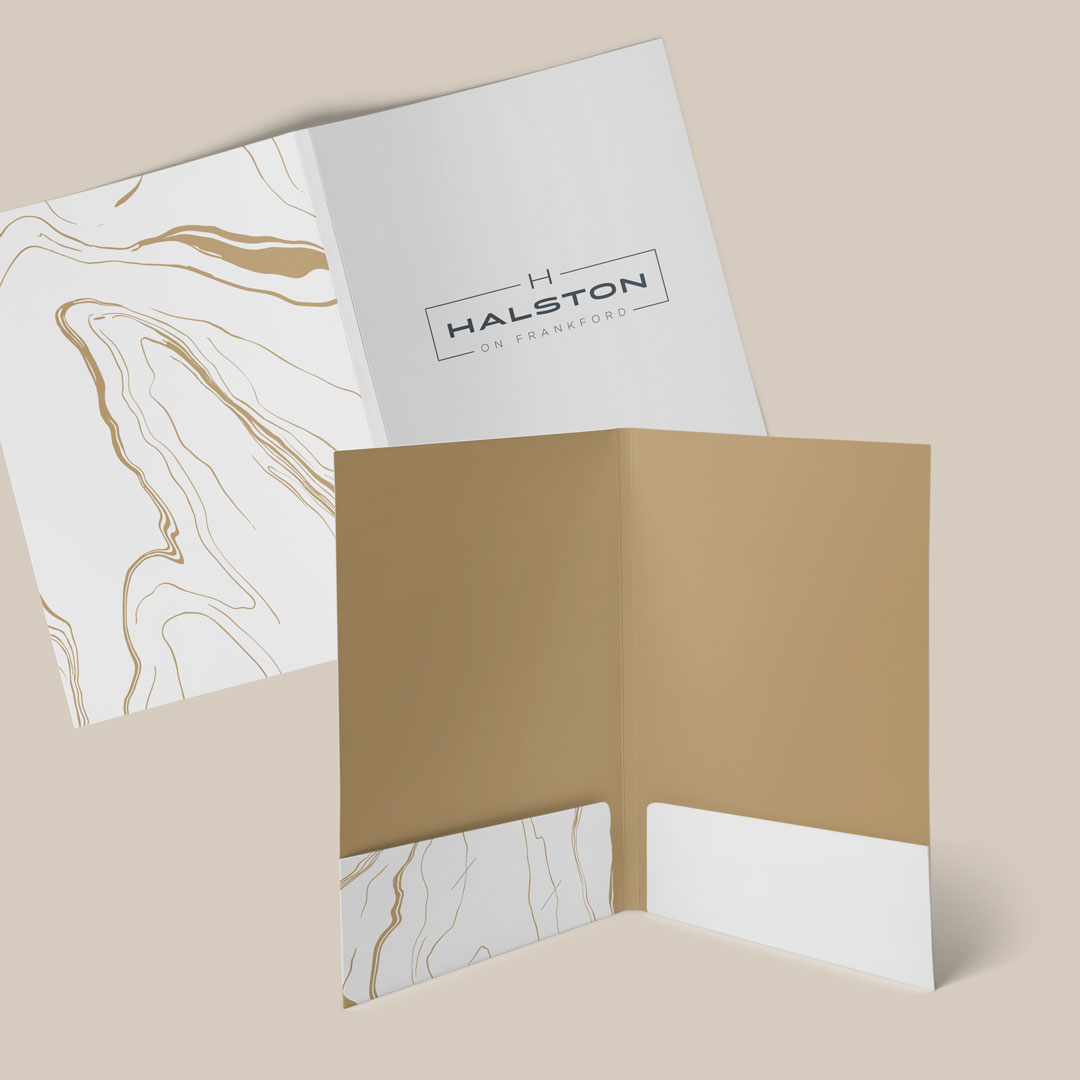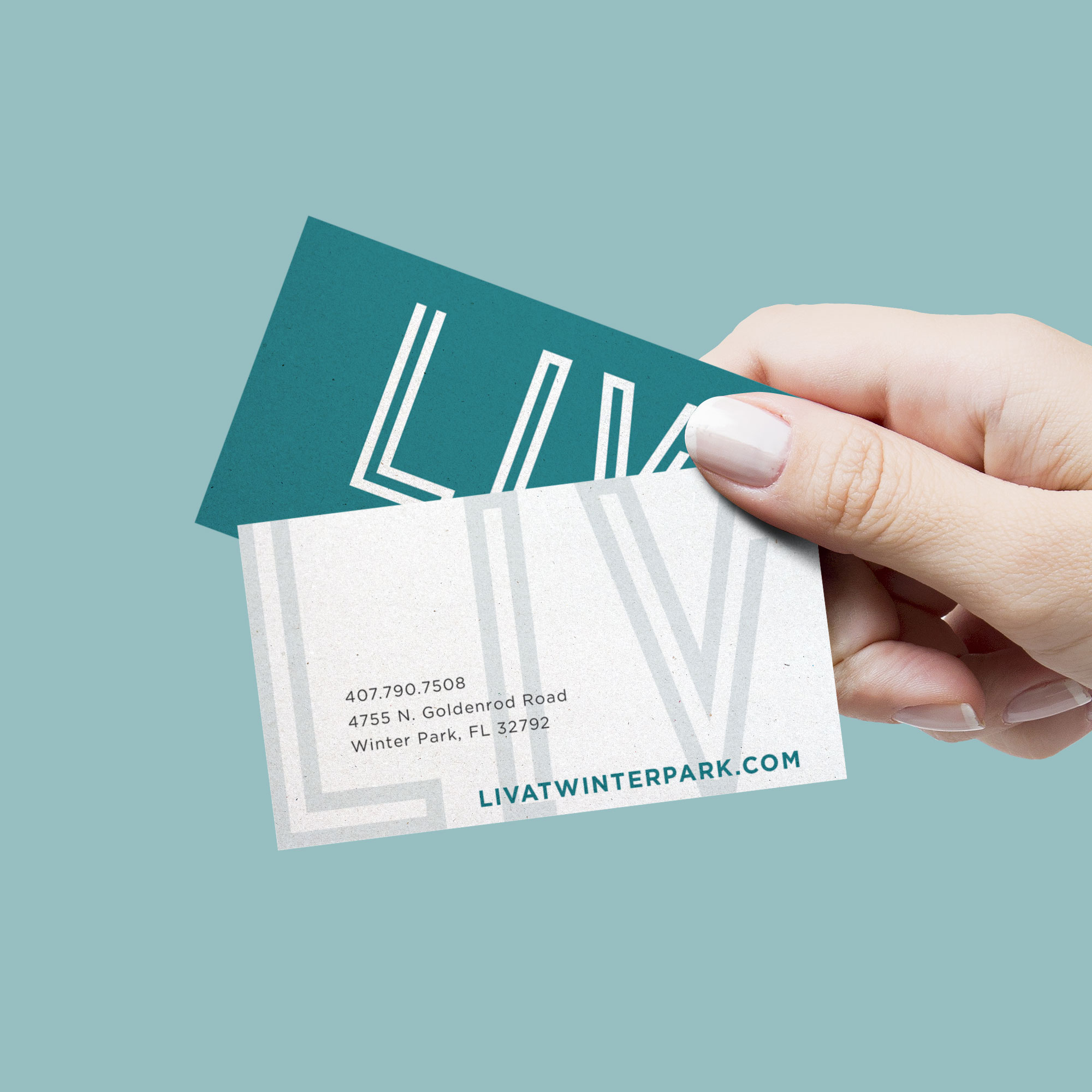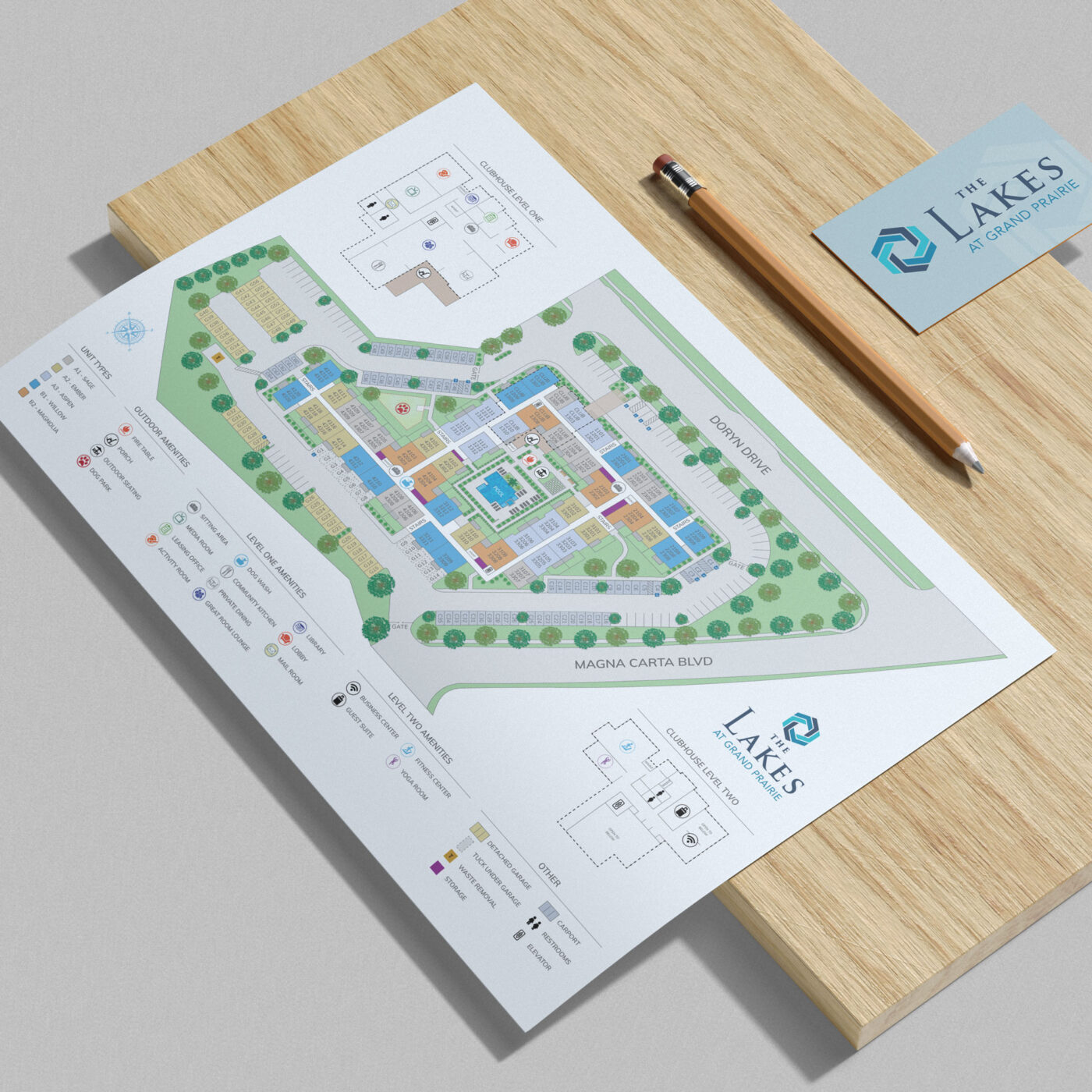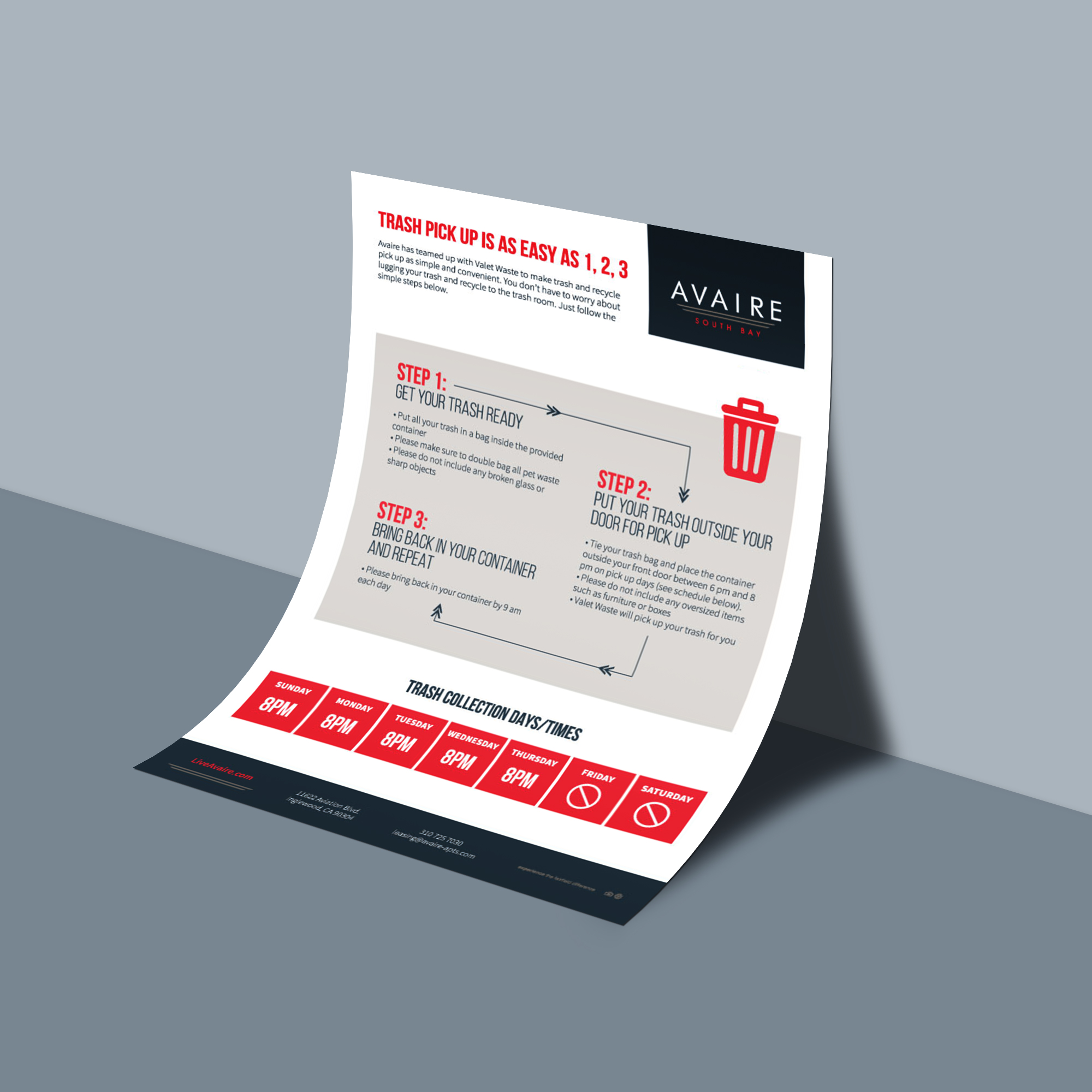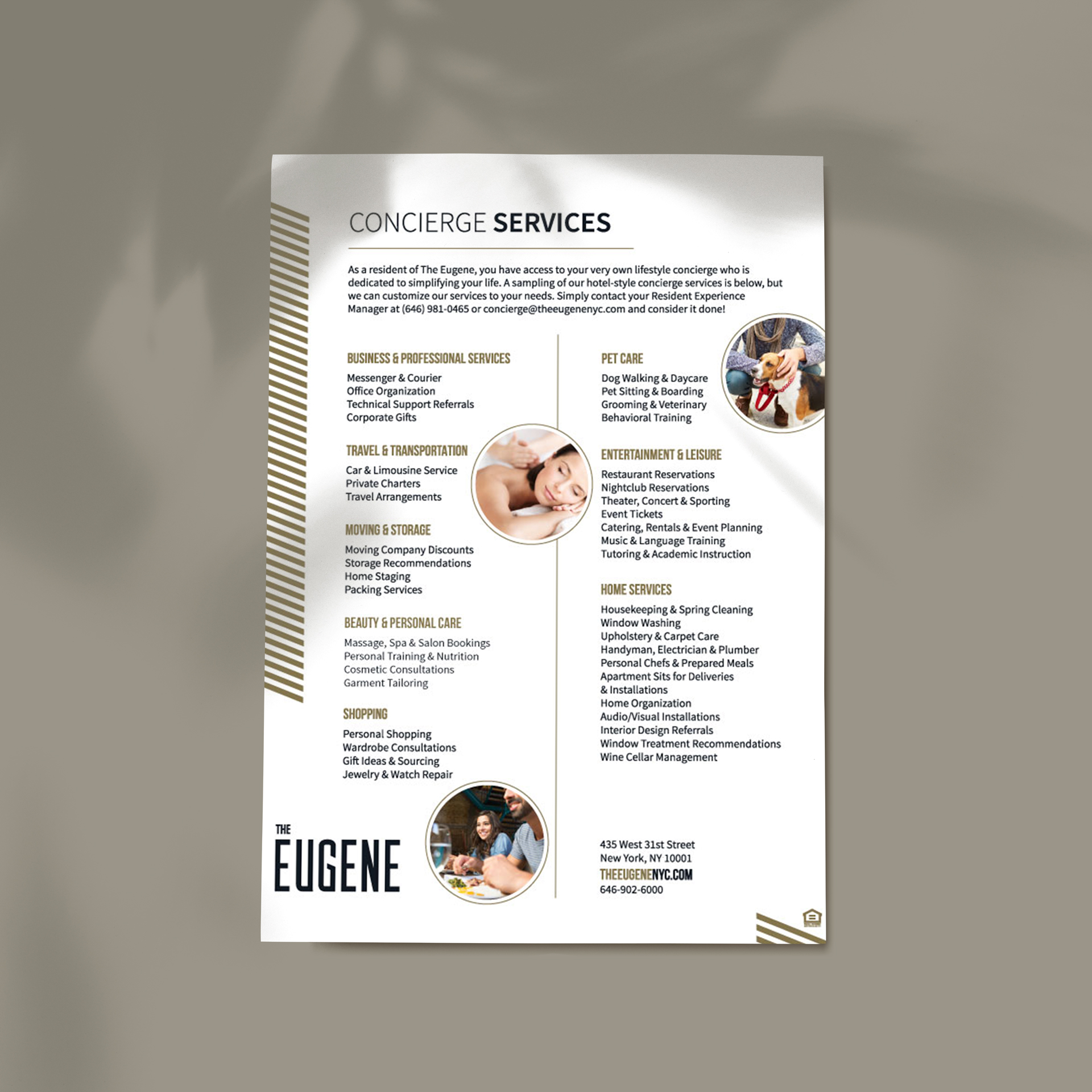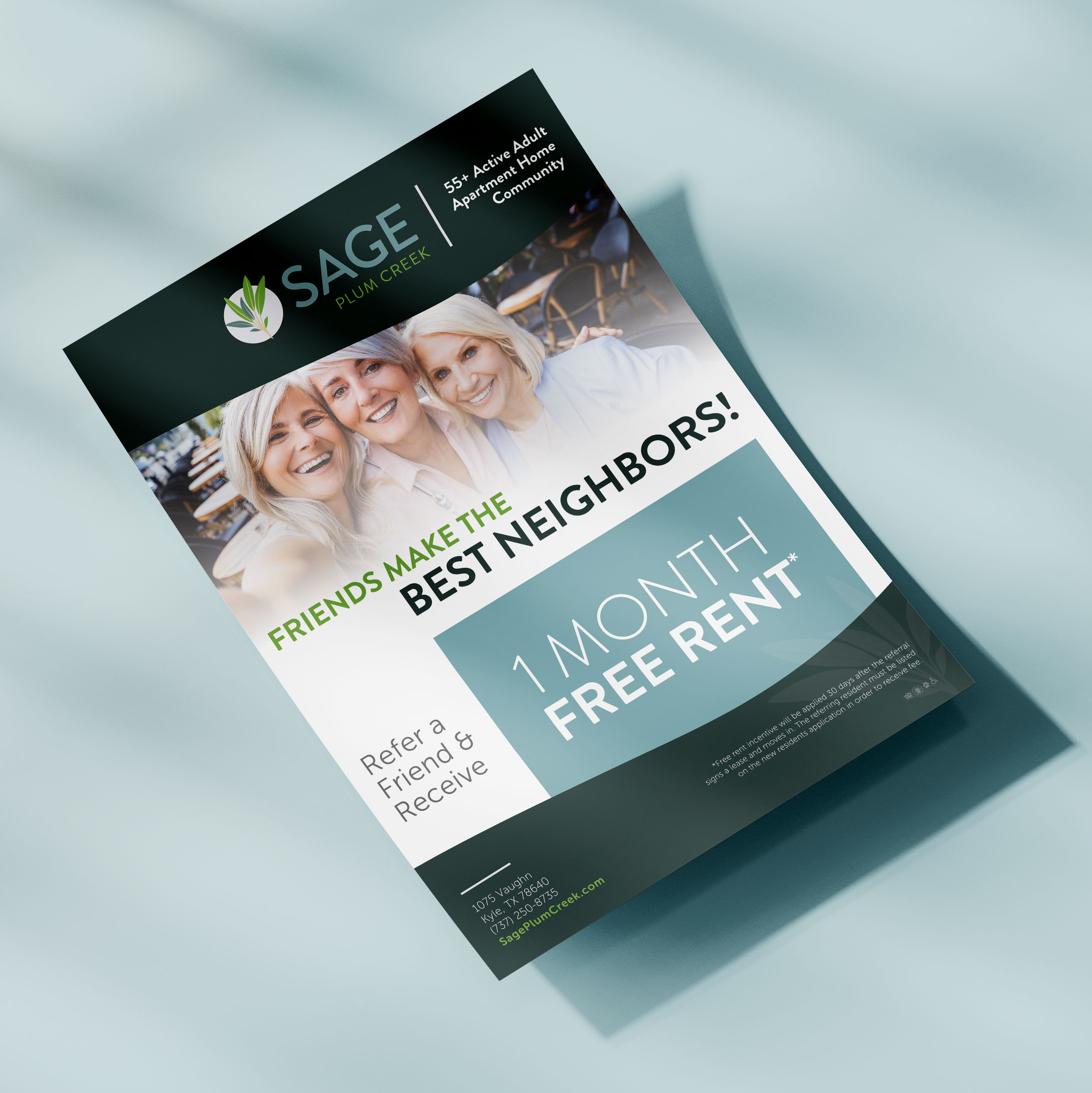How to Write an Amazing Email Subject Line to Grab Prospects
Get prospects to open your marketing emails by grabbing their attention in their inbox. Email marketing is an important part of any community’s strategy. But once you’ve identified your different audience segments, outlined the content for each email, and started to build them out in your email platform, there’s probably one thing that you’re missing: an eye-catching email subject line.
The email subject line is one of the most important parts of your apartment email marketing efforts. While it may seem like just a small detail, it holds a lot of power. The subject line determines whether or not anyone opens the email in the first place, so it’s vital to draw your audience in from the first second they see the notification that there’s an unread message in their inbox.
Learn how to write an effective email subject line that will help increase your open rates and capture your audience’s attention.
Easy Steps to Writing an Email Subject Line
Though email subject lines can be daunting, they’re simple, straightforward, and even fun to write once you learn the easy-to-follow process.
1. EMAIL PURPOSE
Before you start drafting subject lines, you need to first determine what the overall objective is of the email. That way, you can craft a compelling subject line that not only piques a prospect’s interest but also accurately reflects what’s in the body of an email.
Be sure to avoid generic subject lines that don’t hint at what’s inside. Doing so can turn recipients off or lower your open rate. If they don’t know what the email is about at a glance, they’re much less likely to open it and much more likely to unsubscribe.
2. CALL TO ACTION
Outlining your call to action up front is pivotal to increasing your conversion rates. For example, if you want prospective residents to schedule a tour, consider adding that language in the subject line. Alternatively, if you’re running a leasing promotion and you want them to sign a lease to secure the deal, add that to the email. These are two very different objectives, so it’s vital to differentiate the language you use in both the subject line and the body of the email, so they always know what you want them to do next.
3. A/B TEST OPTIONS
More often than not, the first subject line you write won’t be the winner. Draft multiple options and review them objectively to choose the best option. It’s also best to A/B test at least two different subject lines to see which performs better with your target audience.
4. REVIEW RESULTS
A day or two after the email has been sent, take a look at the metrics. Evaluate the open rate, click-through rates, and other data to determine whether or not the email was a success. If you A/B tested subject lines, you’ll also quickly see which performed better, which can give you insights into what type of language resonates with your audience.
Ways to Improve Your Subject Line & Increase Your Open Rate
Adding certain language to your email subject lines can tempt your audience into action. There are three things in particular that are proven to increase conversations and get your message noticed in any inbox.
URGENCY
Creating a sense of urgency is vital in getting people to open your email. As of 2019, over 293 billion emails were sent each day. Standing out is half the battle to get them to click. Consider leveraging these words and phrases to make your message seem time-sensitive:
- Don’t wait
- Last chance
- Hurry
- Ending soon
- Can’t miss
- Almost gone
- Limited time
- One day only
Using this type of language can help to increase the likelihood that your email will be read.
INCENTIVES
Promoting ongoing promotions, offers, and leasing incentives is not only good for business but good for open rates, too. Including discounts like rent concessions or referral bonuses showcase the benefit for the email recipient. If they immediately know what’s in it for them, there’s a higher chance they’re likely to want to learn more. Consider adding phrases like:
- 50% off
- One month free
- Referral bonus
- No fee
Saving and making money are major motivators for everyone—and especially for apartment hunters!—so it’s an easy and practical way to entice prospects to take the next step.
PERSONALIZATION
Adding your prospect’s name to your subject line is an easy way to up your open rates. 26% of readers are more likely to open emails when they see personalization, so it’s a fast and easy way to boost your performance. But you can also think beyond just using their name. If you know their age, their location, or even their apartment preference (like a one or two-bedroom or a ground-floor or top-floor unit), you can incorporate some of this data into your subject lines for a tailored message. Just be sure you have a clean data set so that your subject line is clear.
Email Subject Line Best Practices
Keep these best practices in mind when writing your email subject line to see the best performance possible.
The Shorter the Better
When it comes to email subject lines, short and sweet is the name of the game. 46% of emails are read on mobile, so use fewer than 50 characters so it all displays on a mobile screen. Research shows that 41-character-long subject lines are the highest-performing, so try to keep it around there to maximize your results.
Segment Your Audiences
Sending relevant content to your audience is a must to have top-performing open rates. Instead of blasting out the same message to every group, consider segmenting your audience so you can tailor your subject line even further. For example, if you have a group of prospects that you know are empty-nesters, speak to their specific wants and needs. Alternately, if you know they’re single young professionals, use different languages to appeal to this different demographic. Even if your overall email has the same message and call to action, adjusting the subject line can go a long way in driving interest.
Don’t Forget Preview Text
The subject line doesn’t live in a vacuum. Don’t forget to also write preview text to partner with the subject line and provide a little bit more information. Like subject lines, preview text gets cut off on mobile, so just be sure to keep it clear and concise.
If you need help with your email copywriting or overarching multifamily marketing strategy, we’re here to help. At zipcode creative, we’re seasoned experts in developing 360-degree strategies that help communities lease up faster, keep residents happier, and make a positive impact on your bottom line. Get in touch today to learn more!
555 Ross Image is ©Fairfield Residential | Work executed by Stacey Feeney, owner of zipcode creative, while under creative direction and employment at Fairfield Residential.
